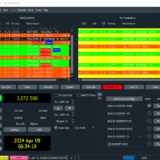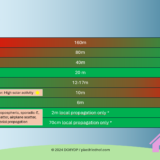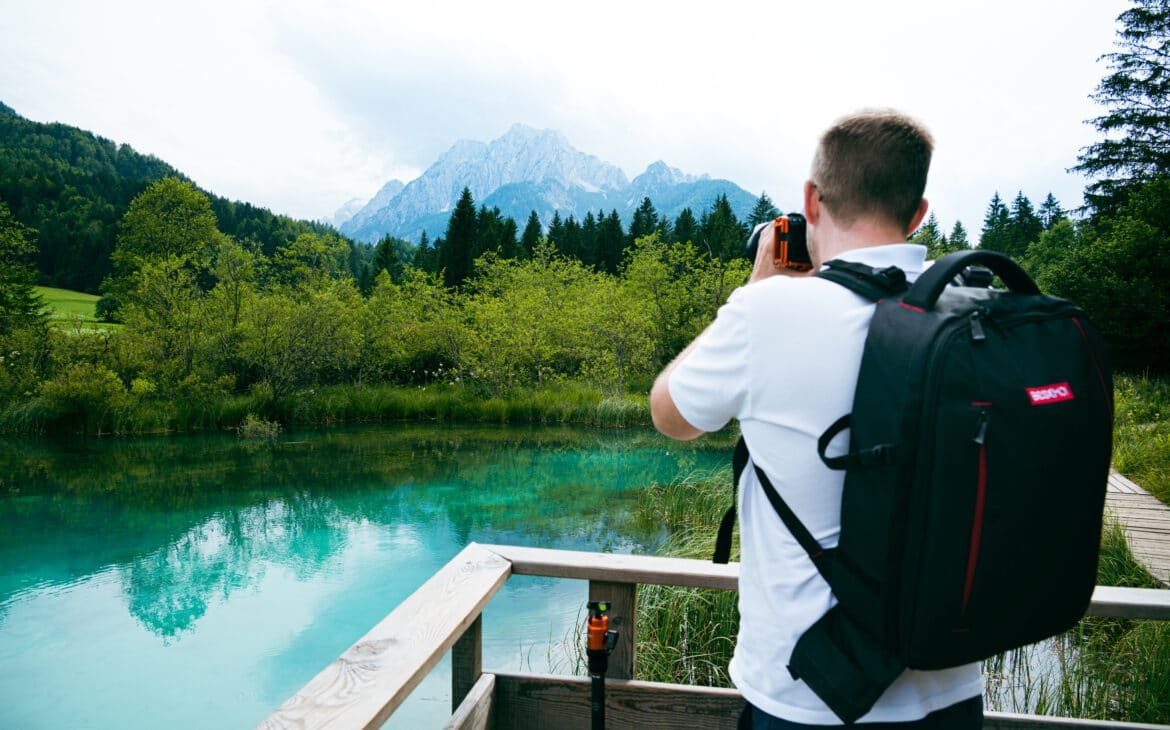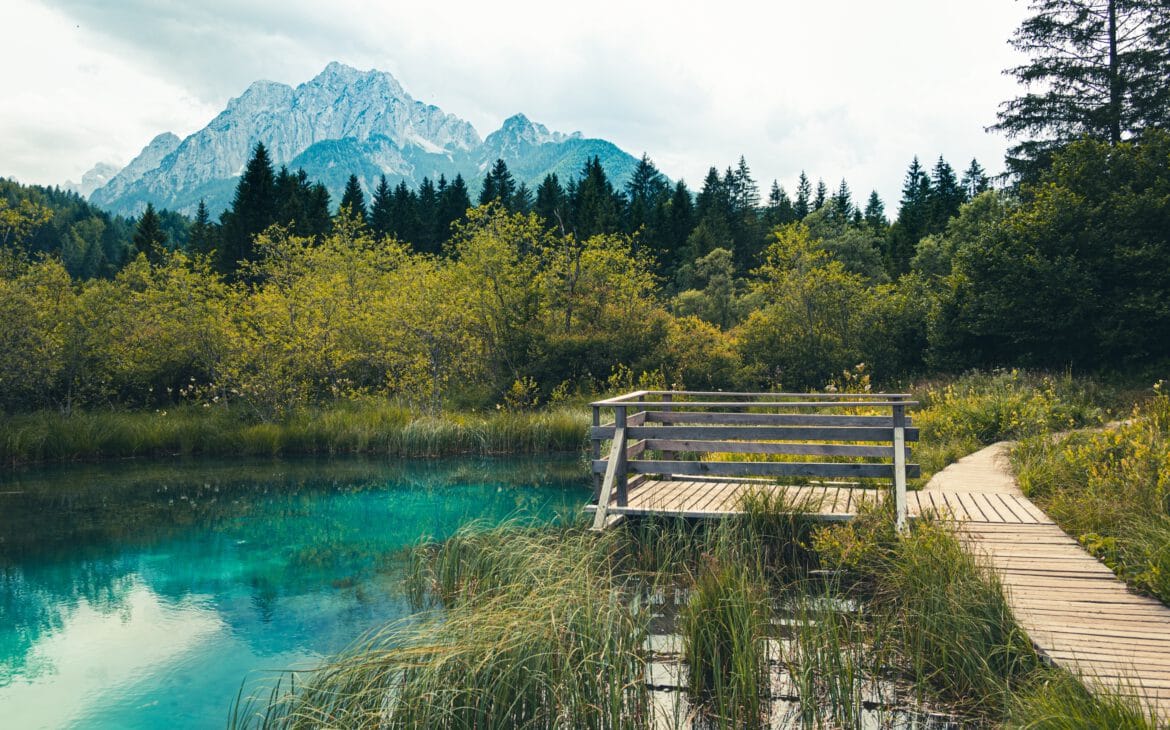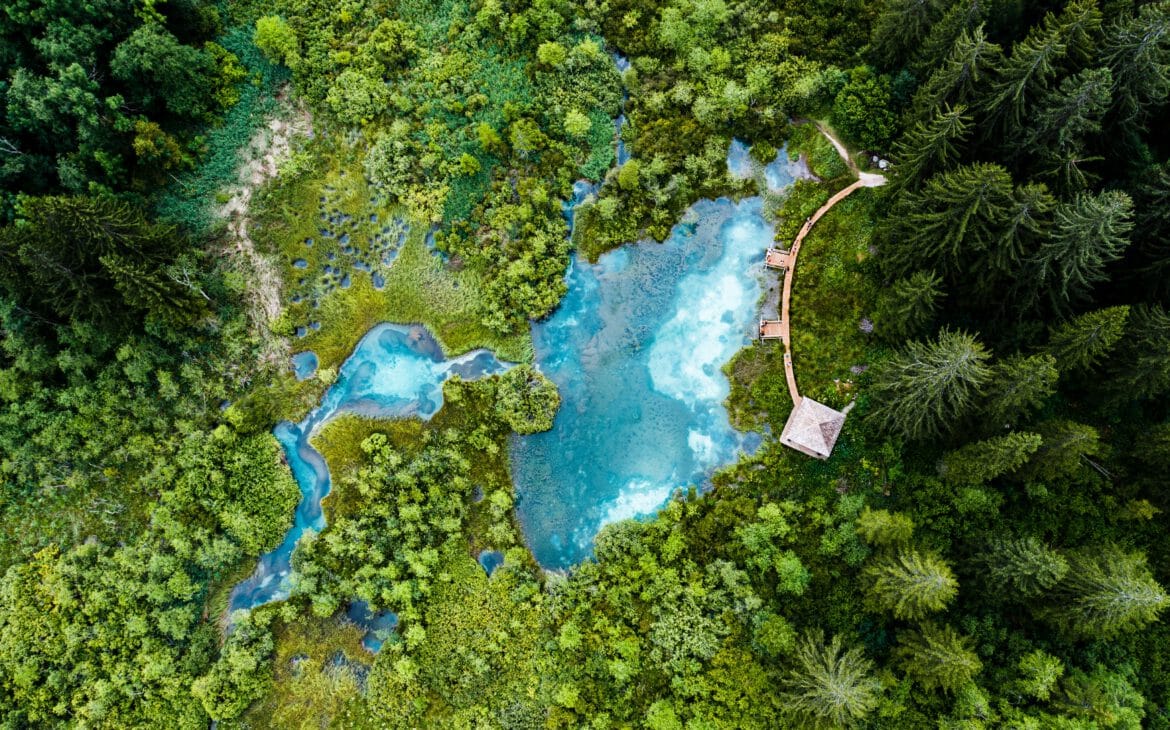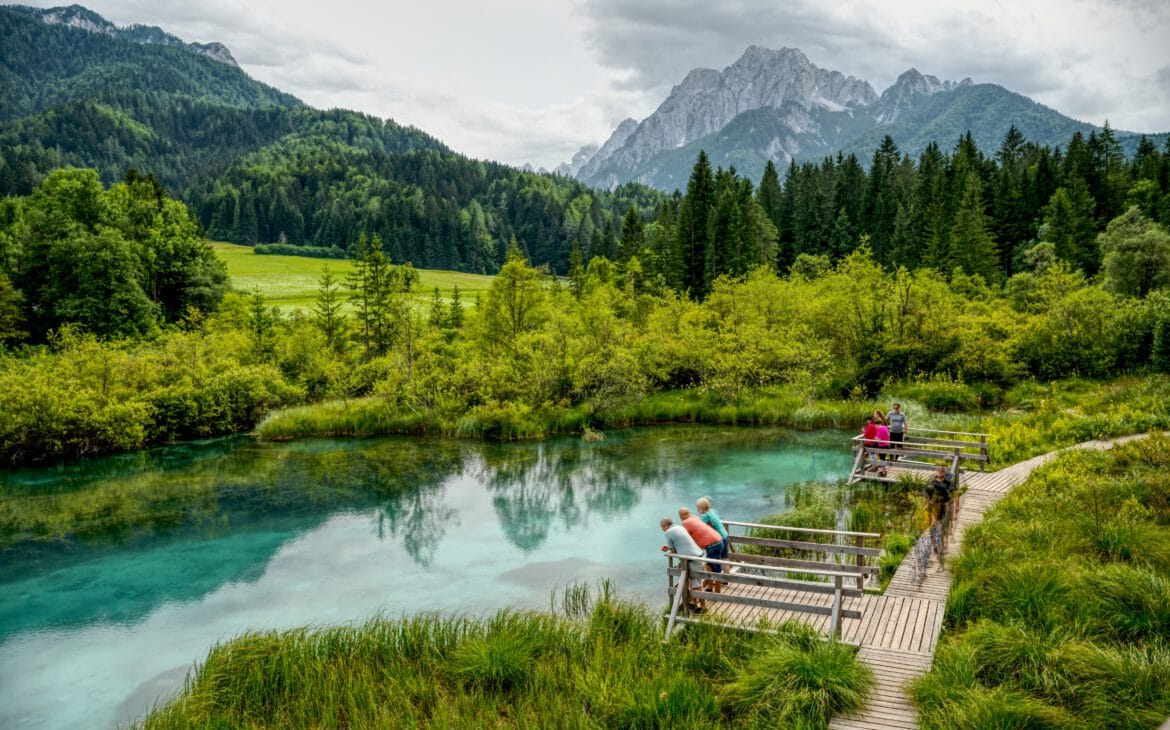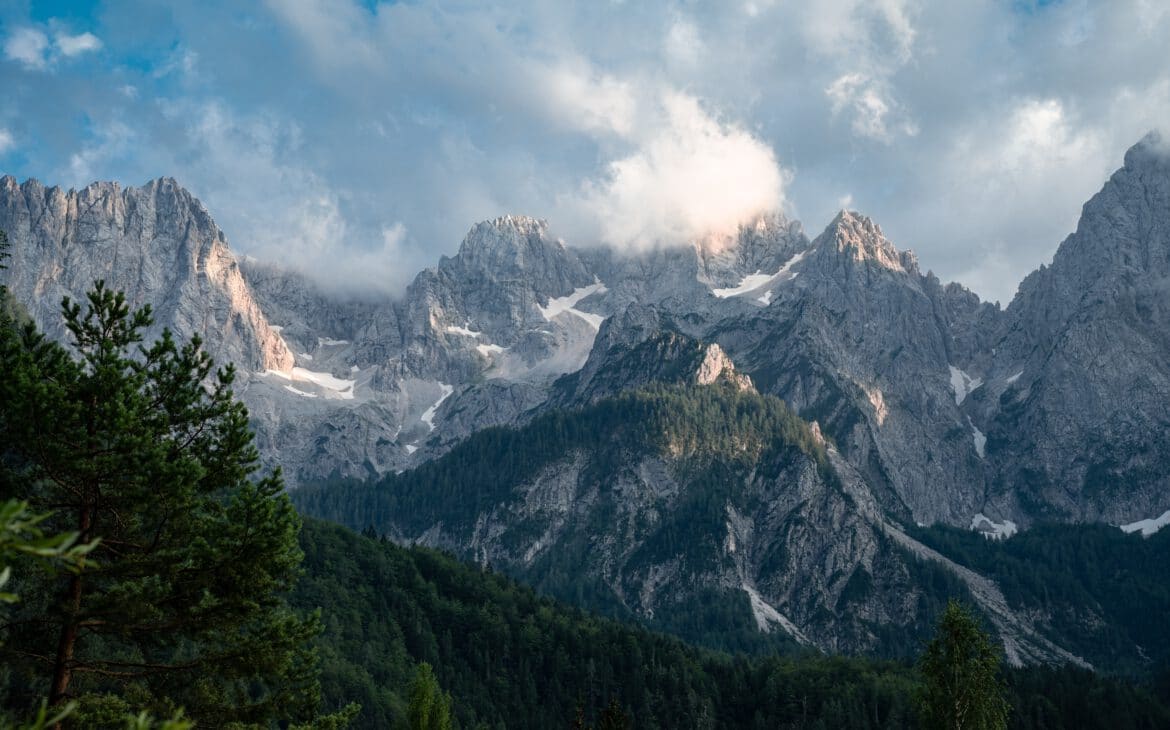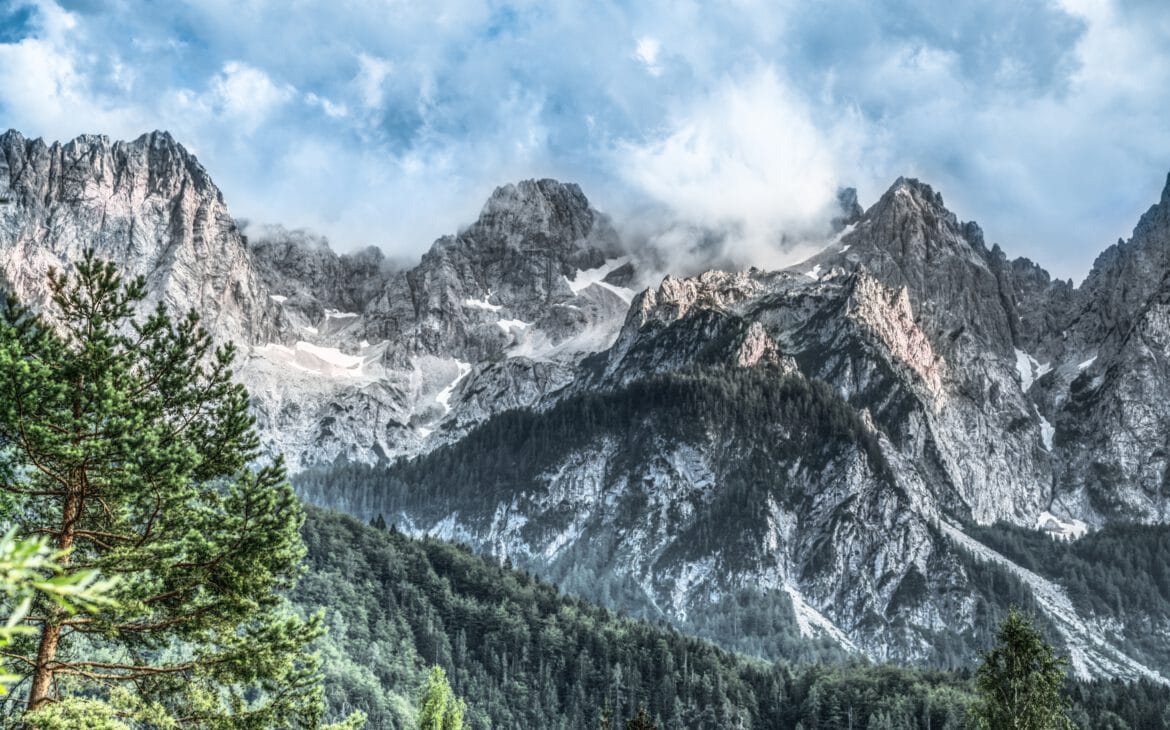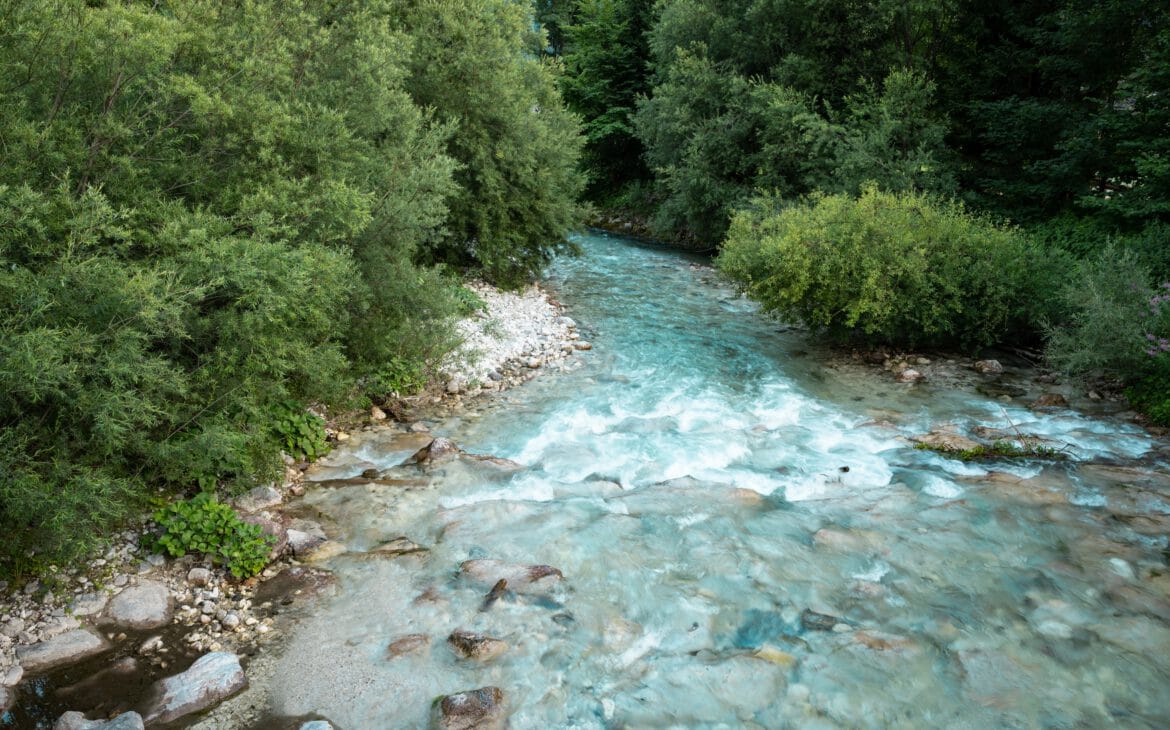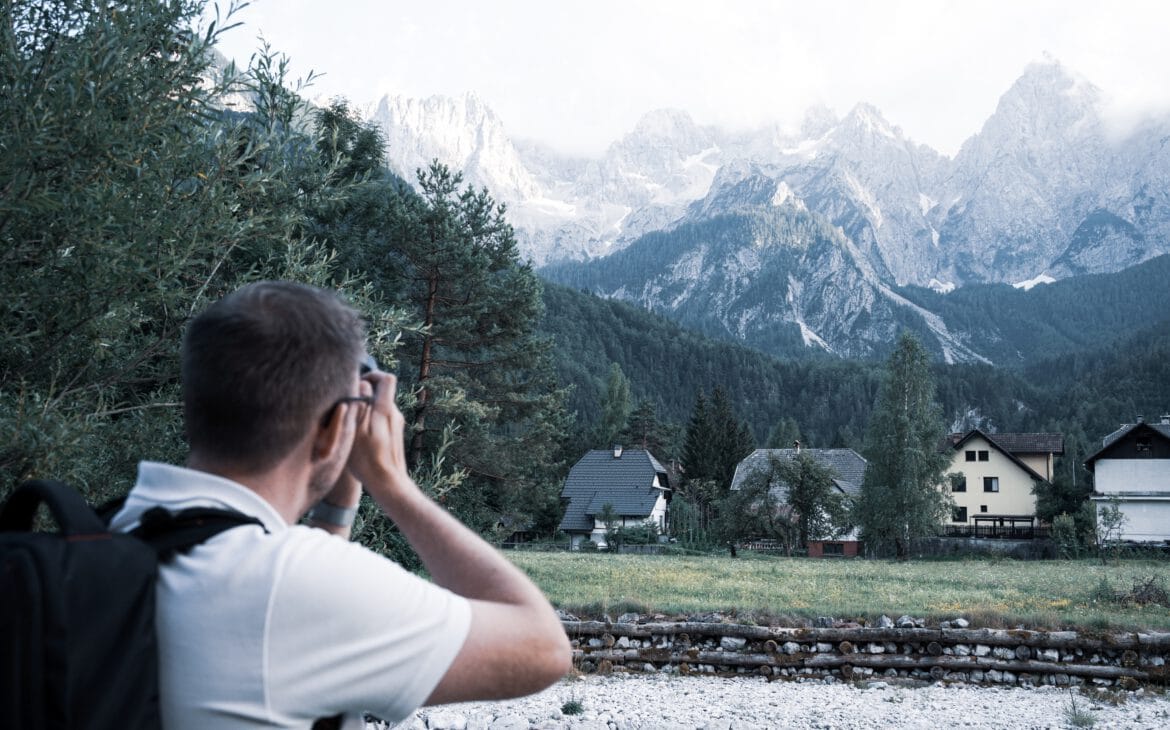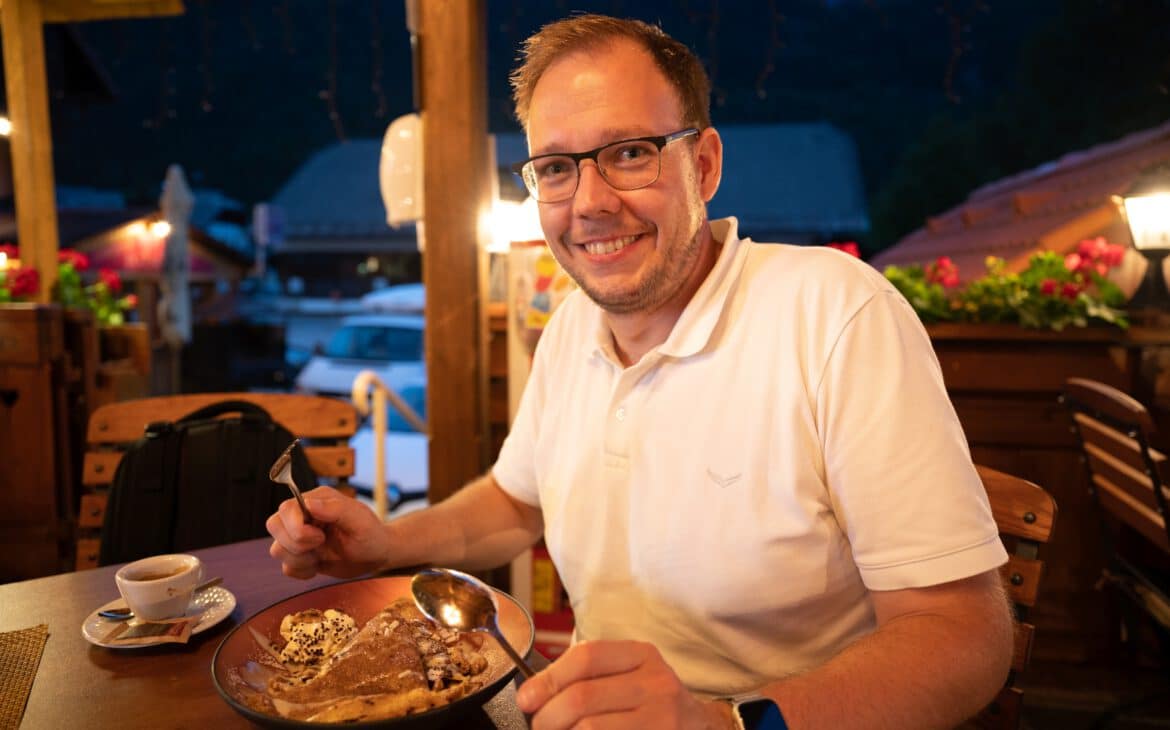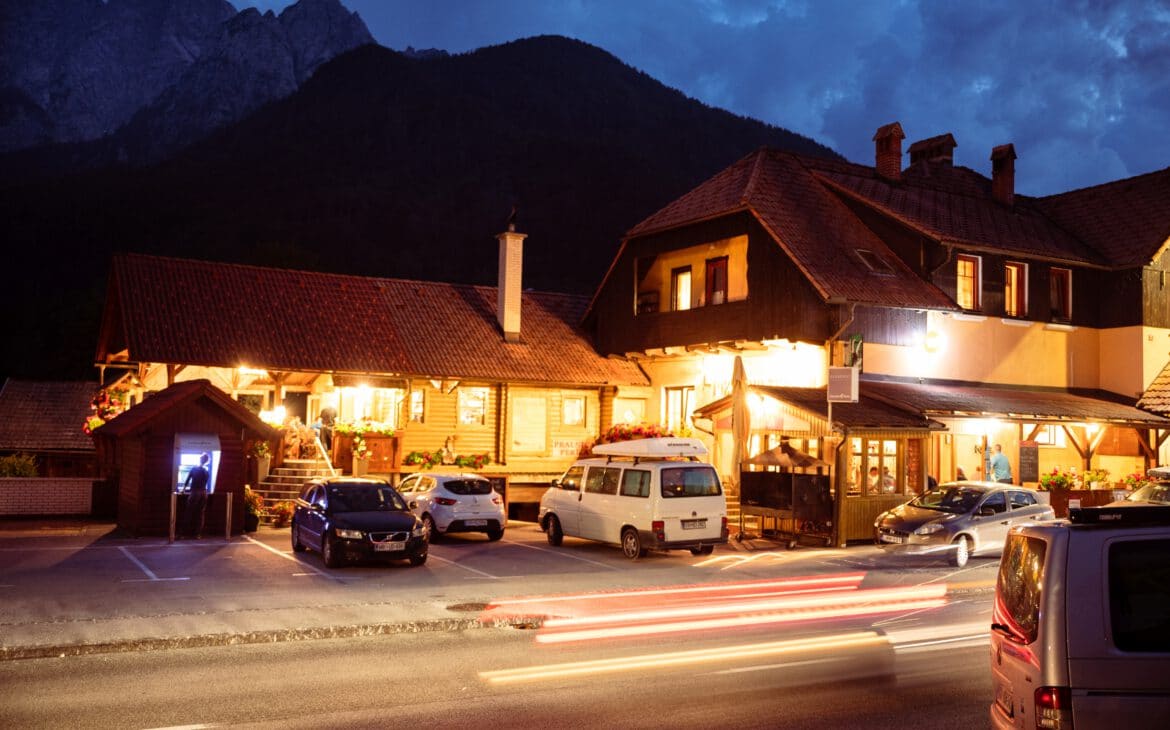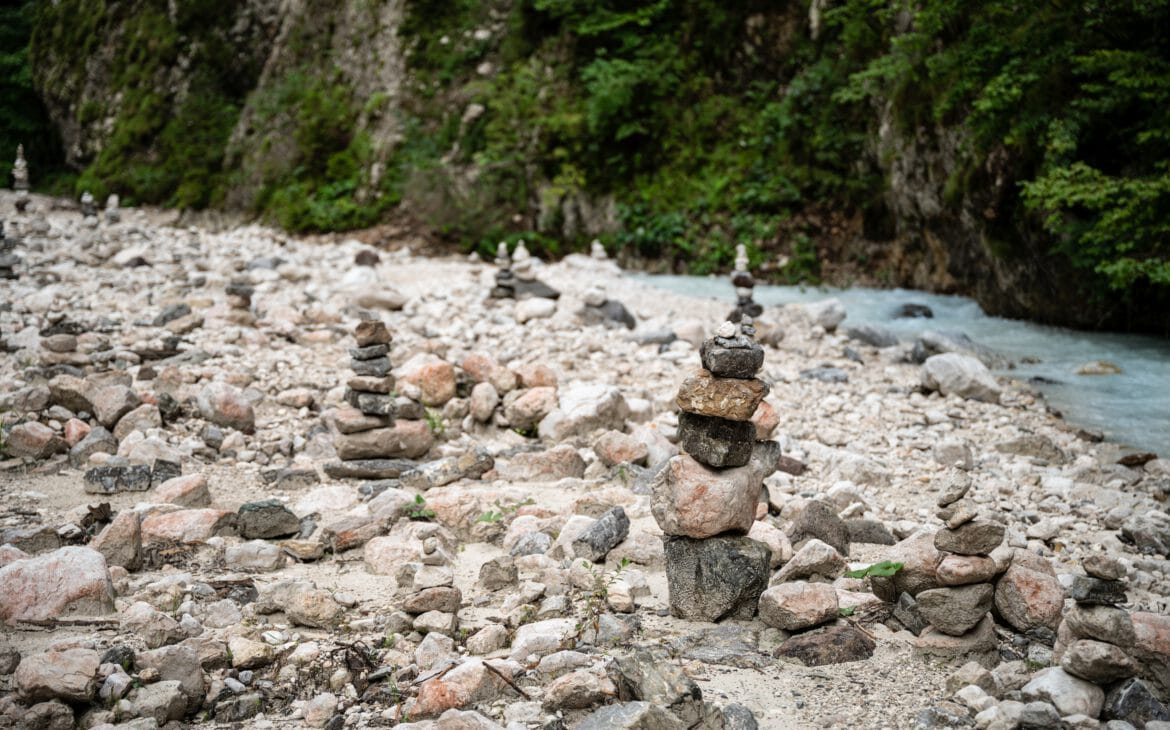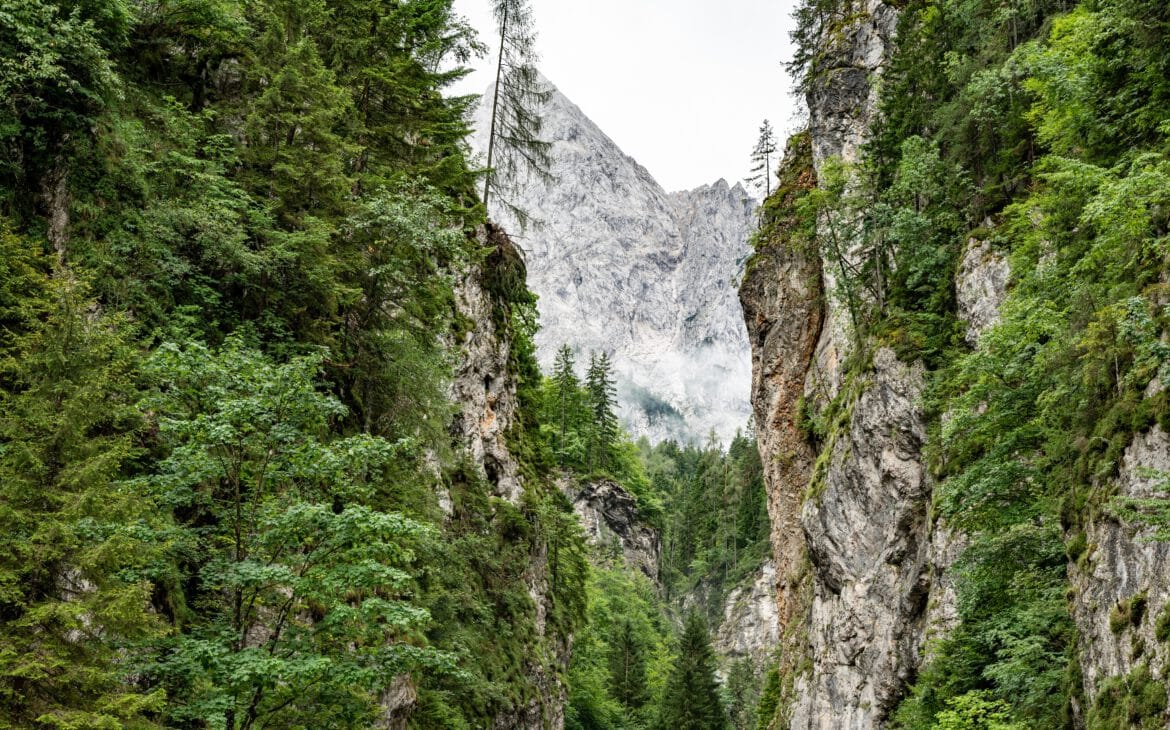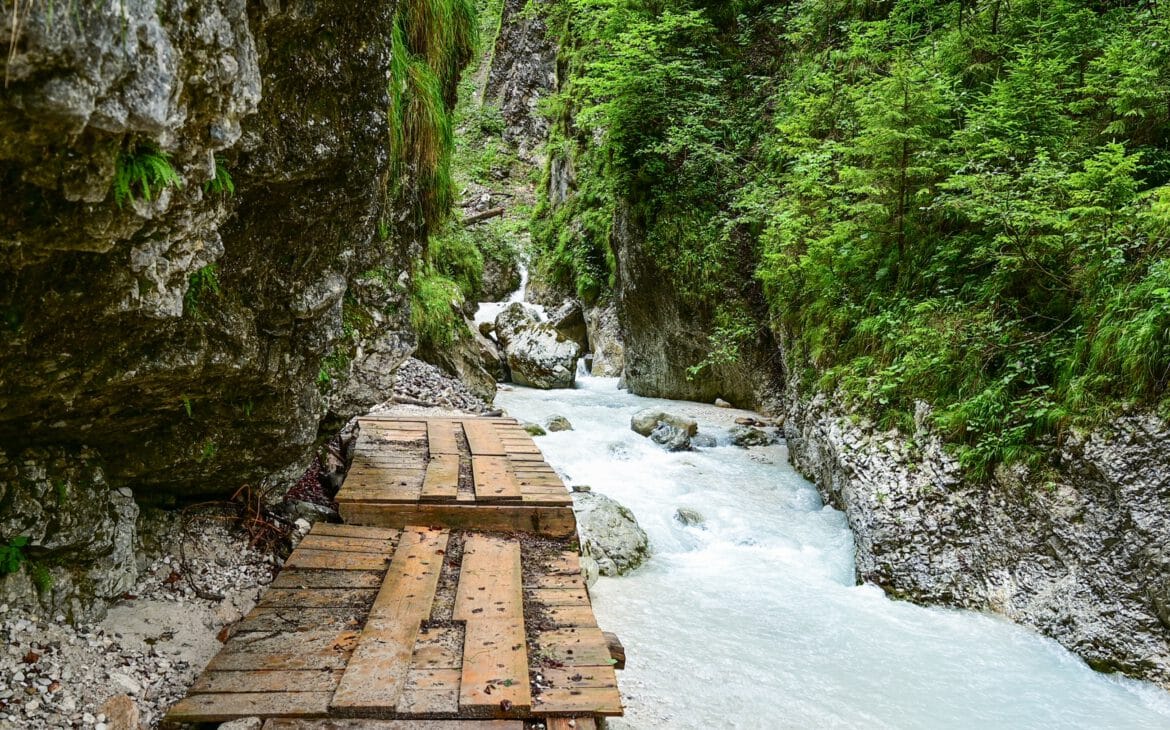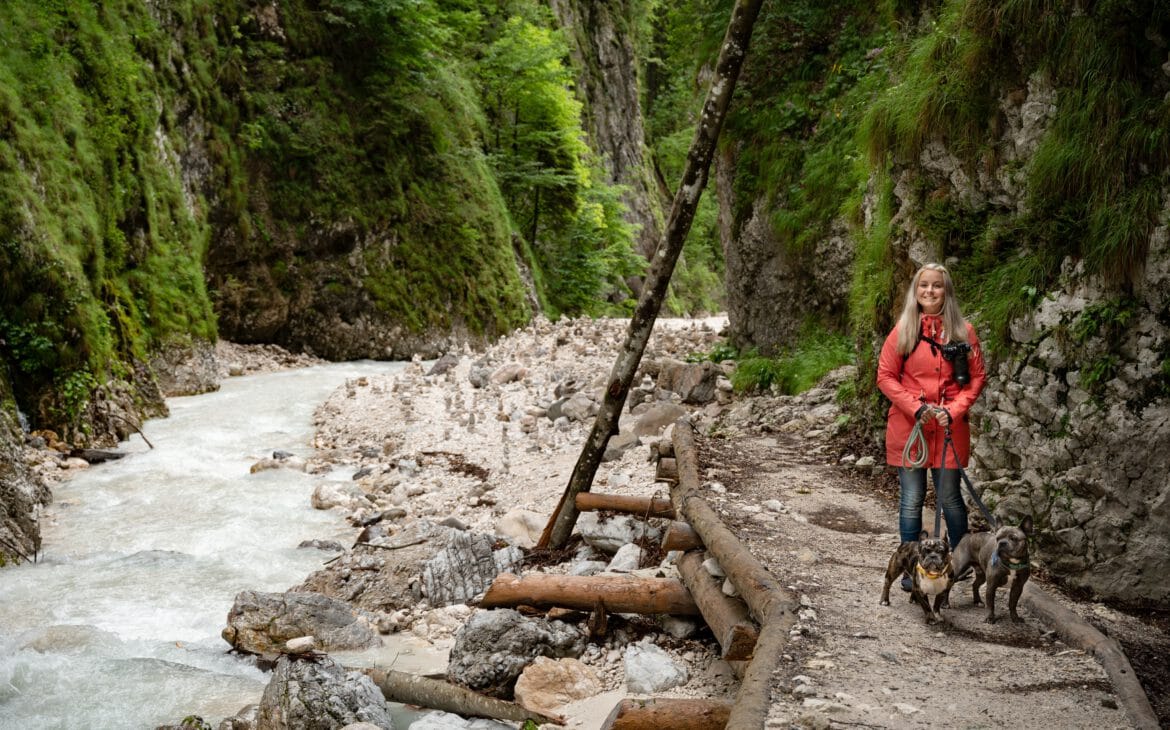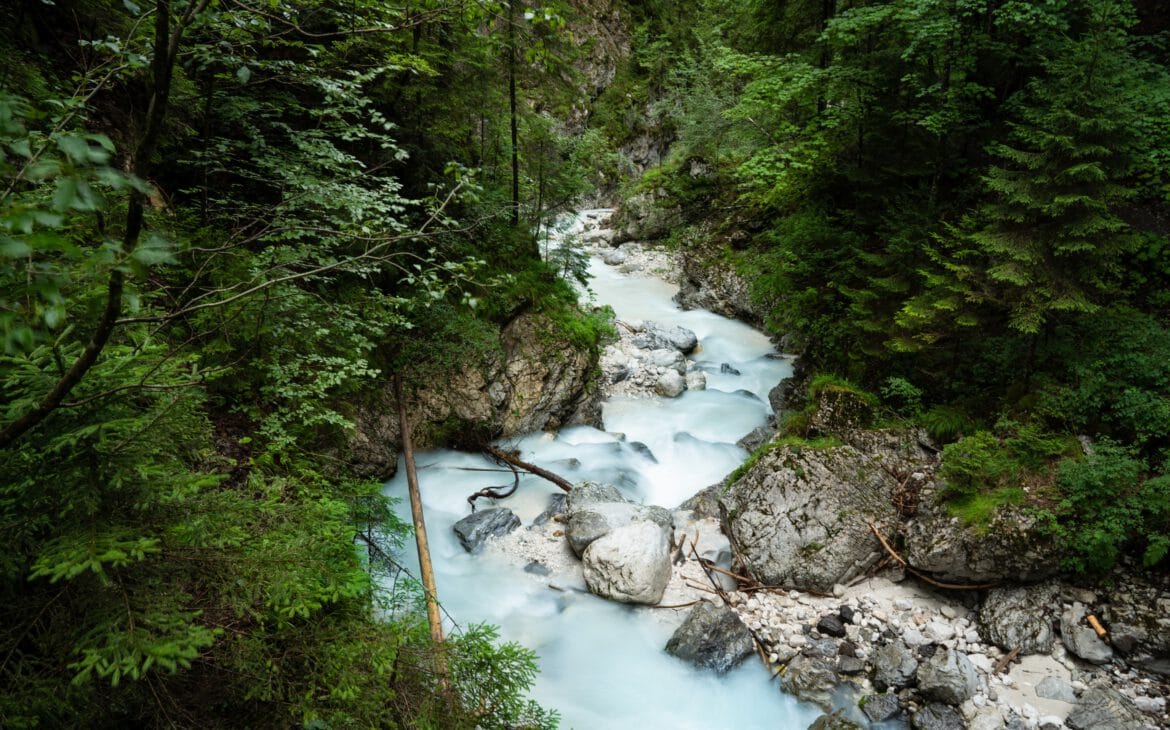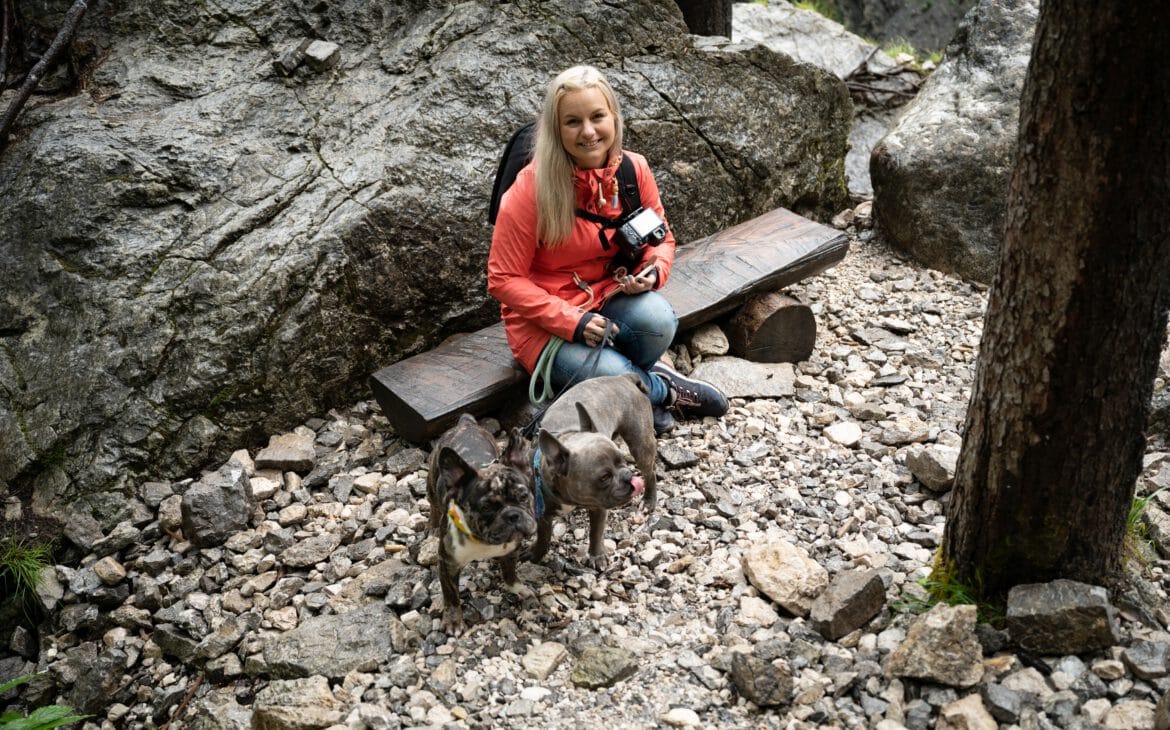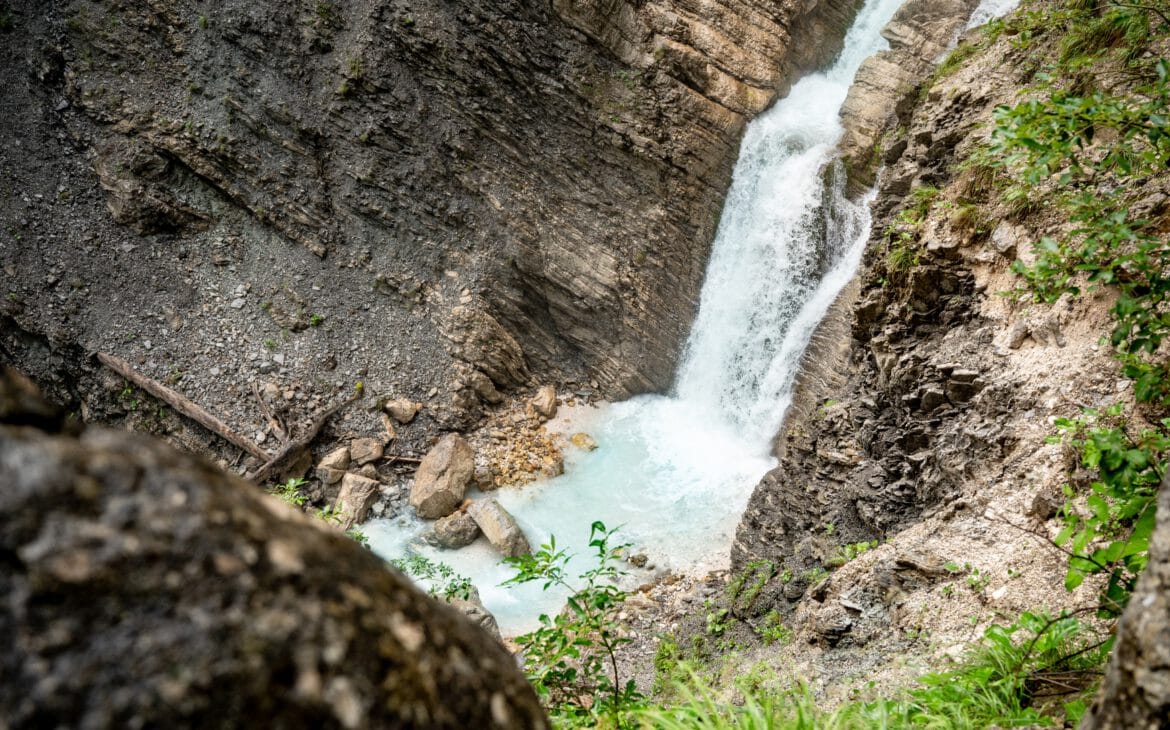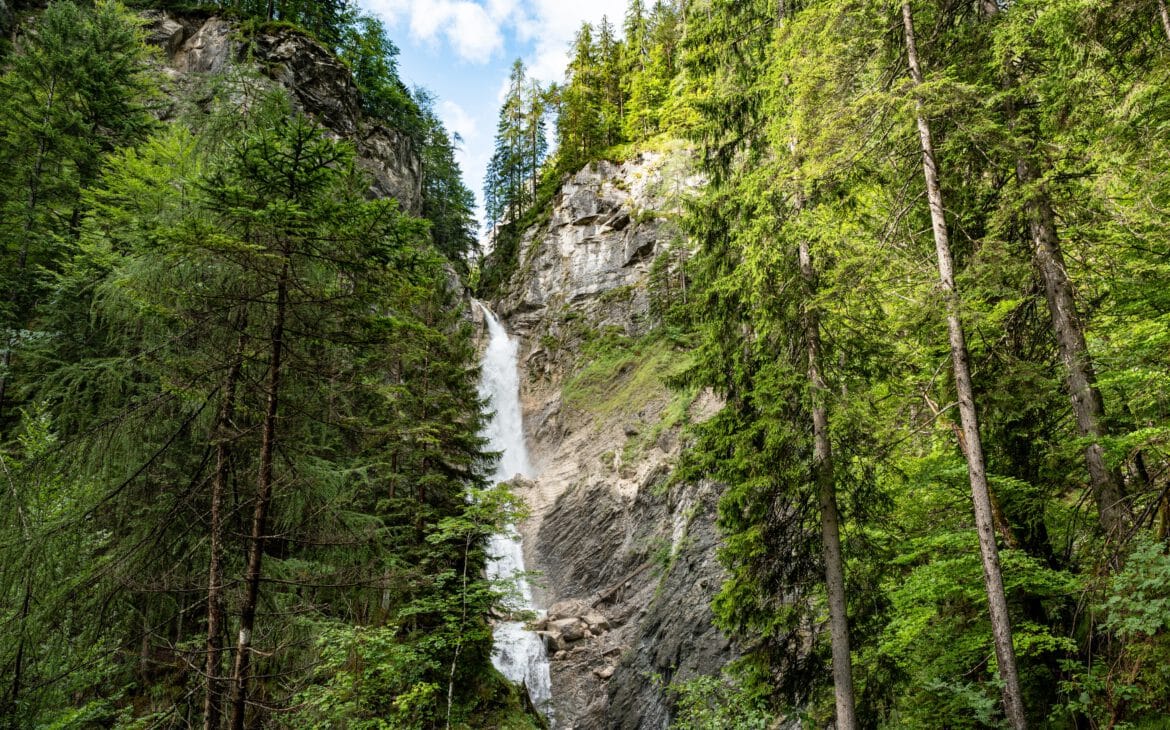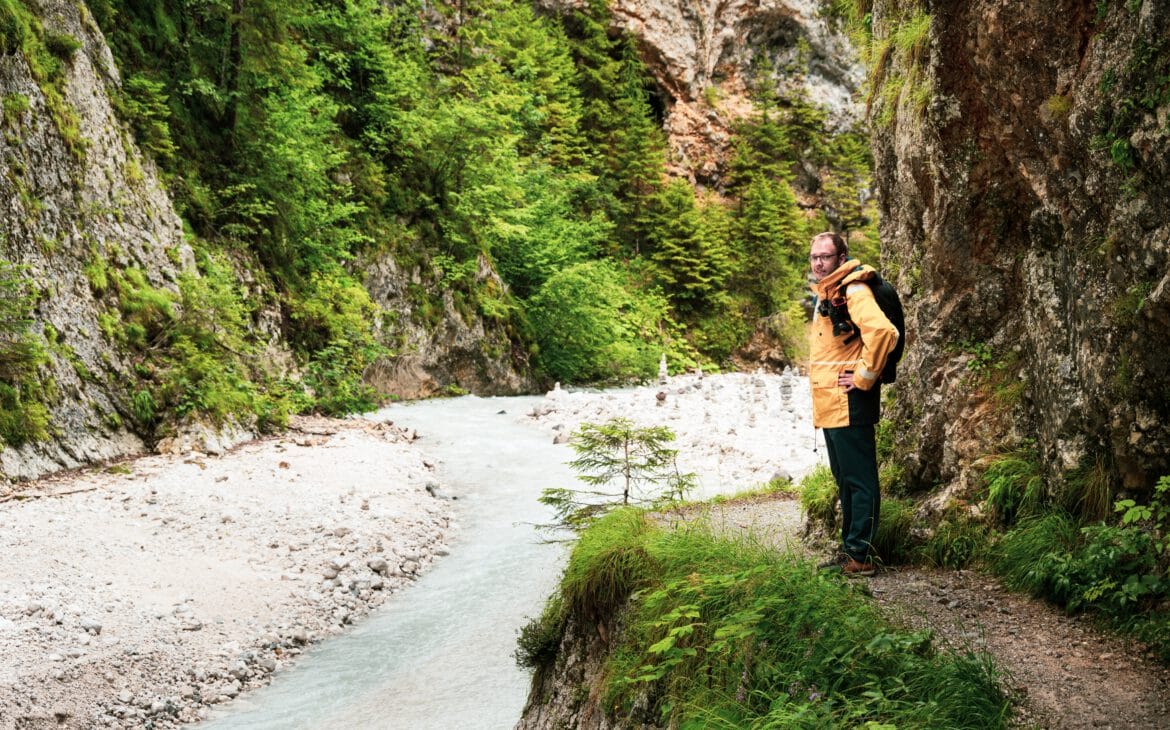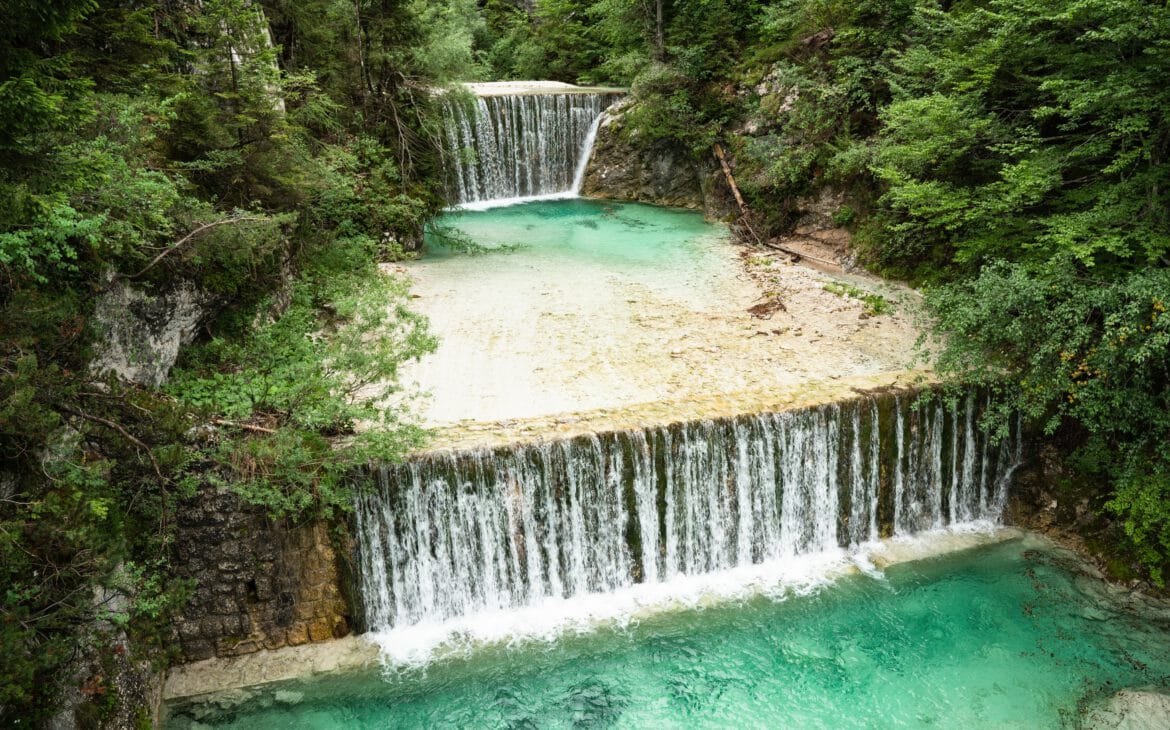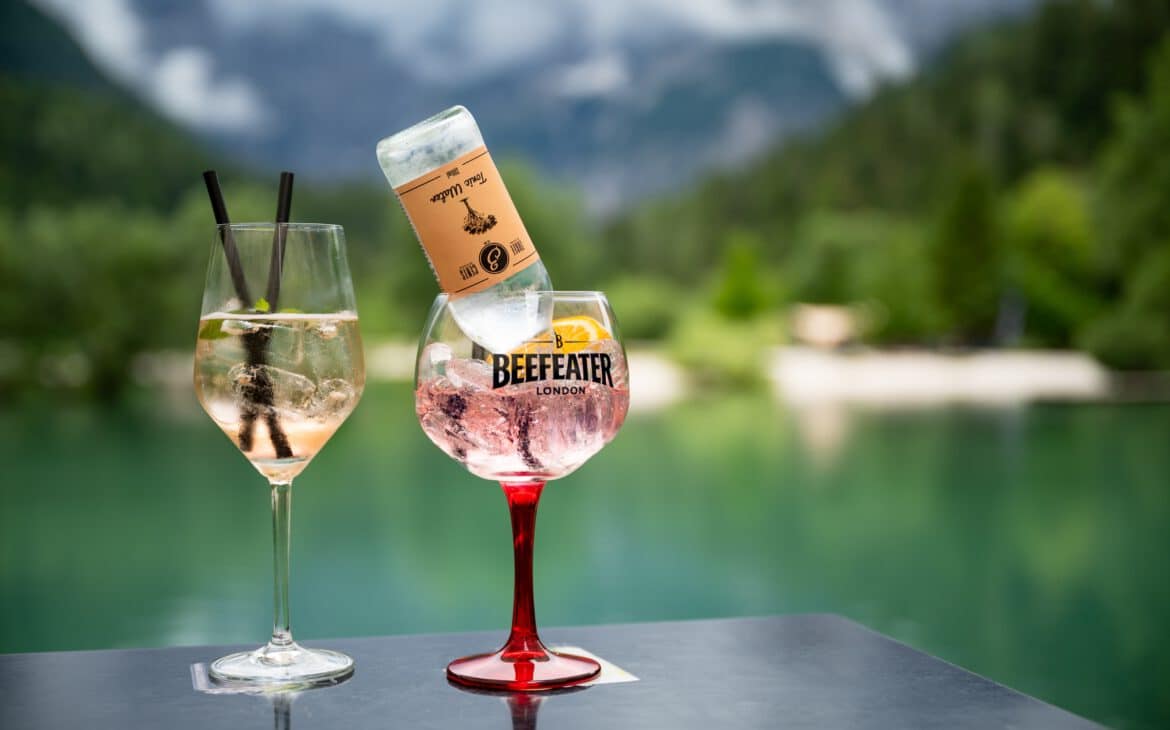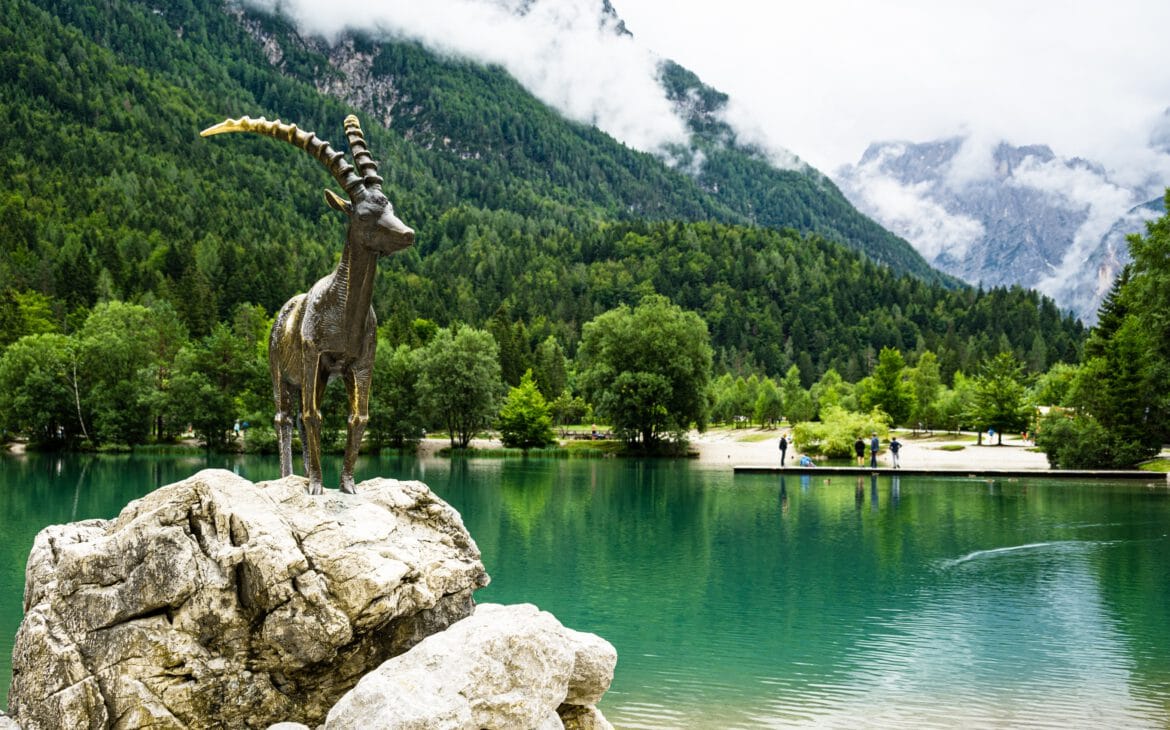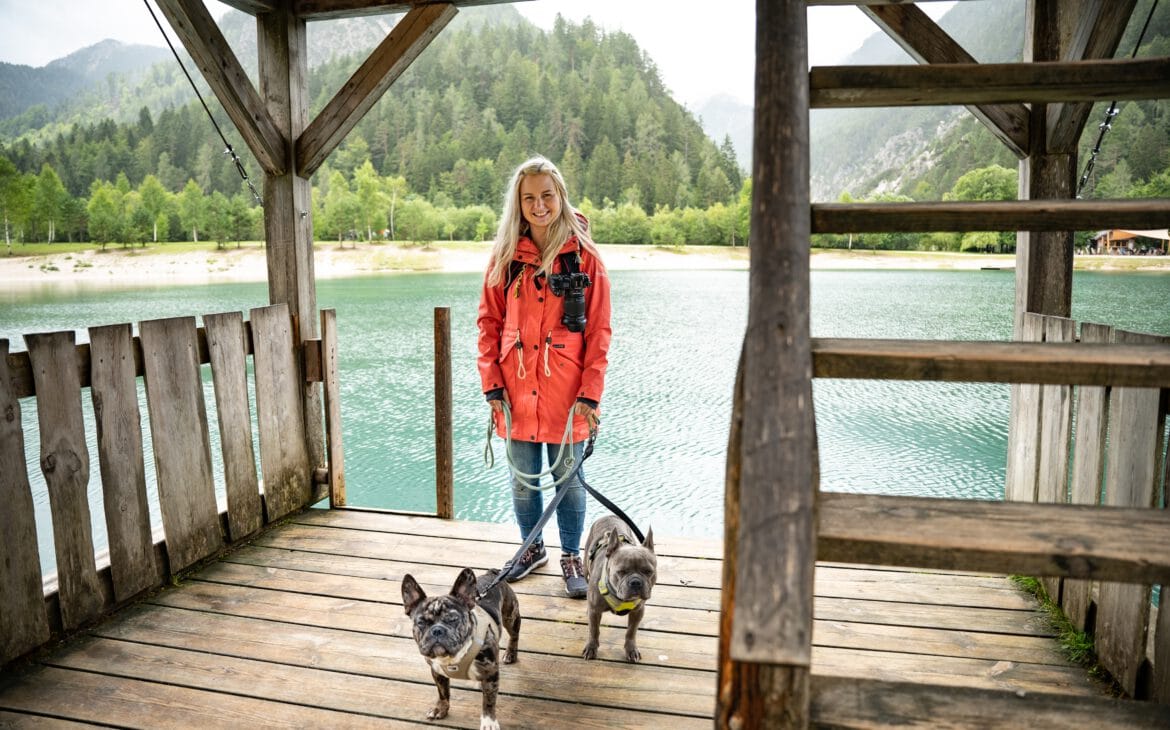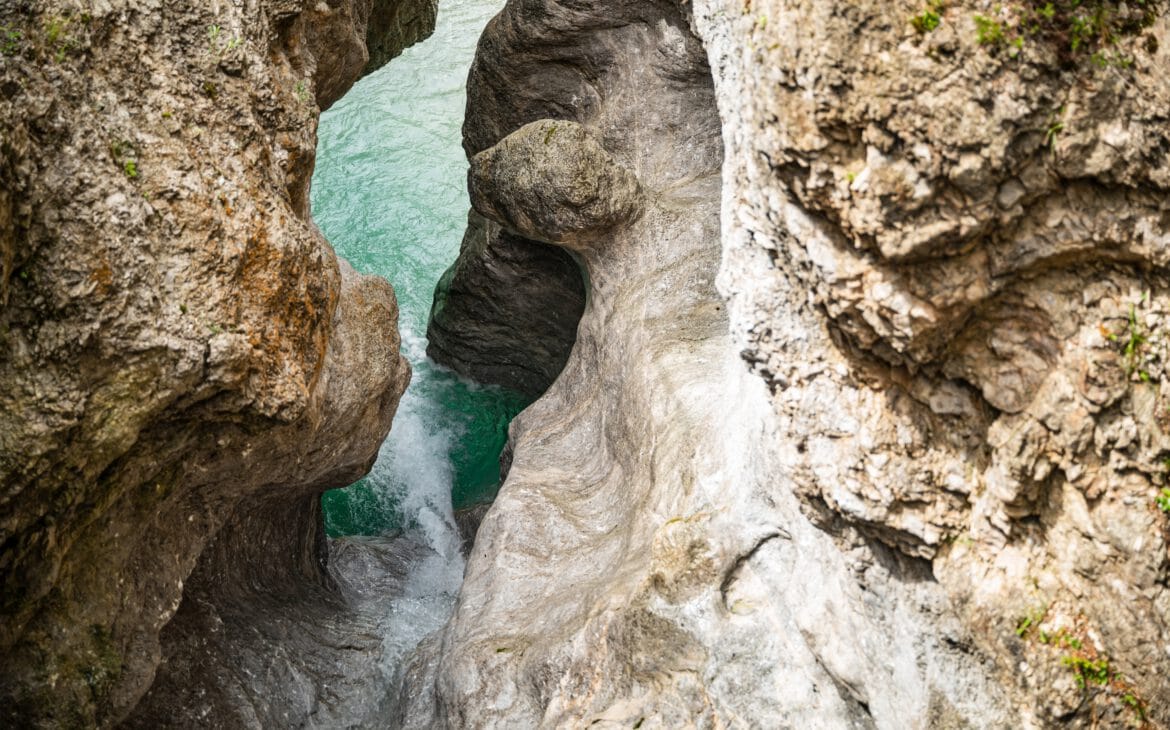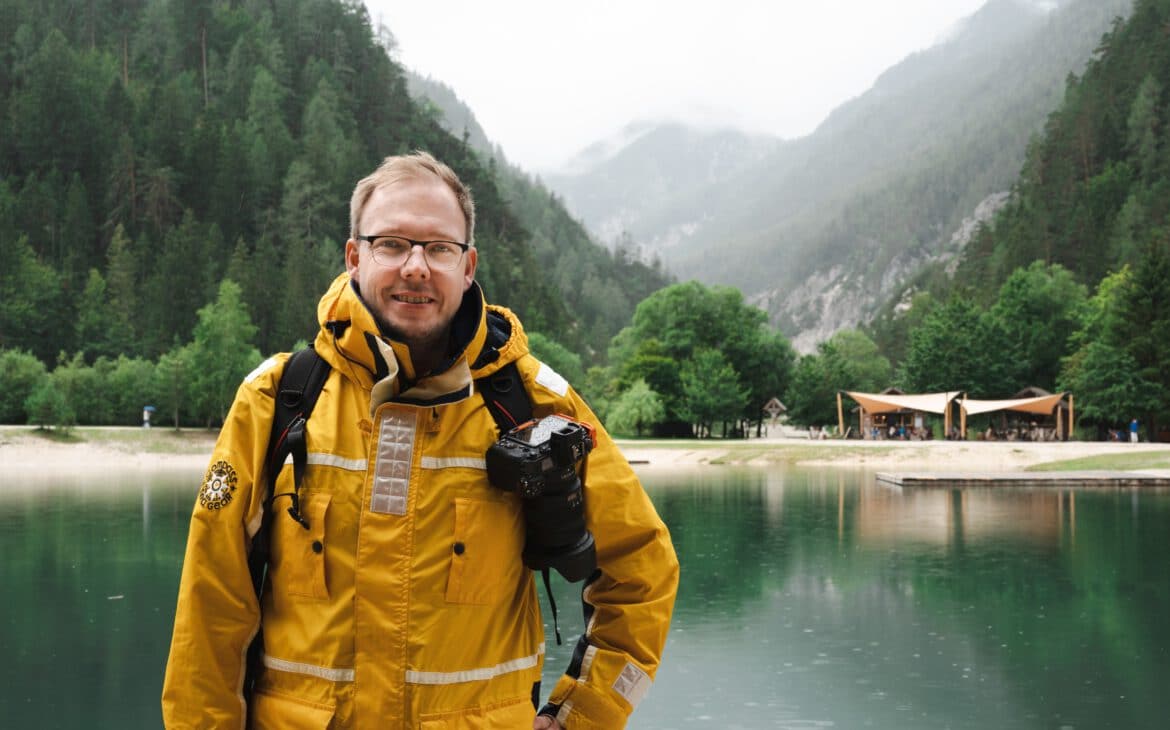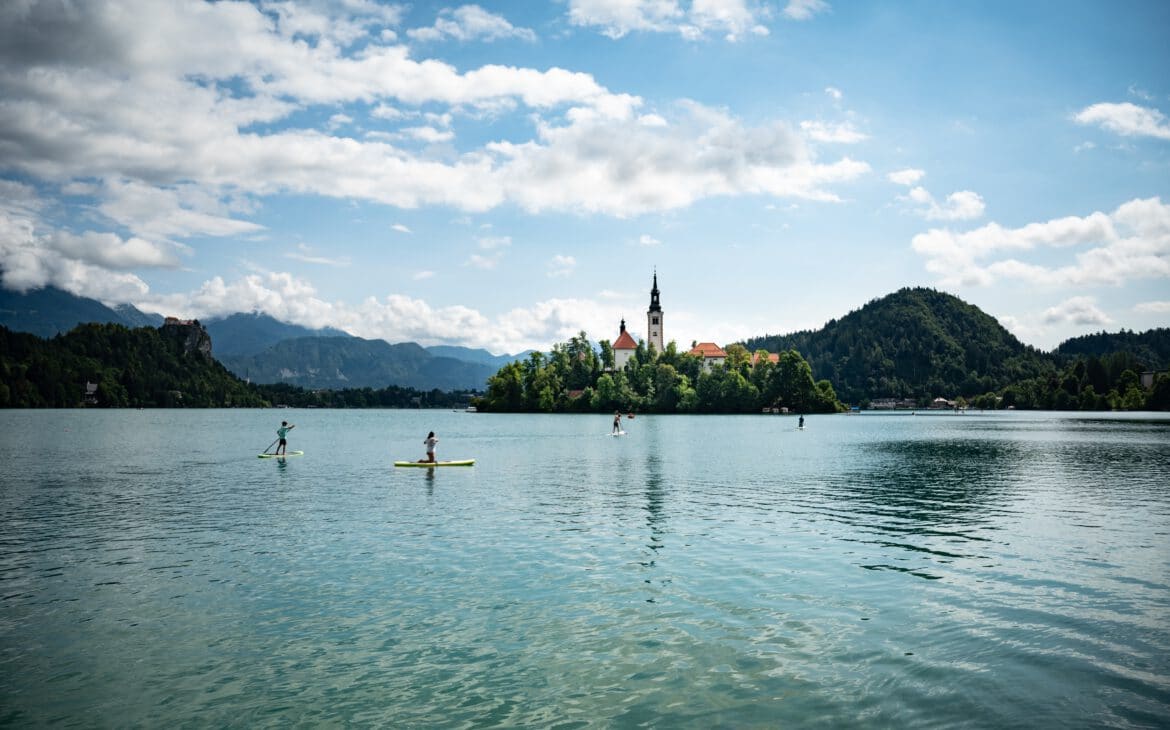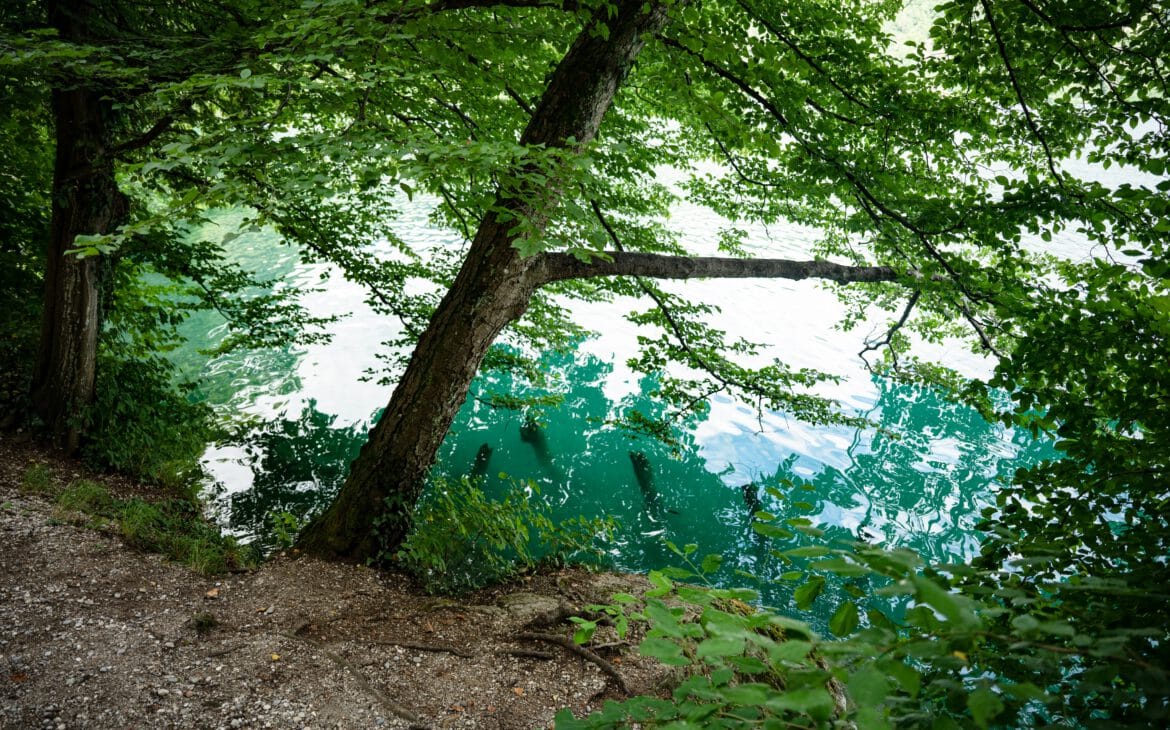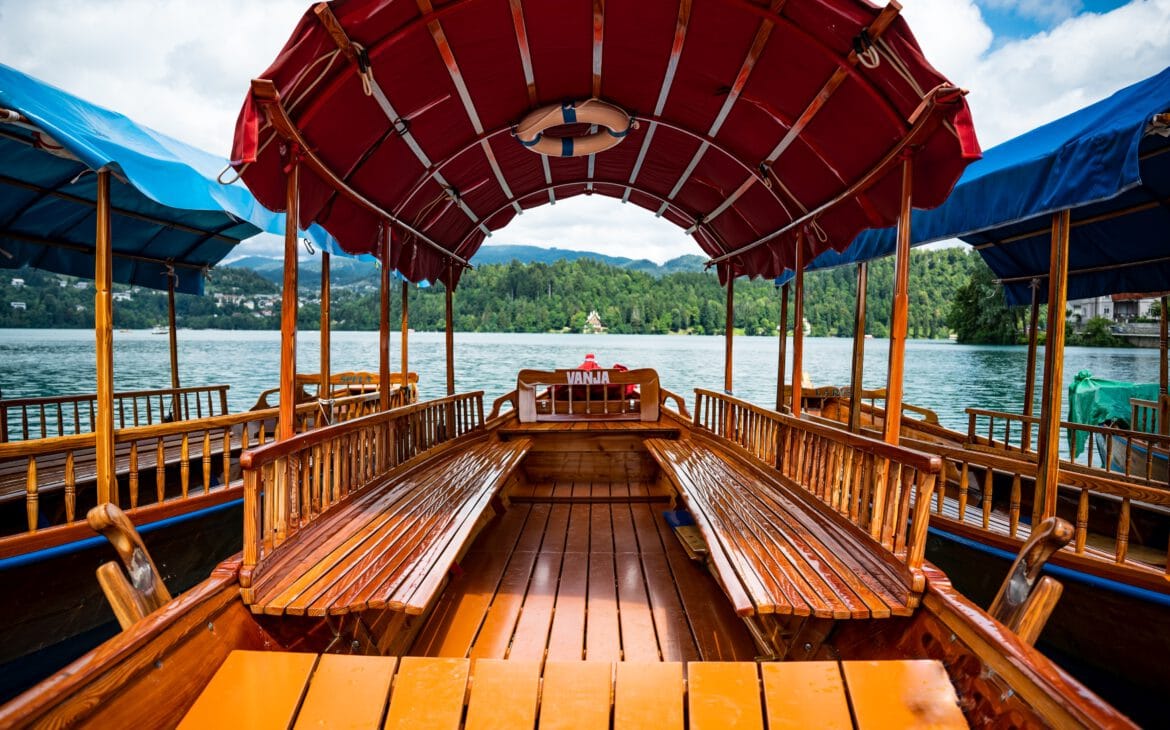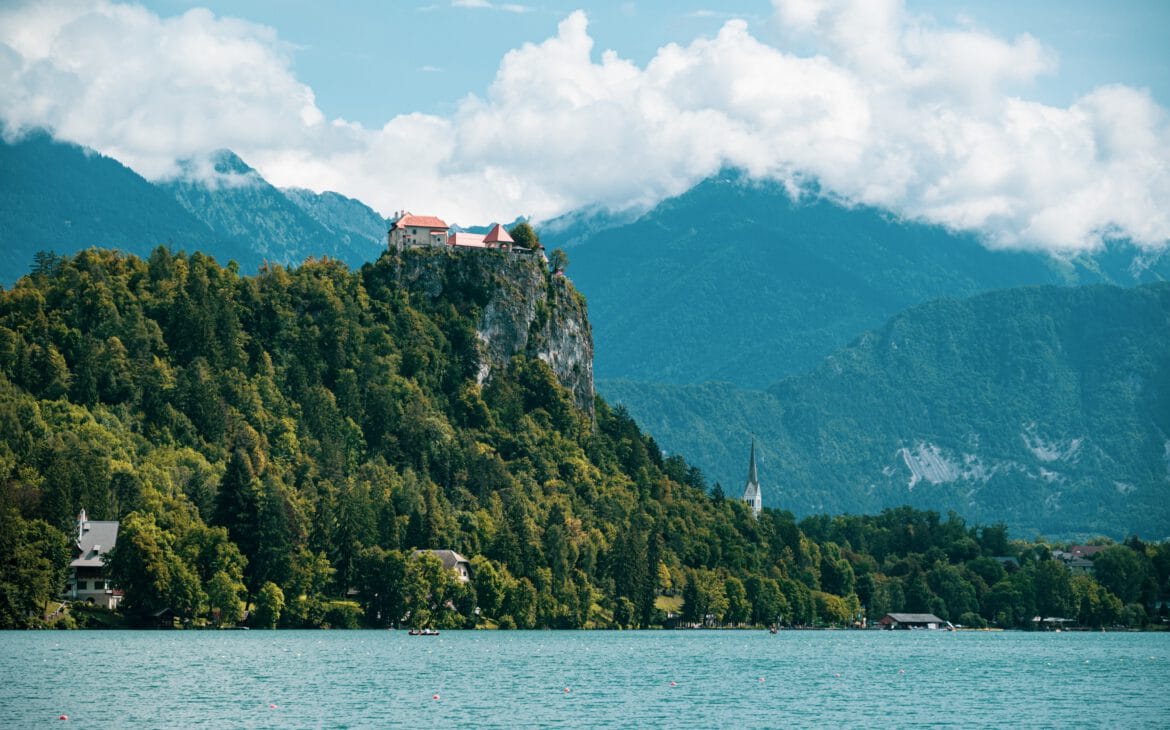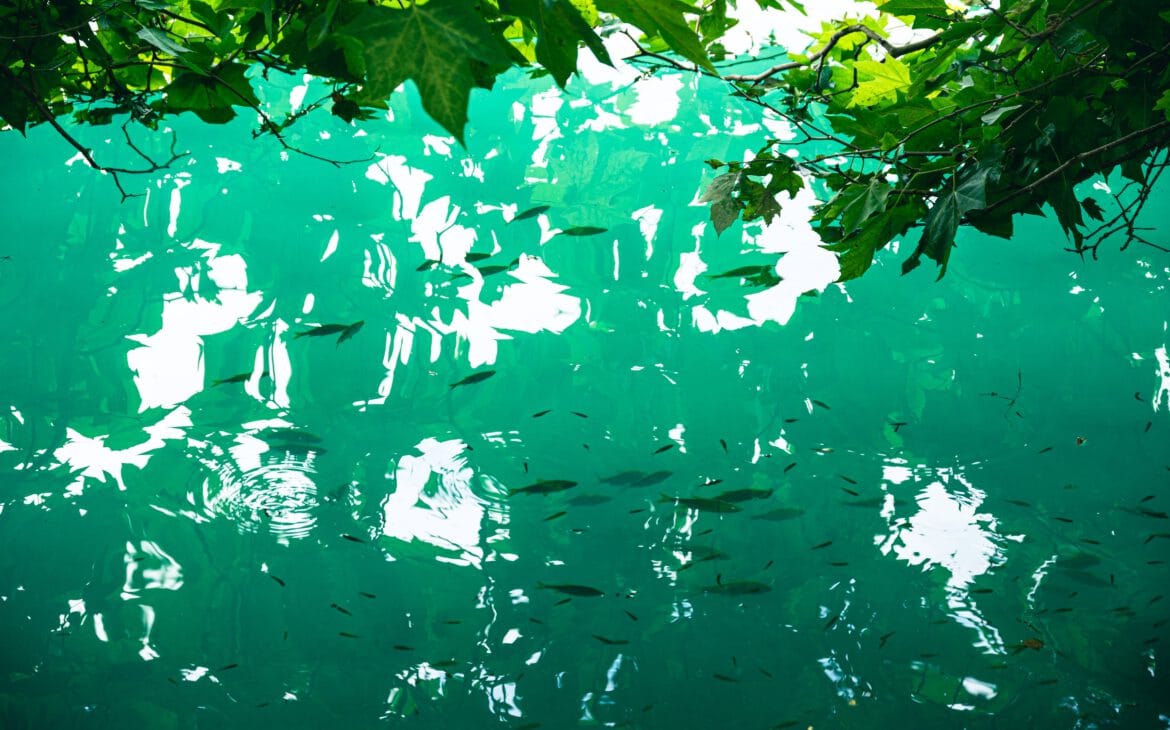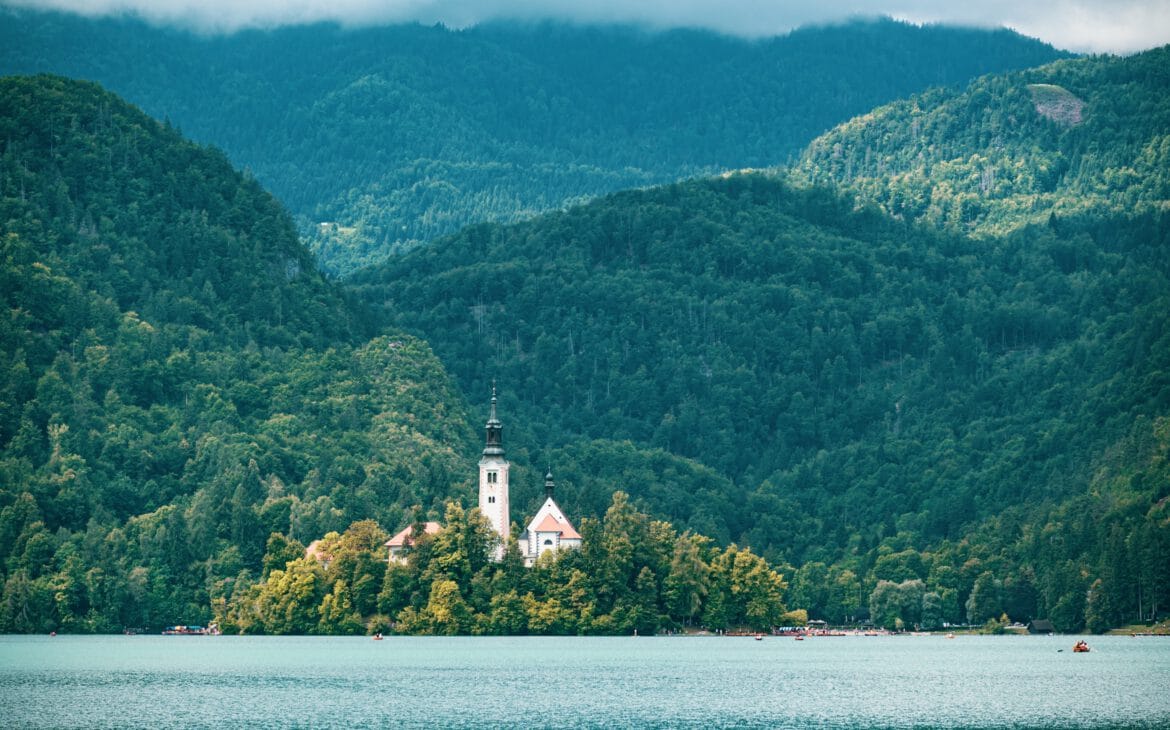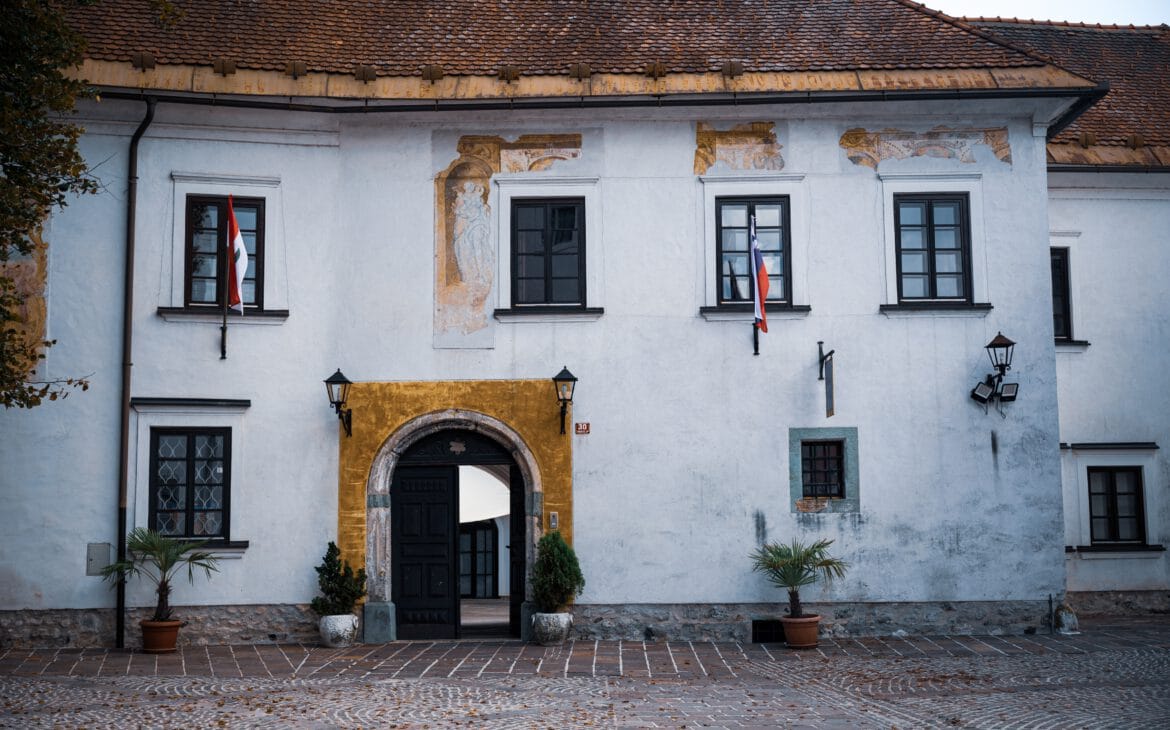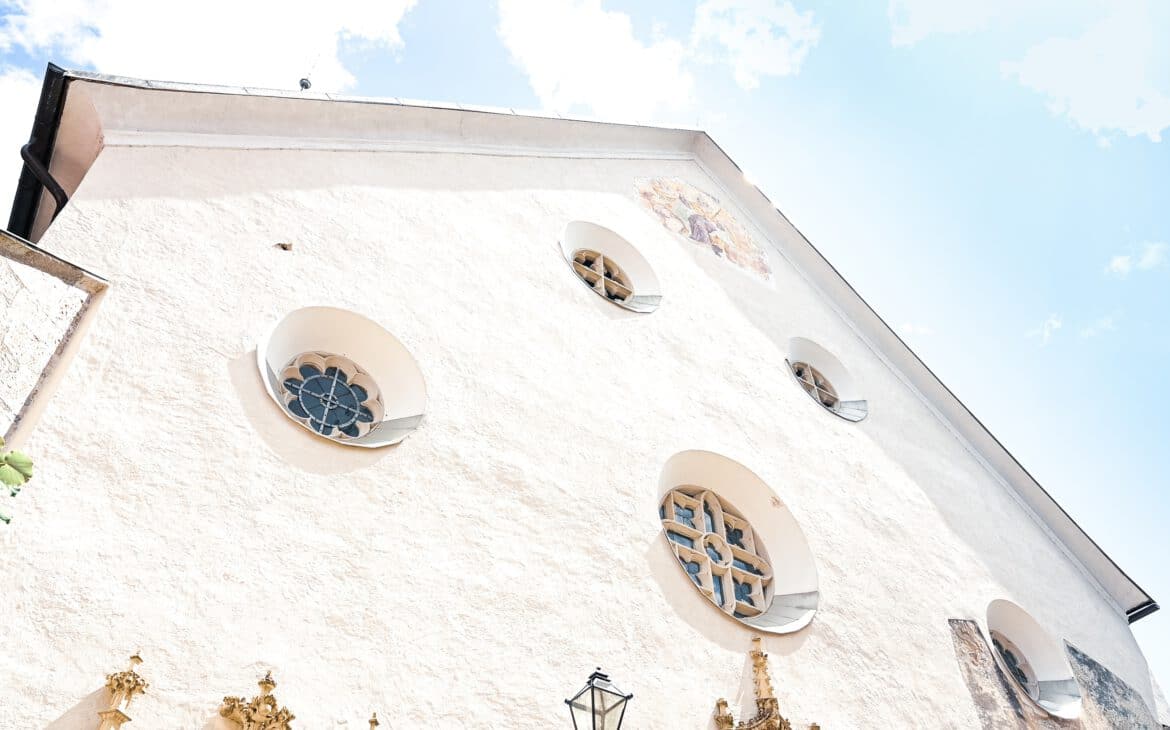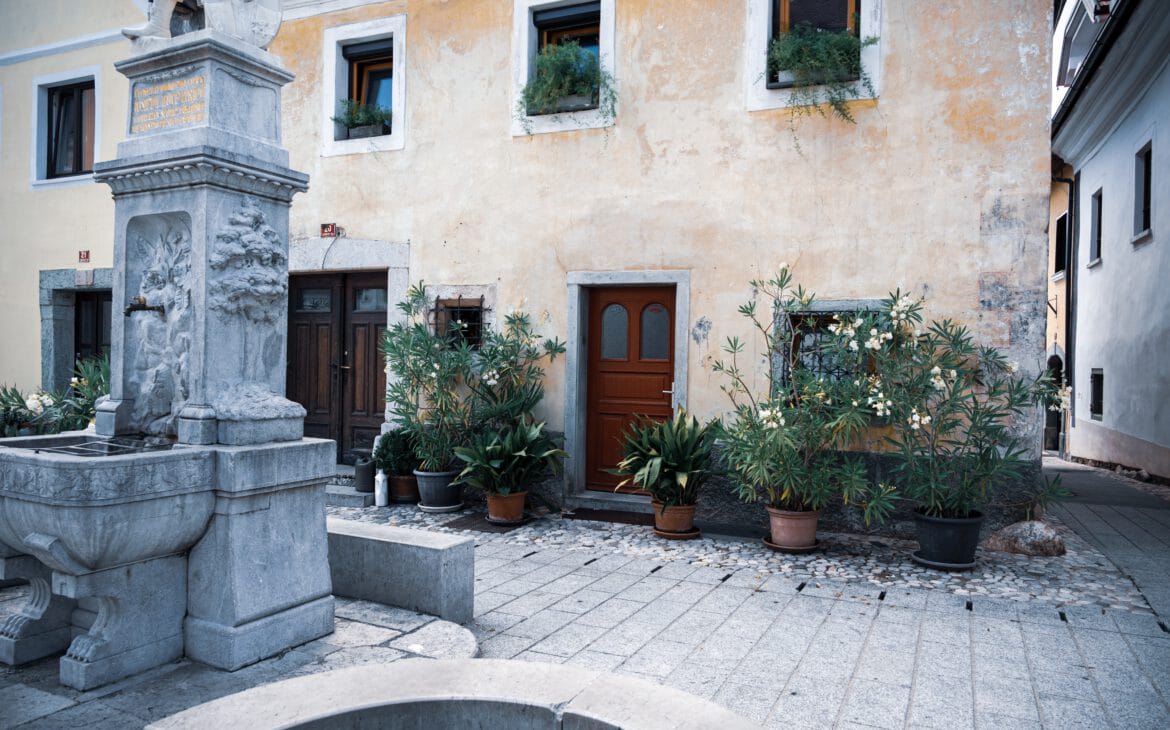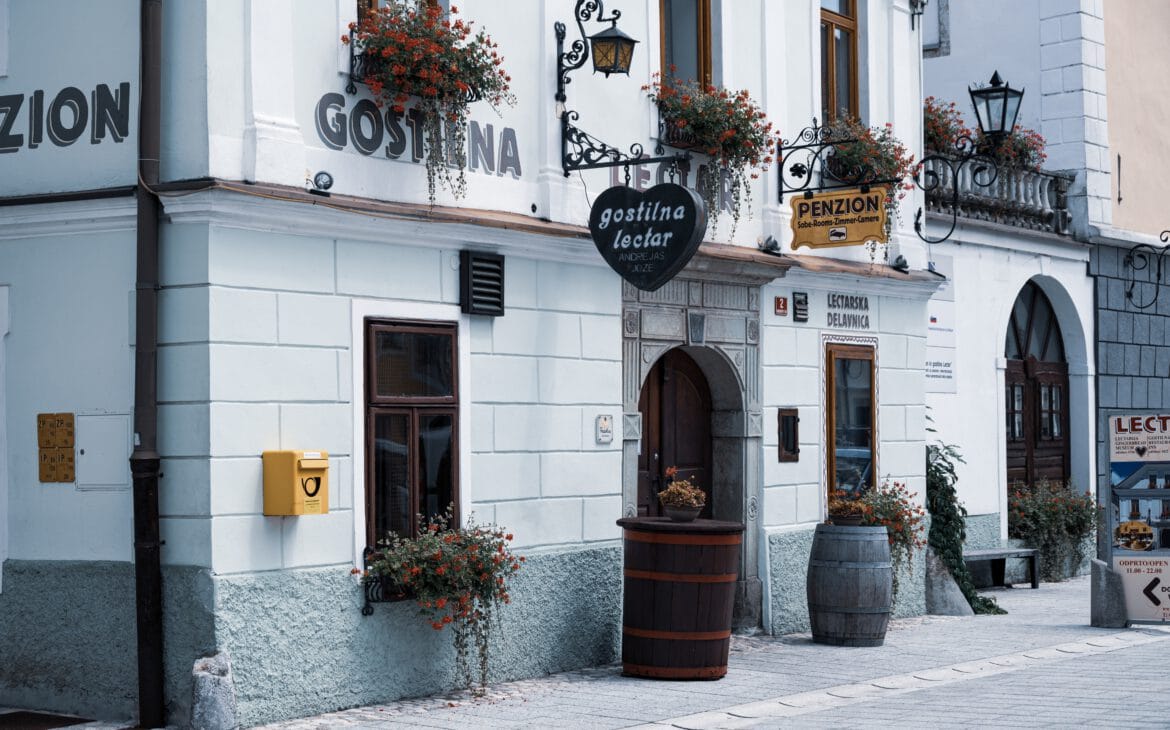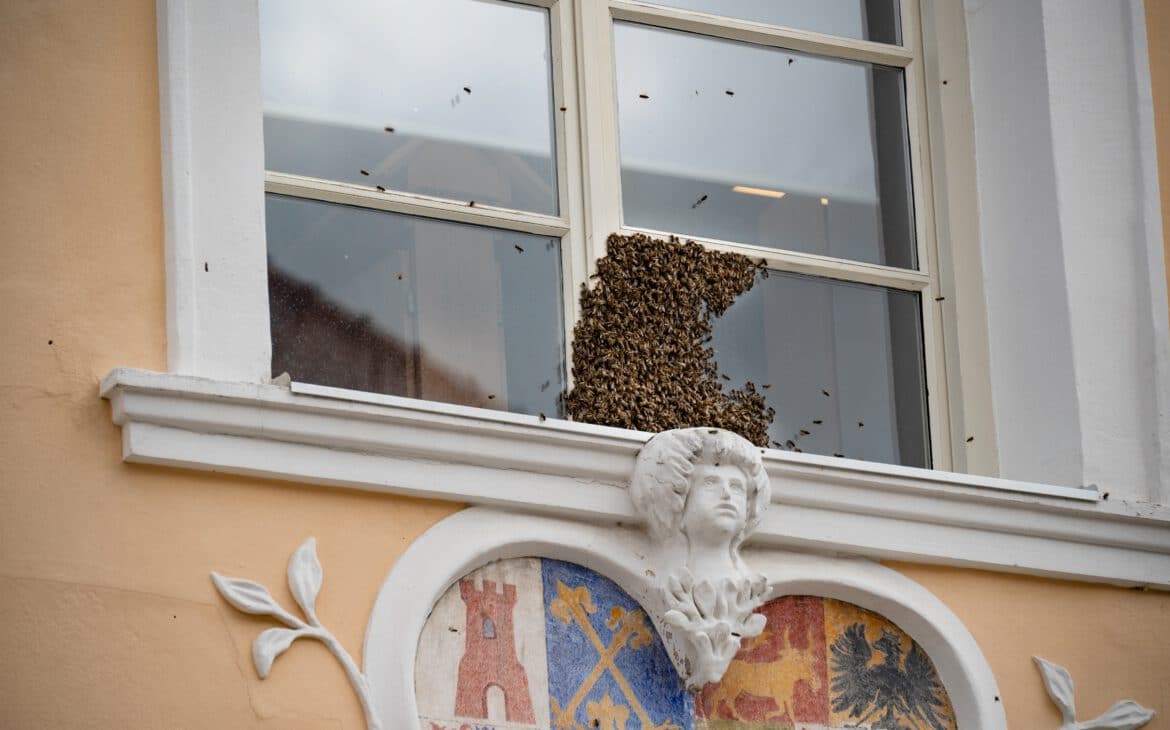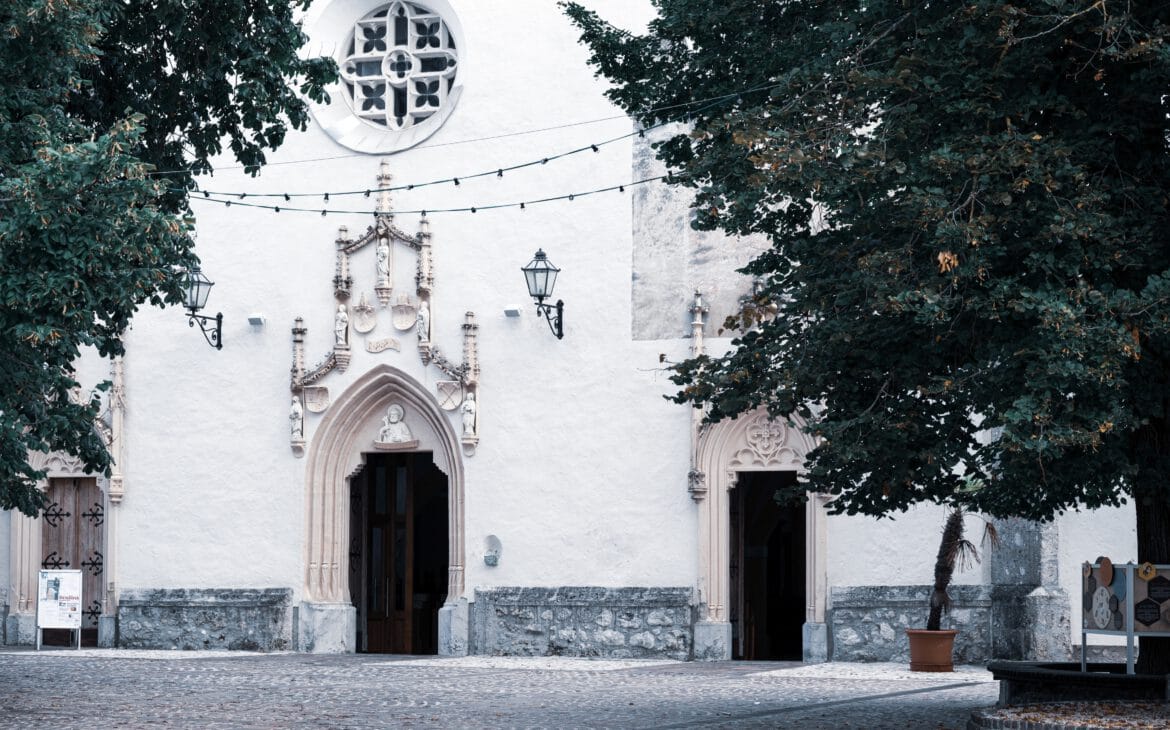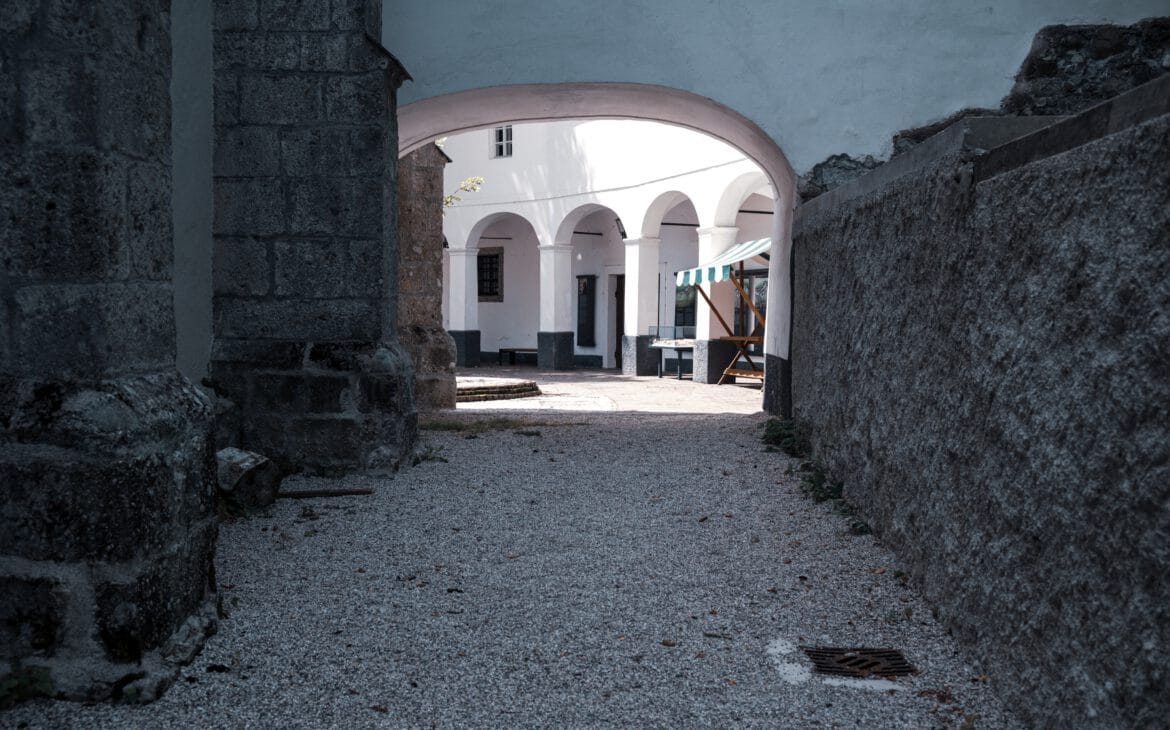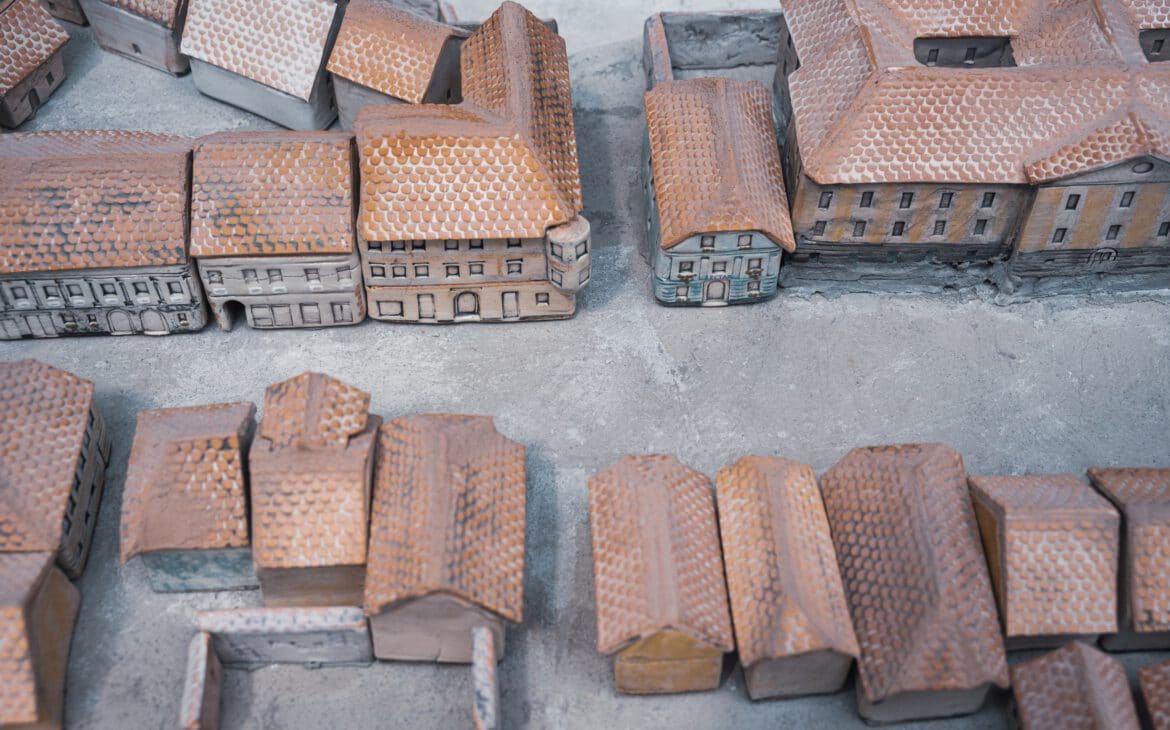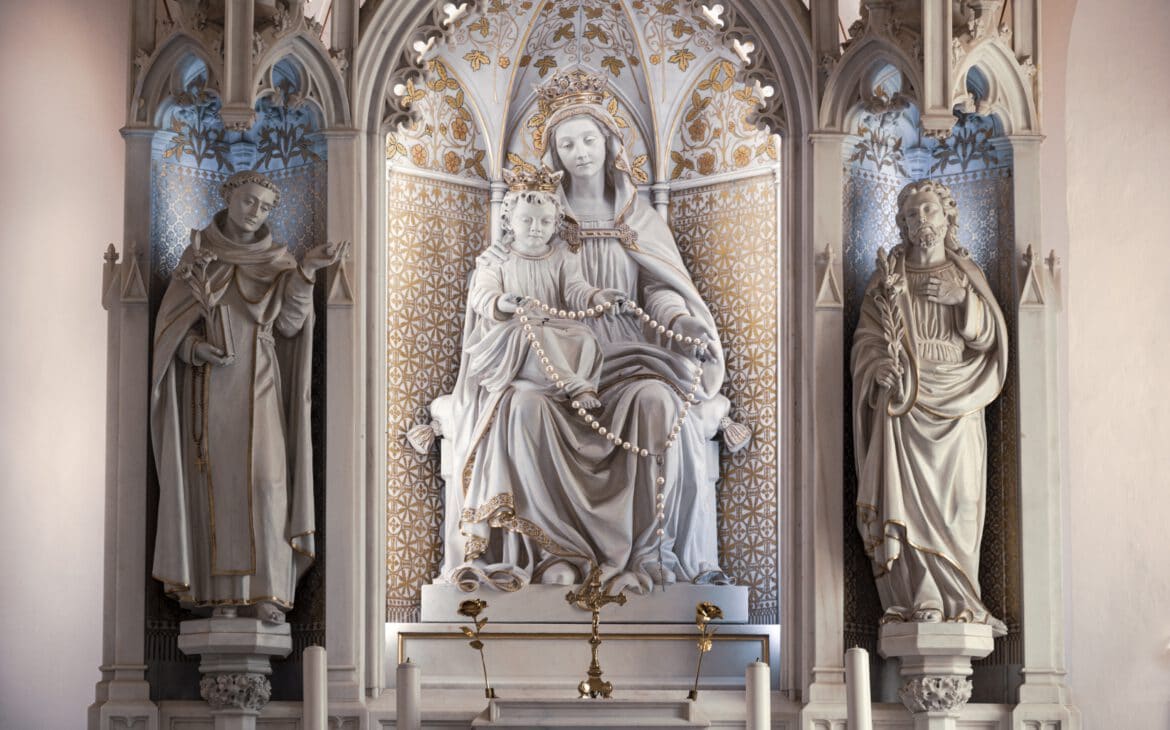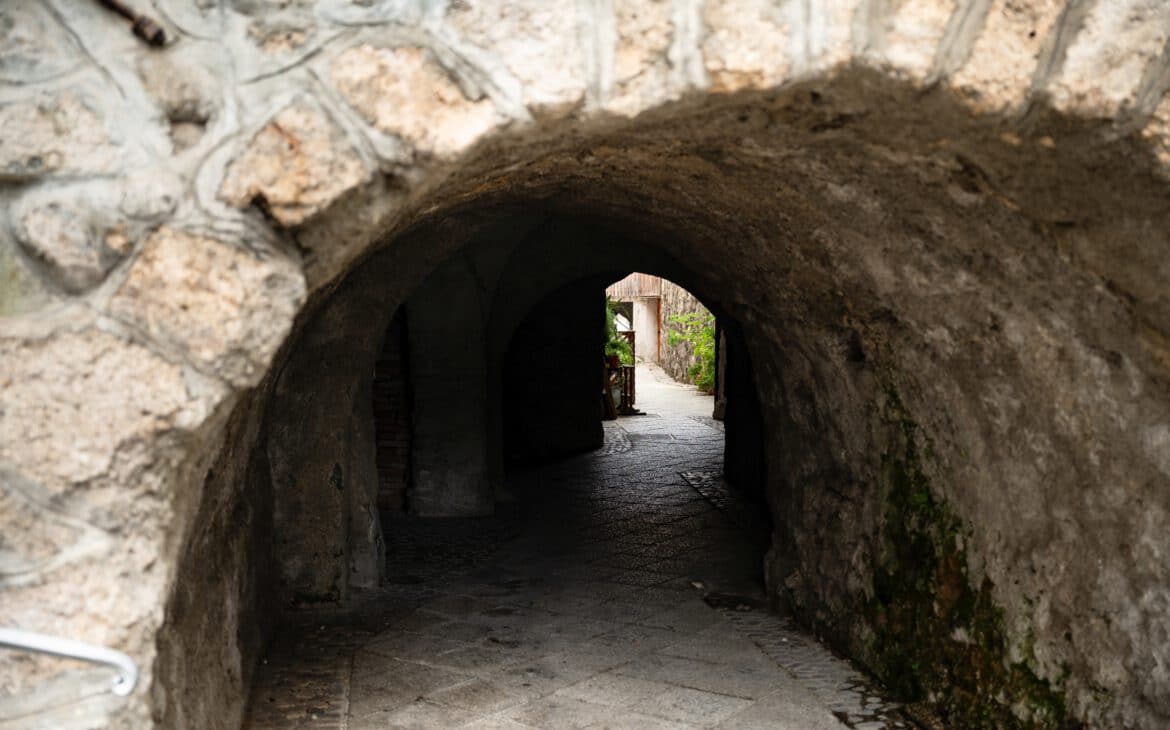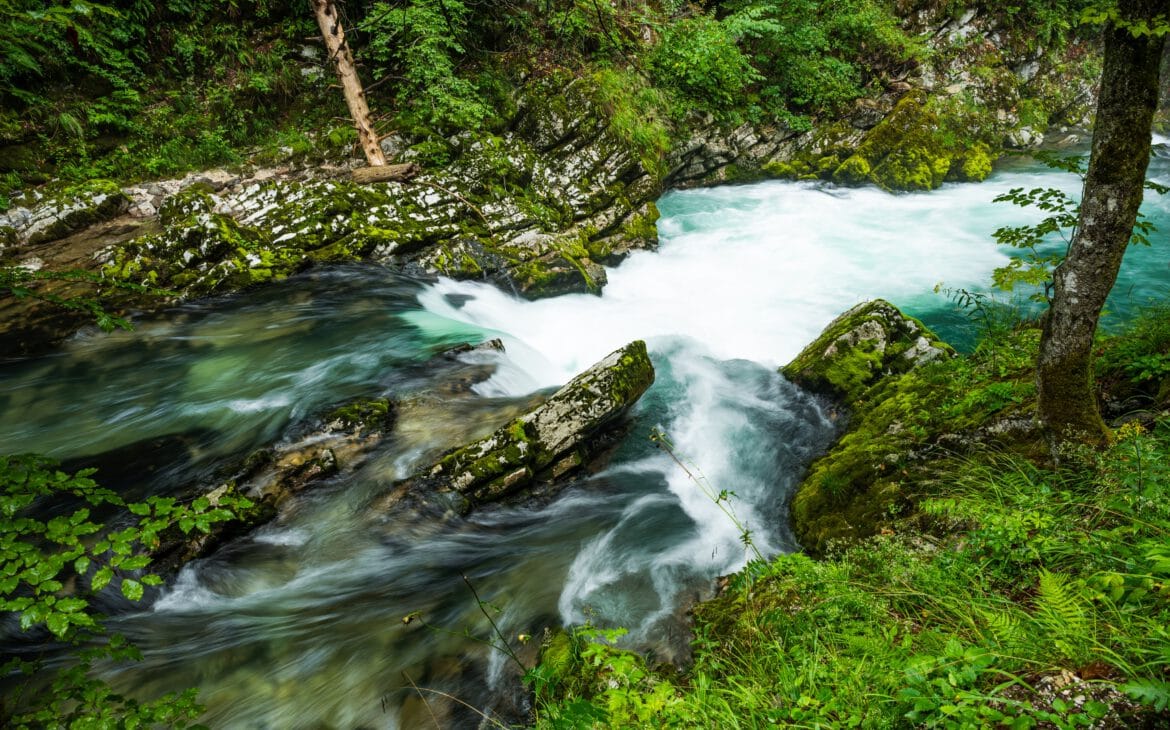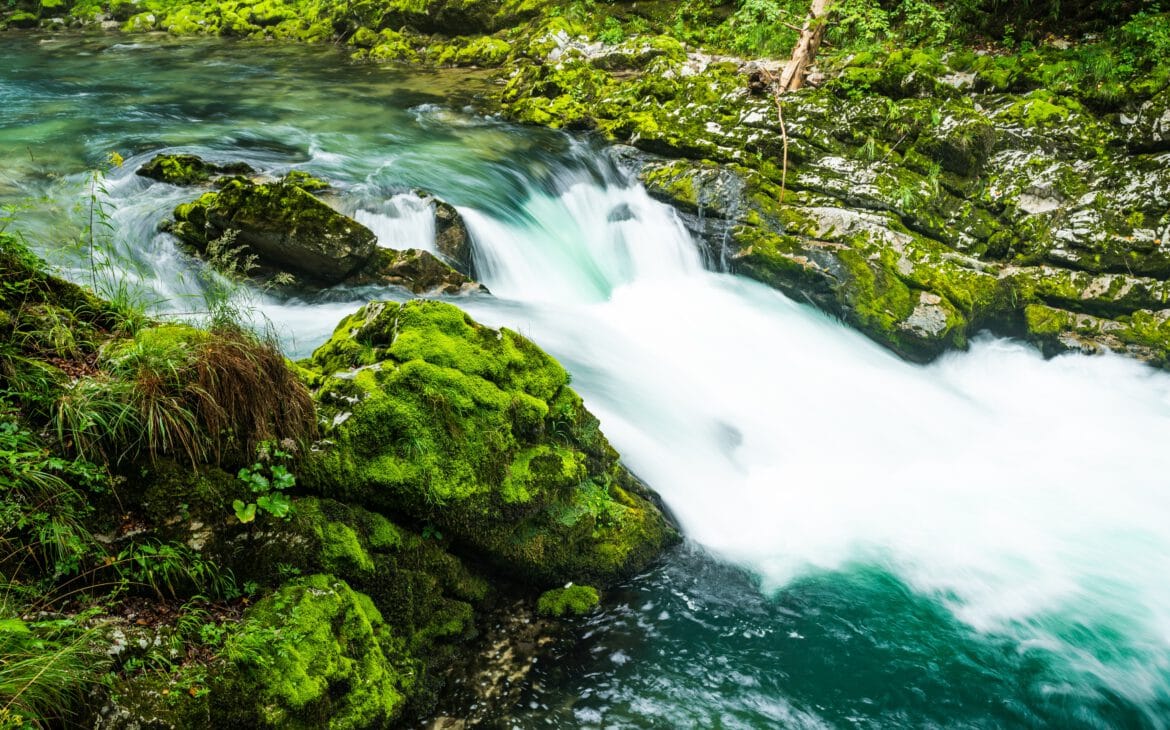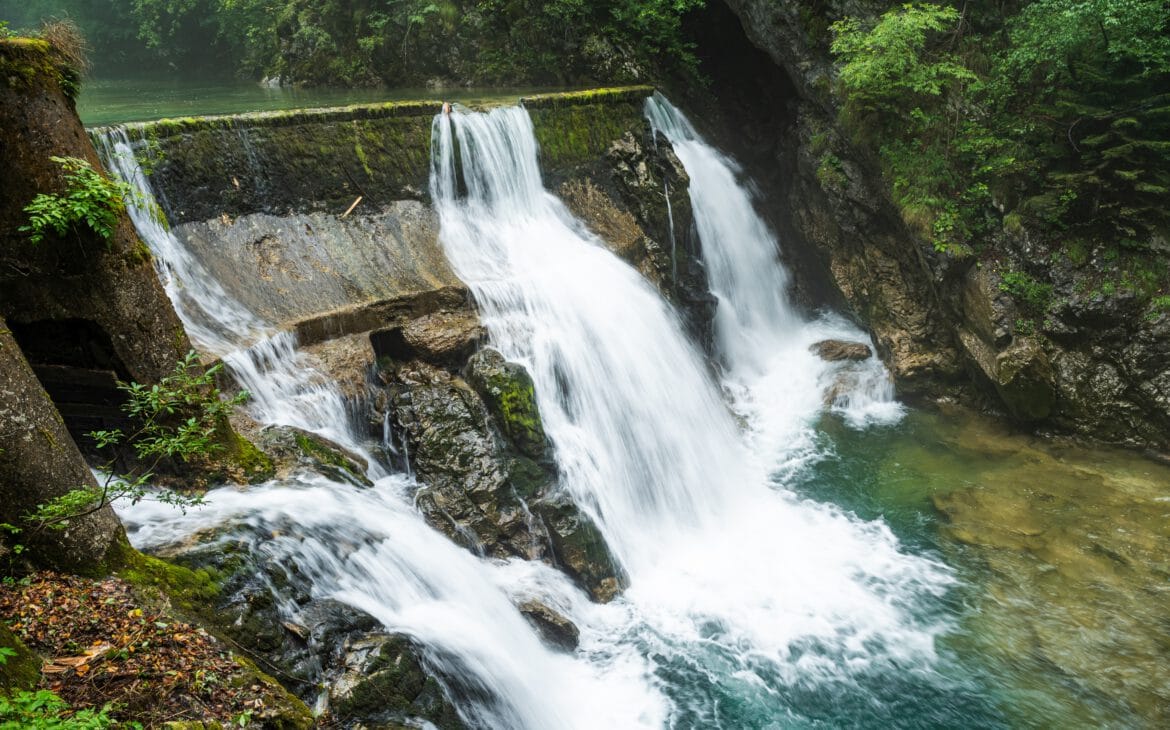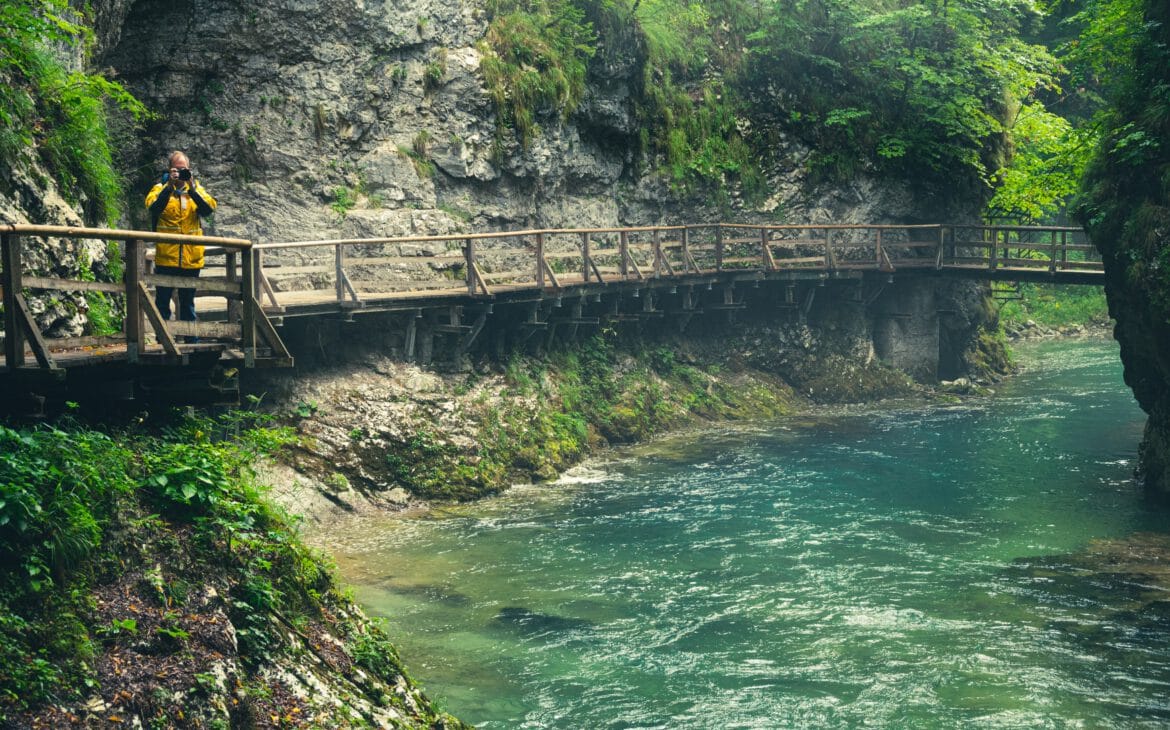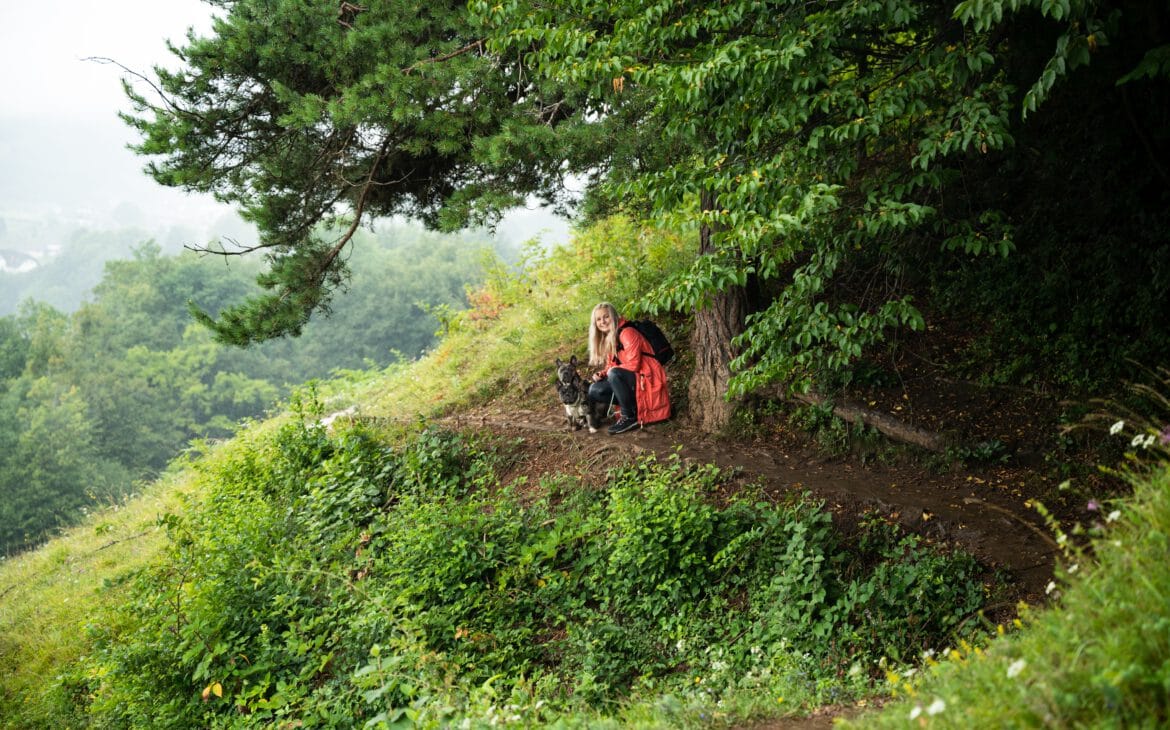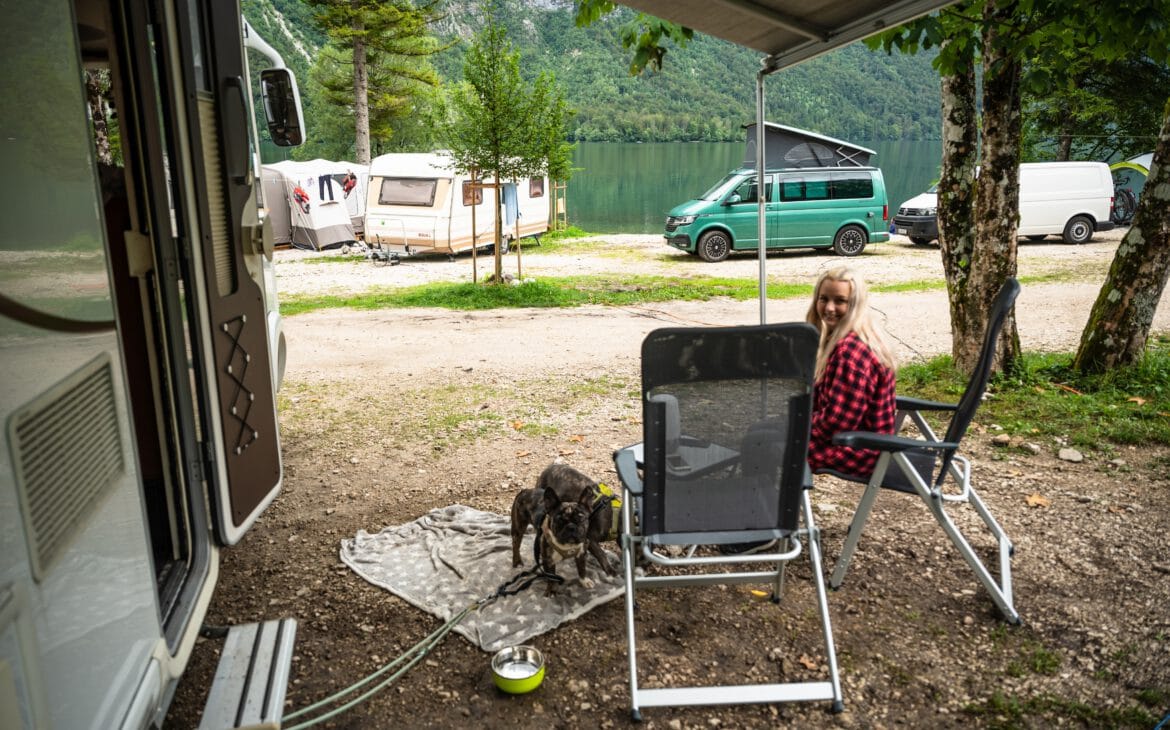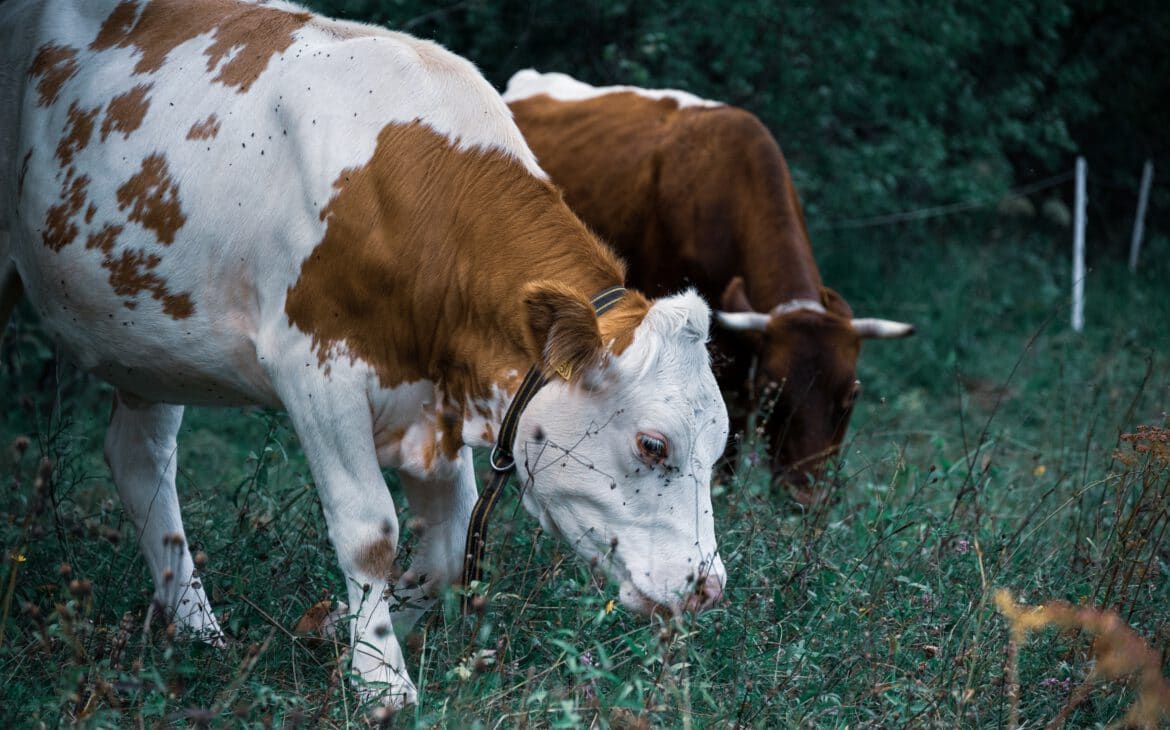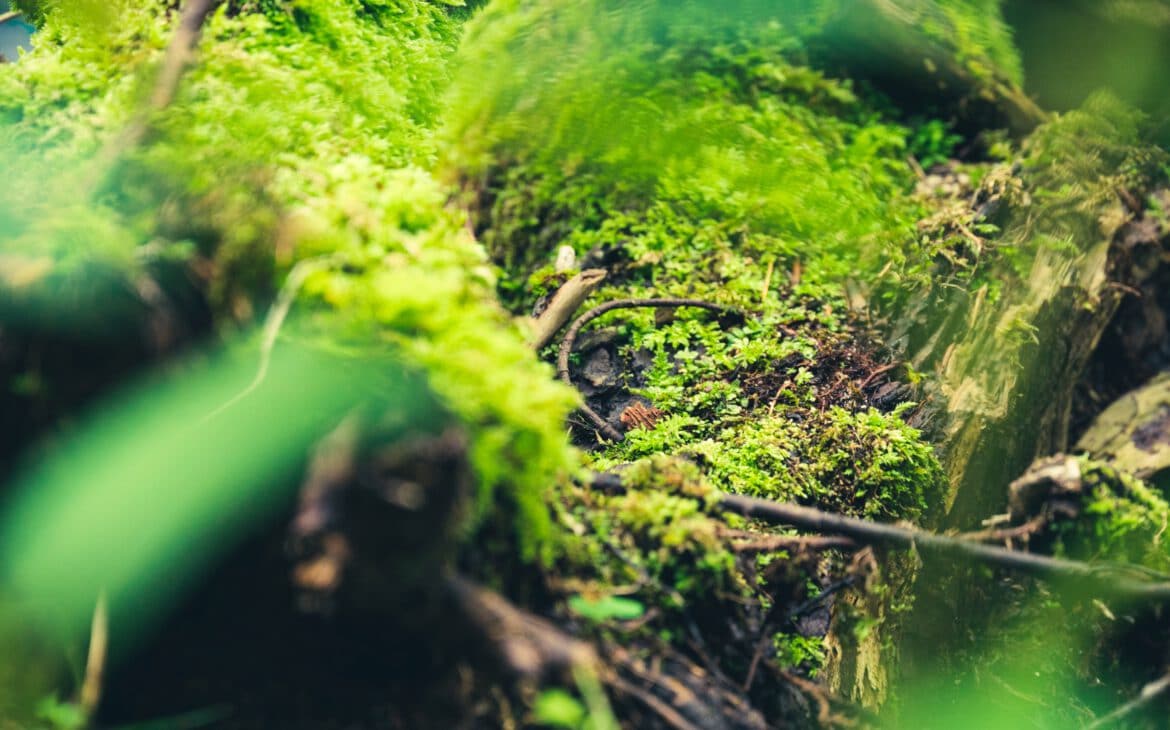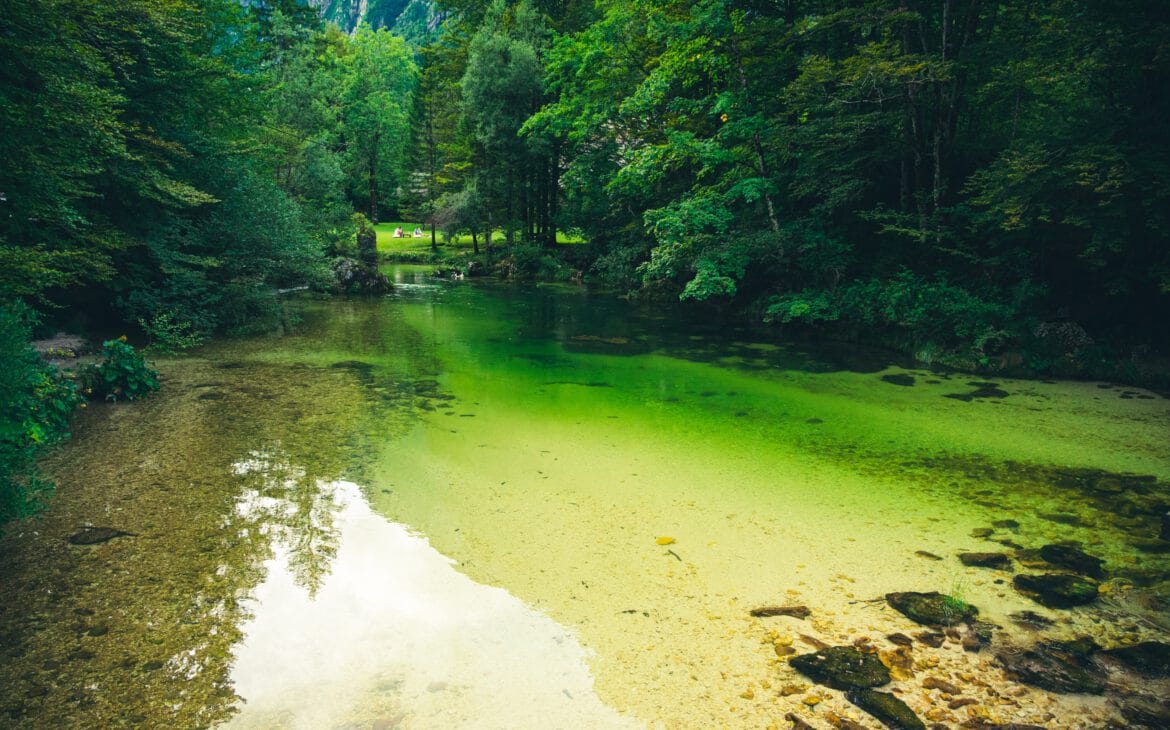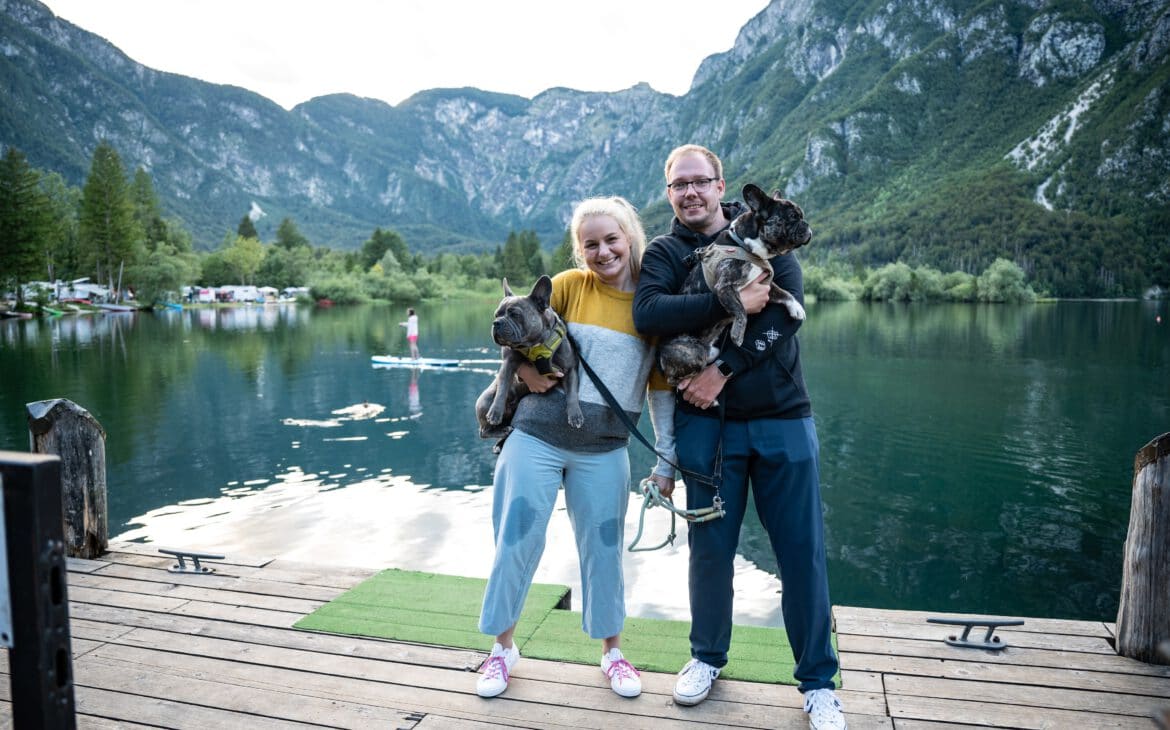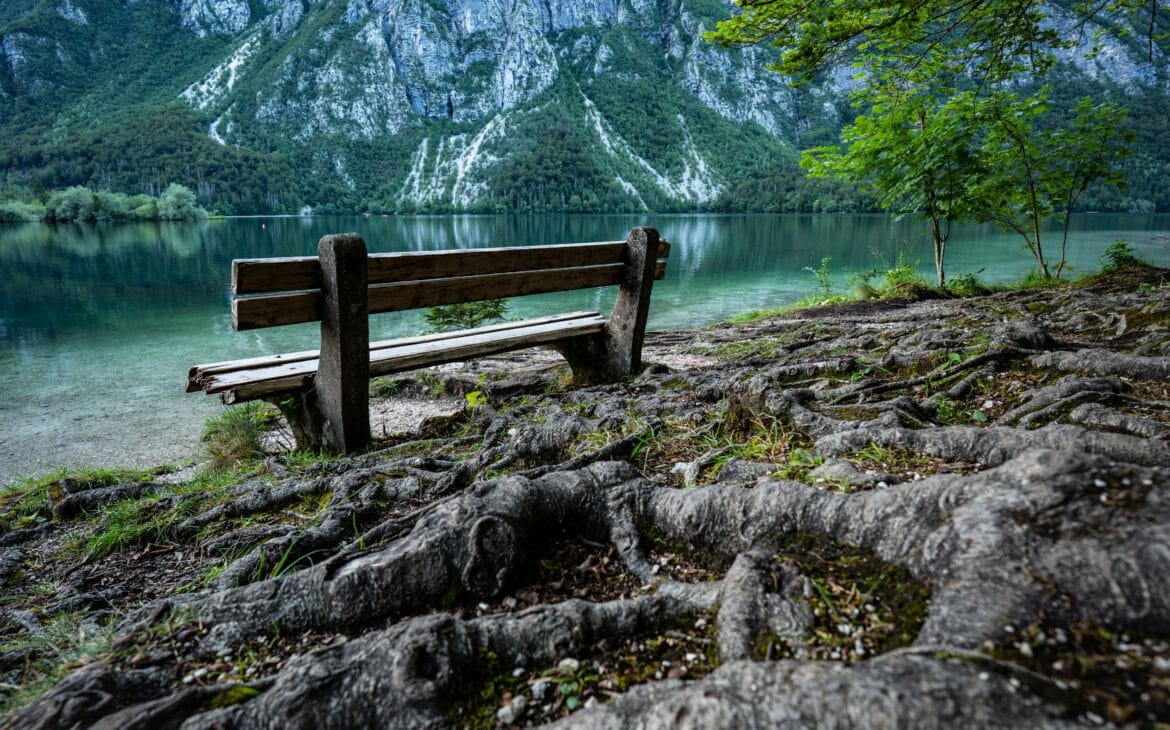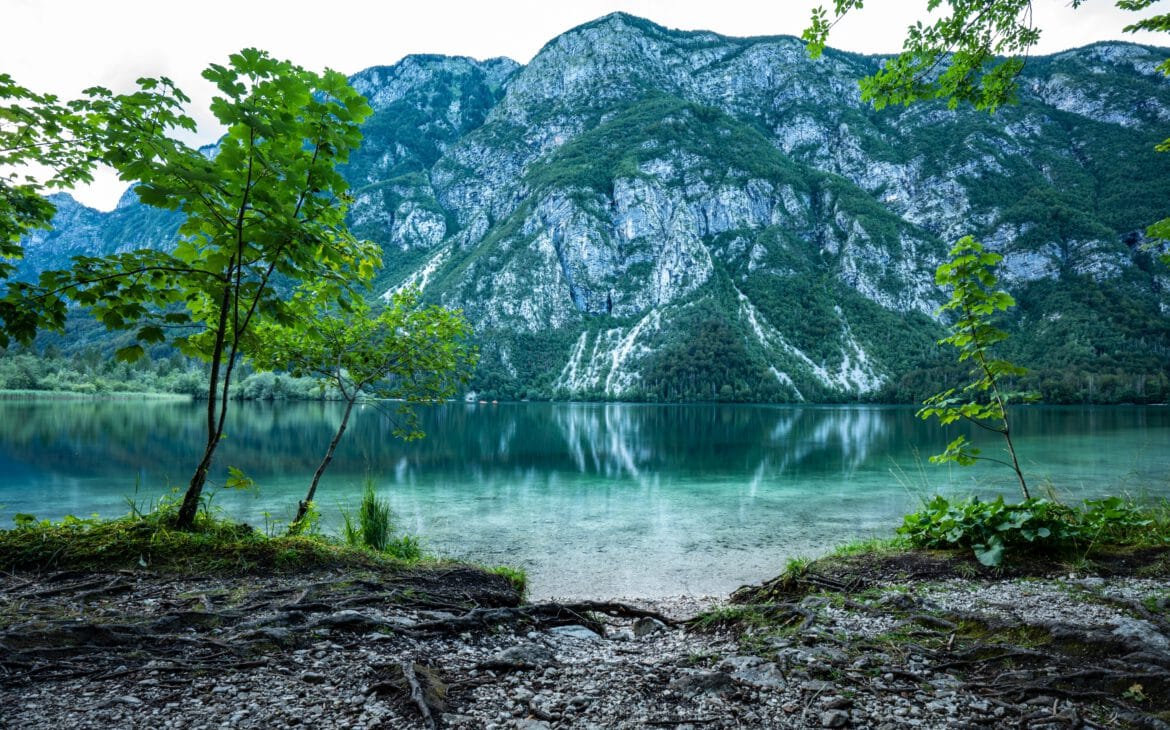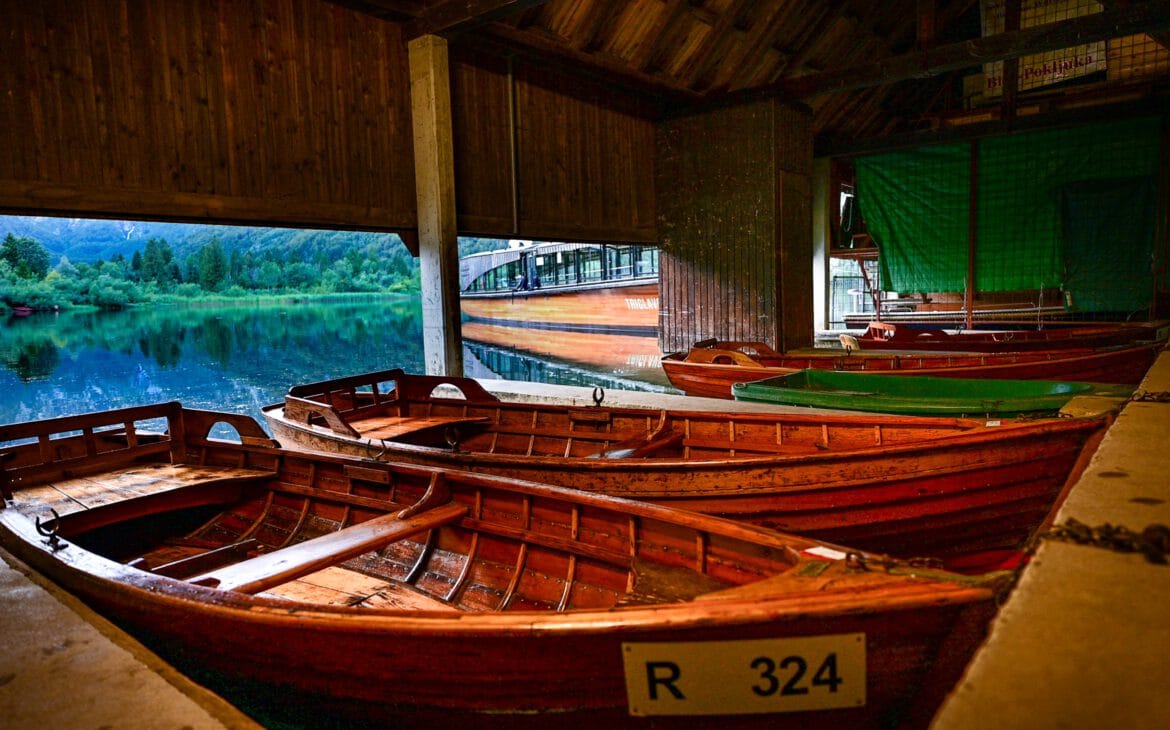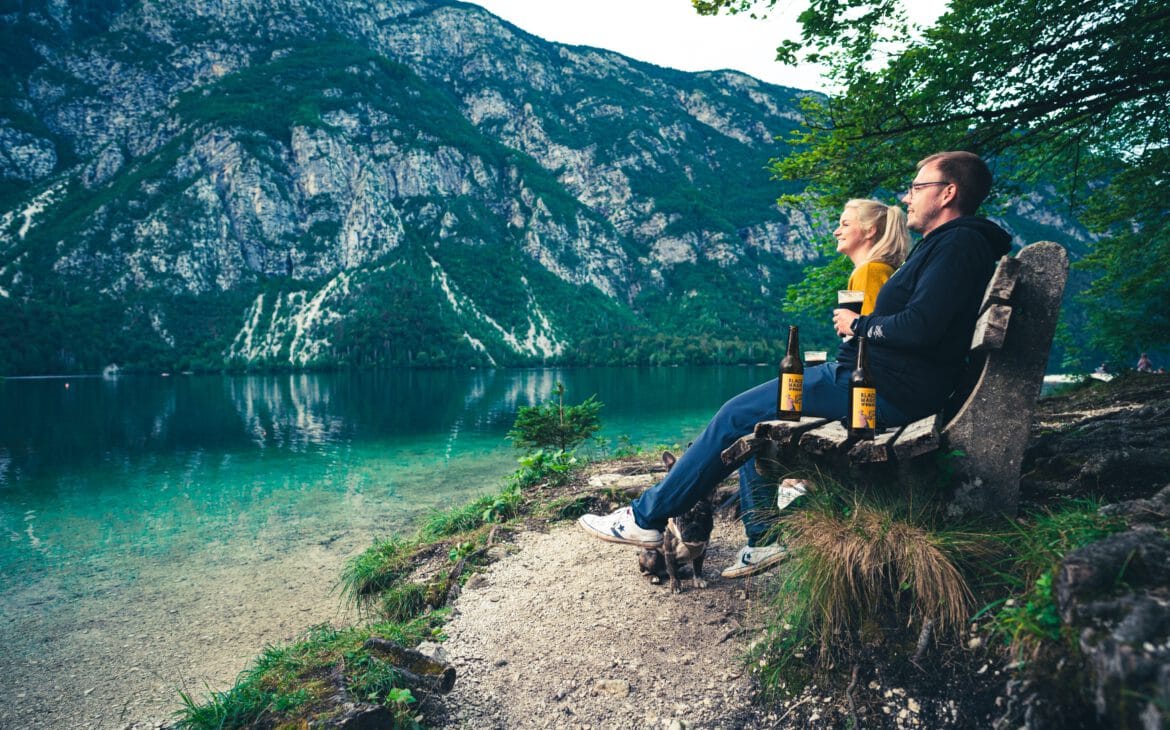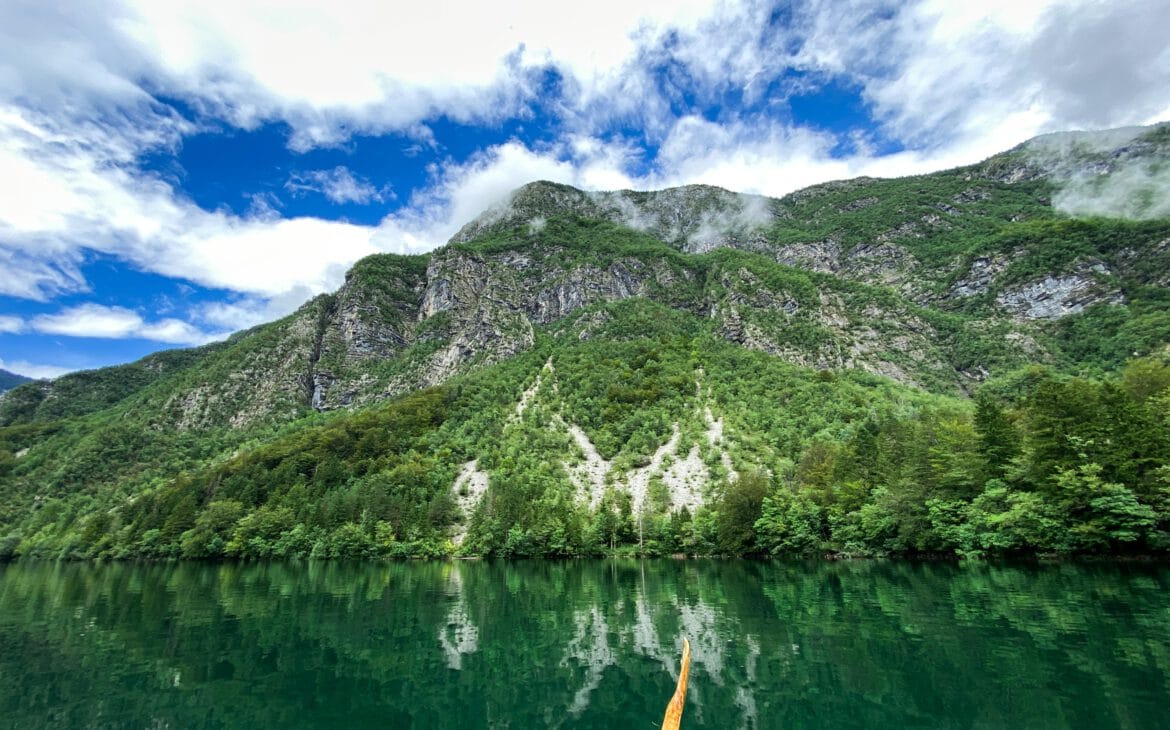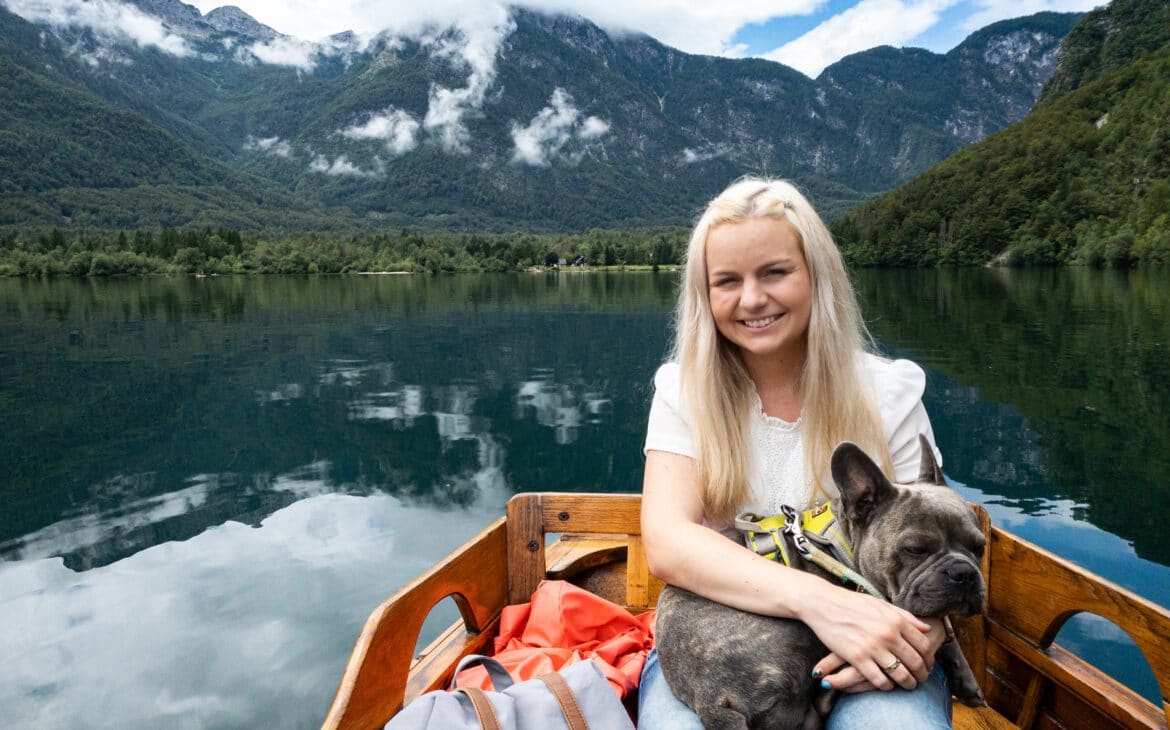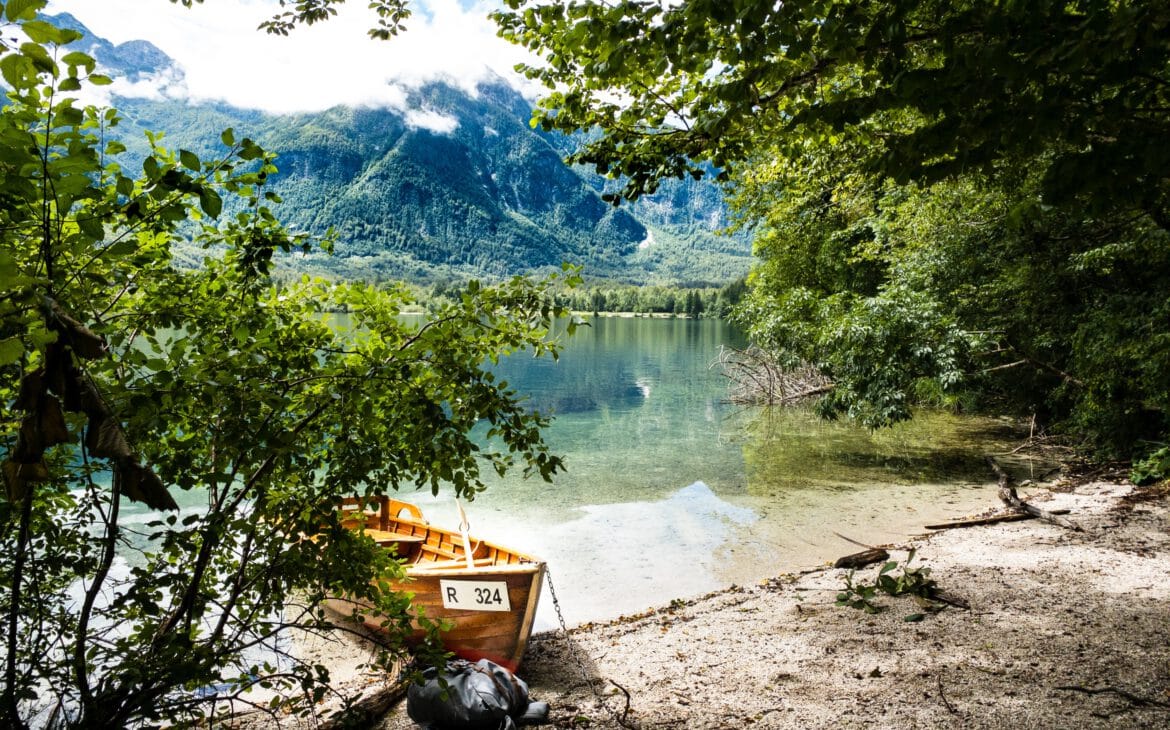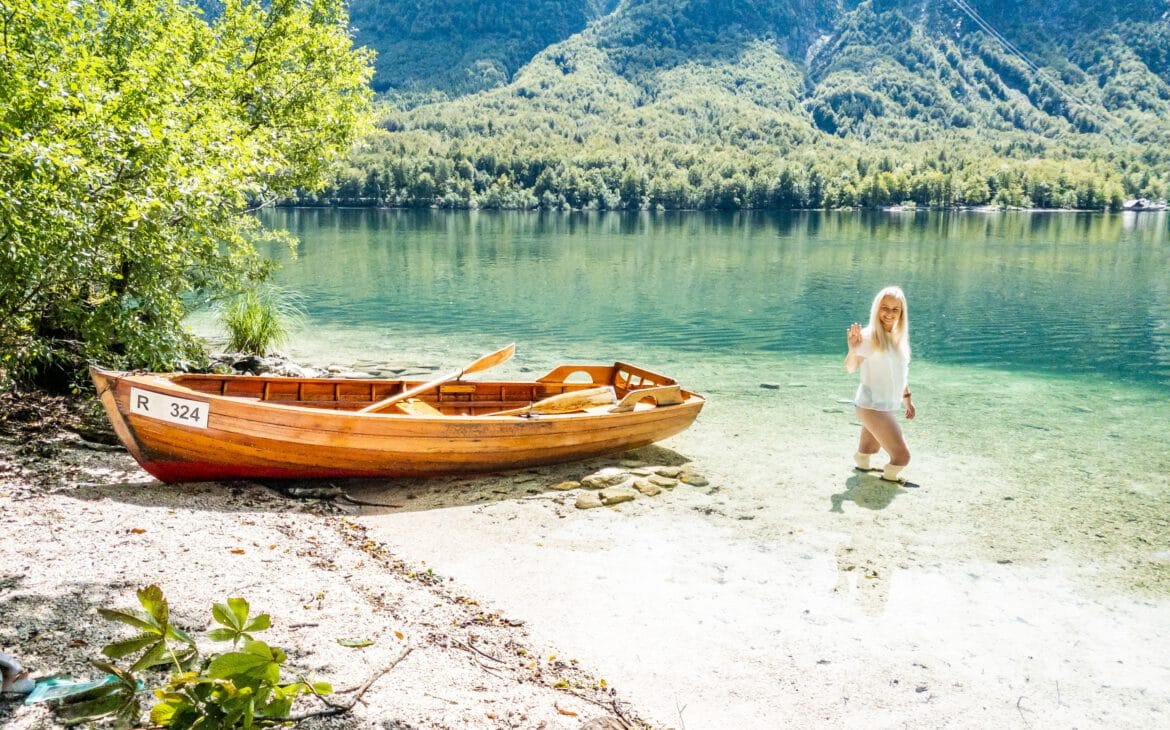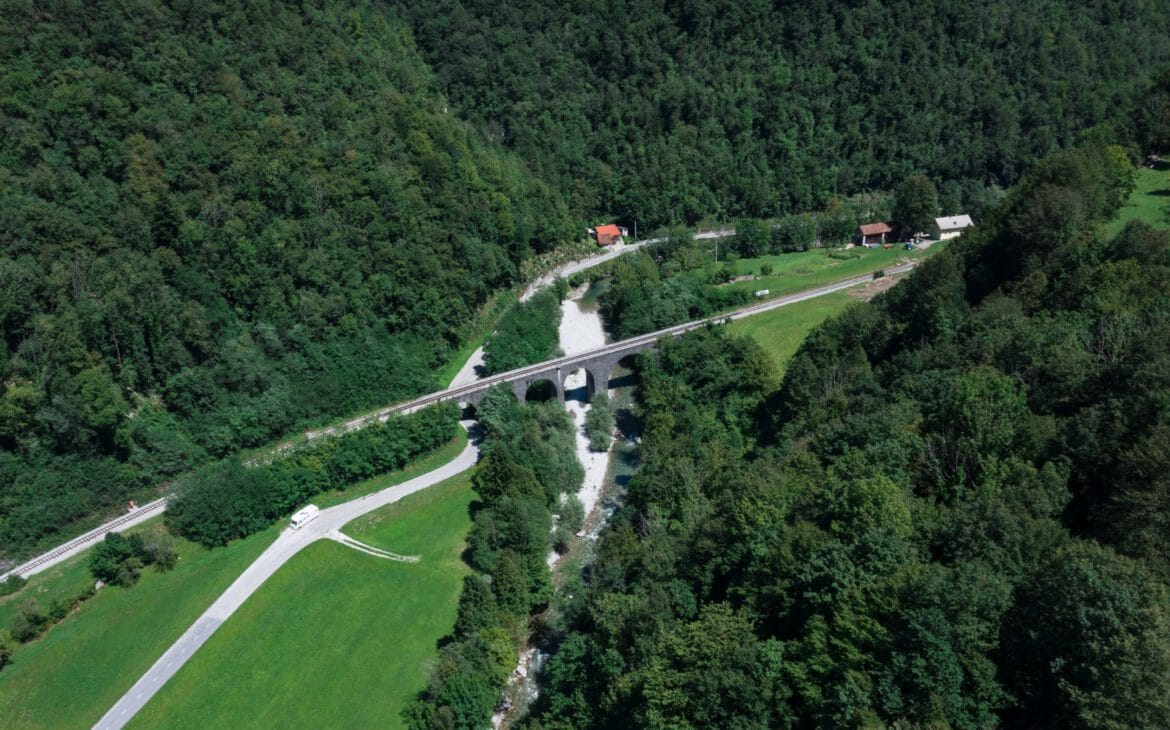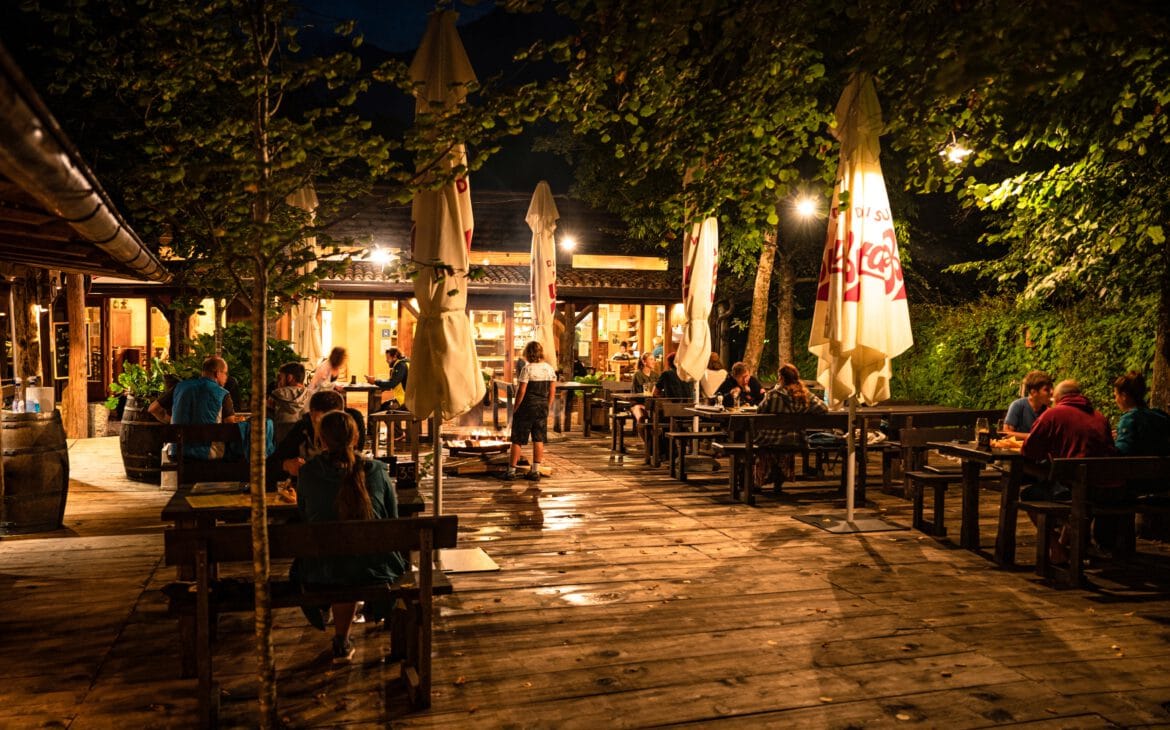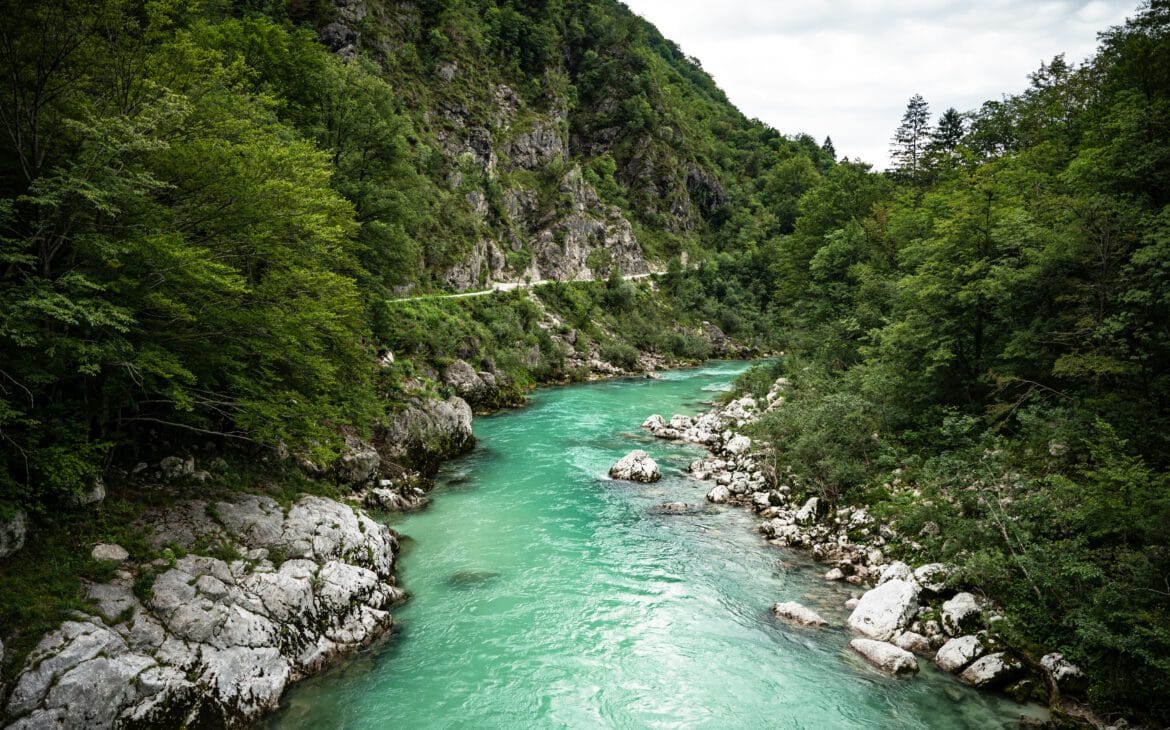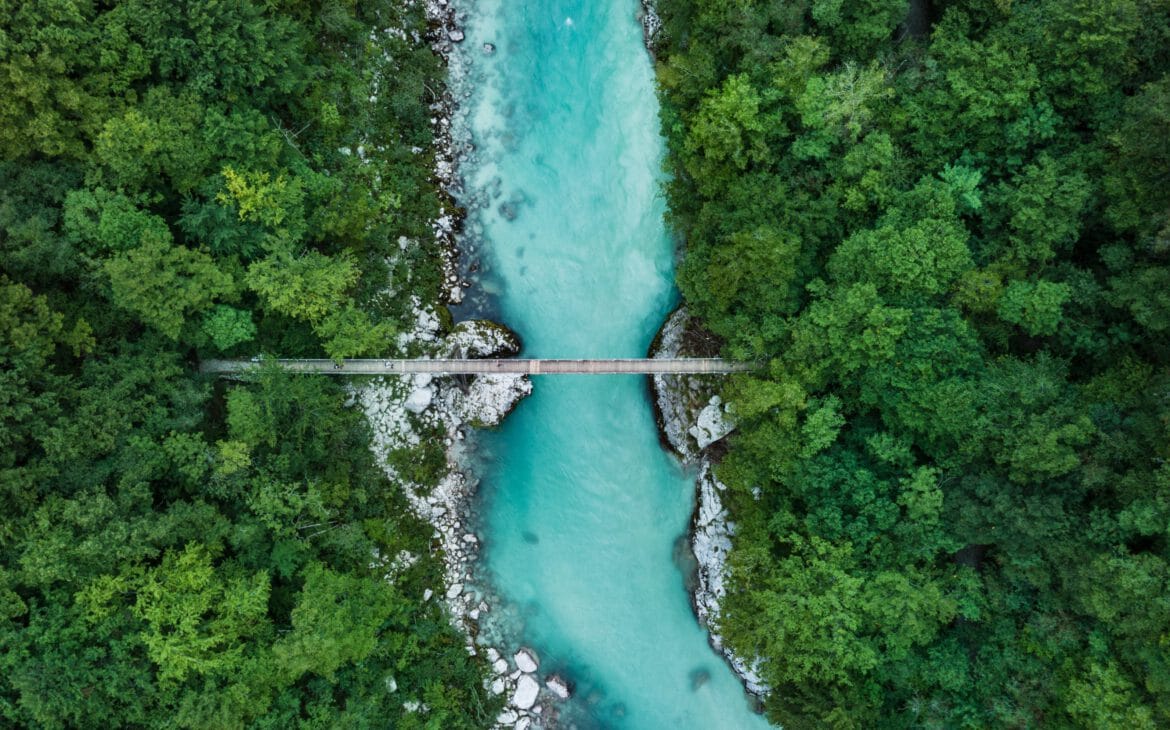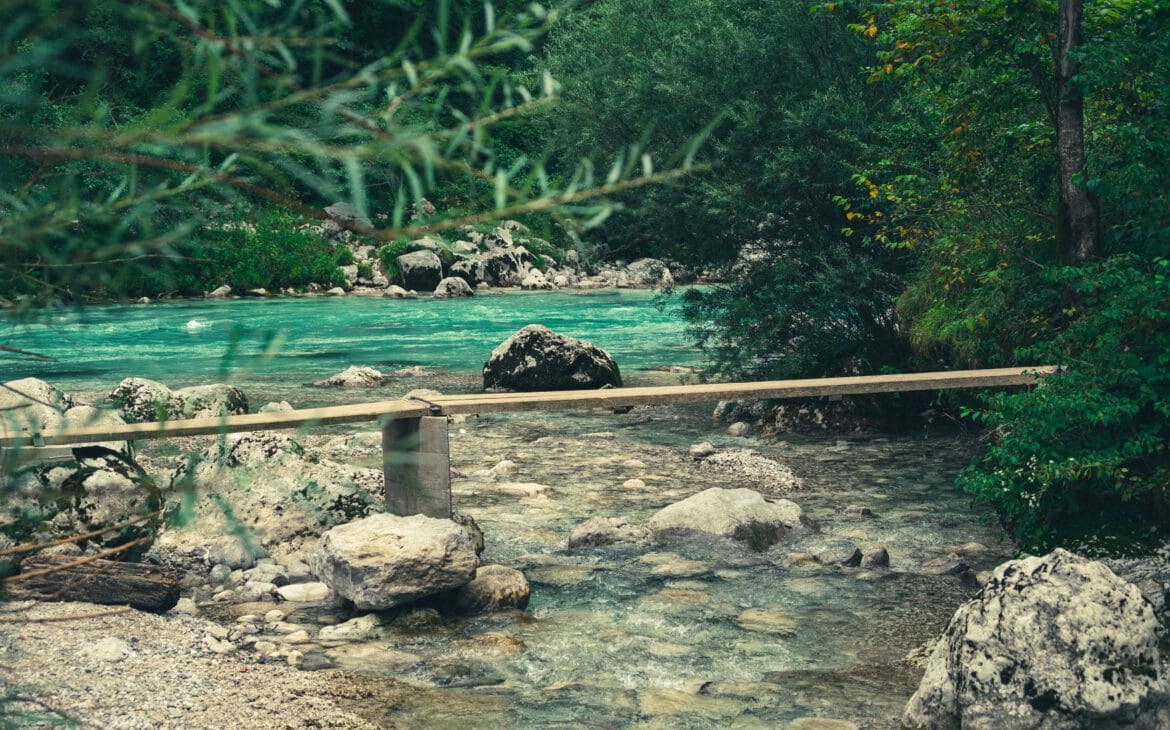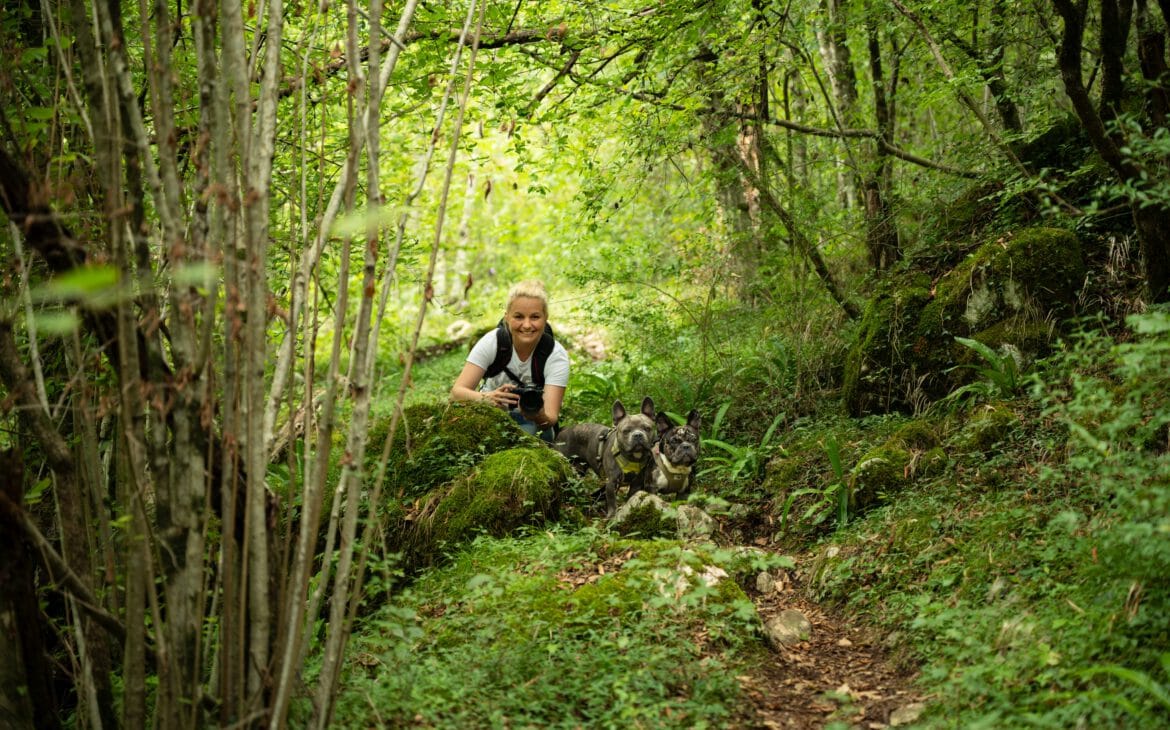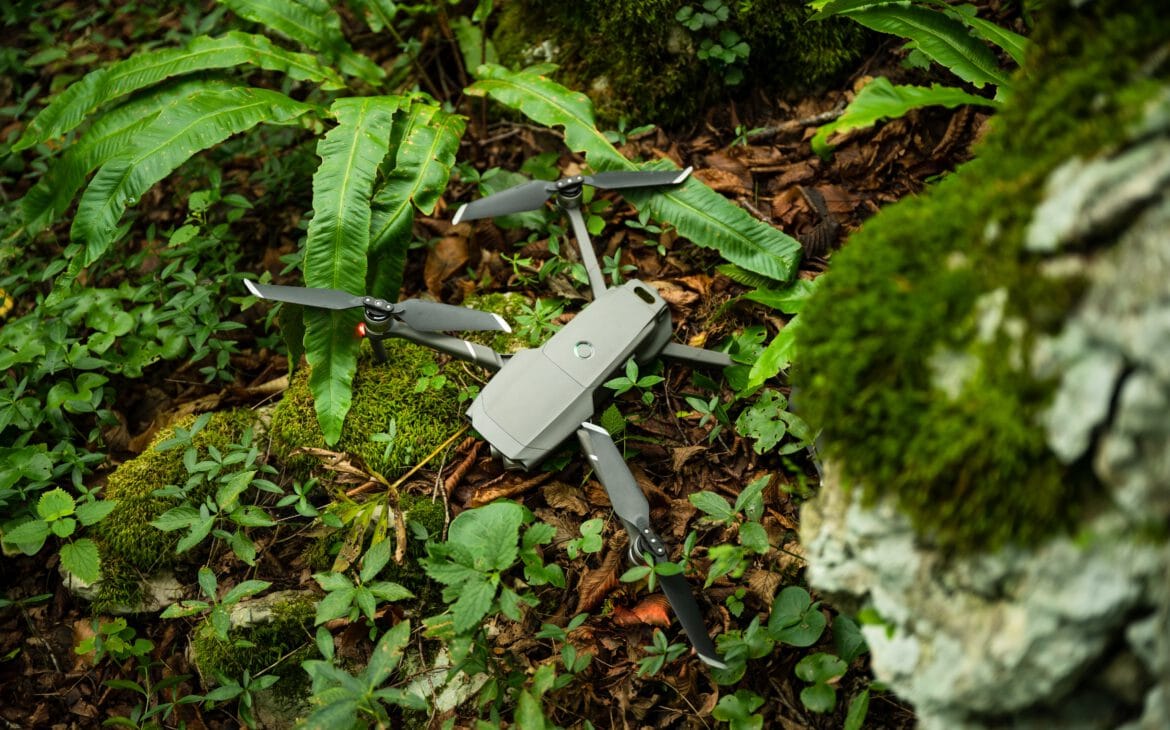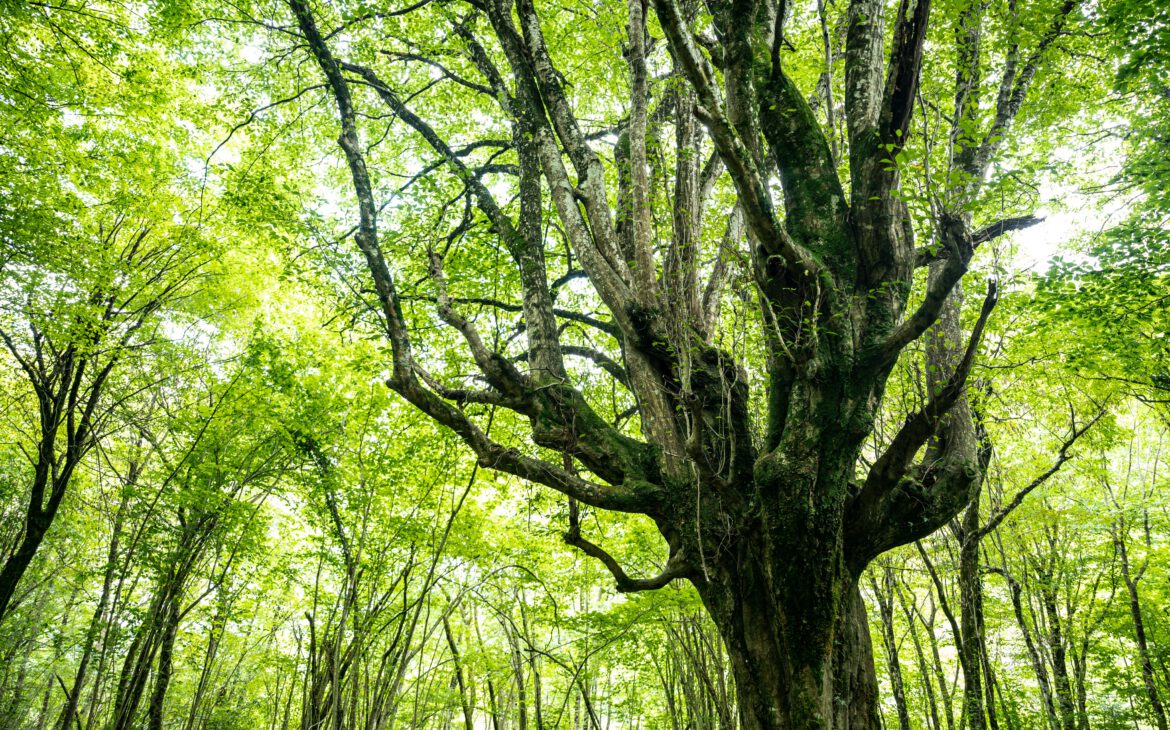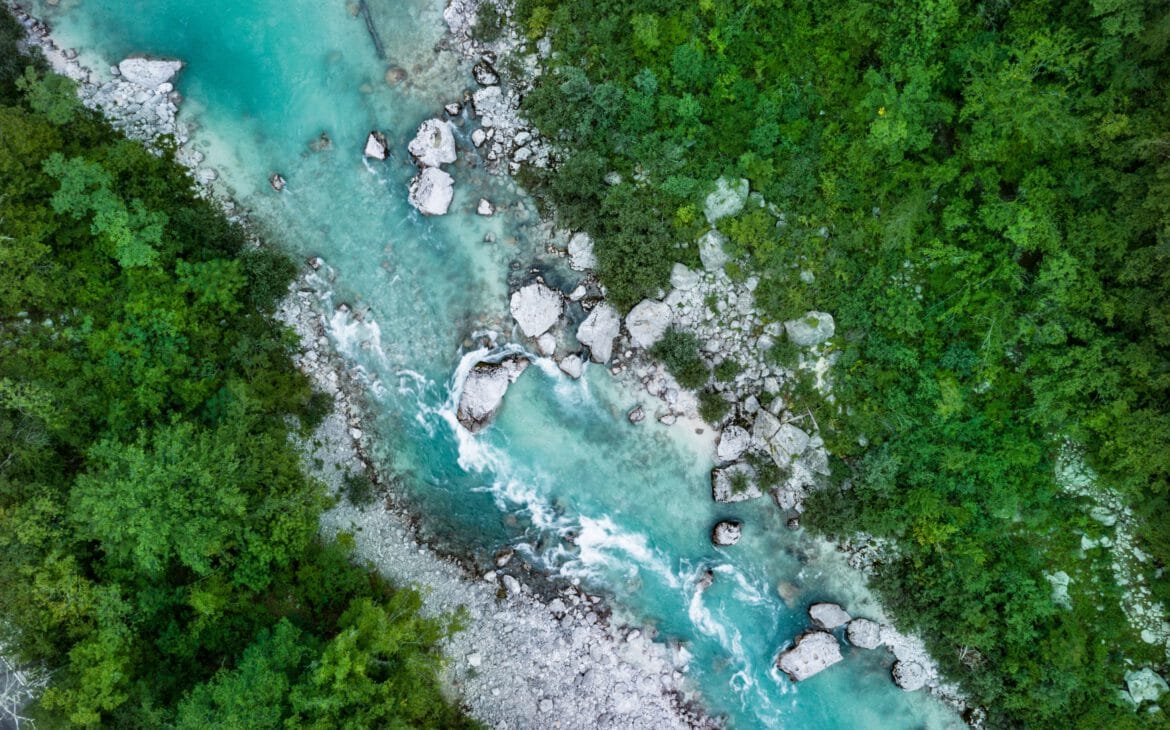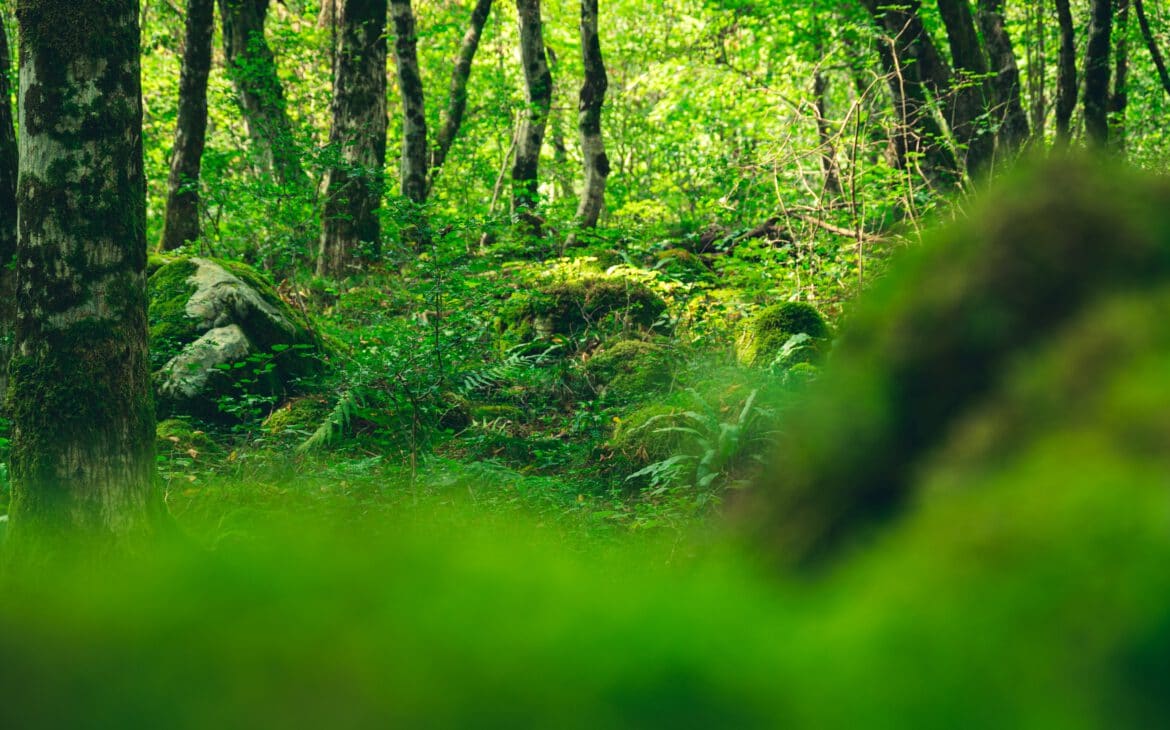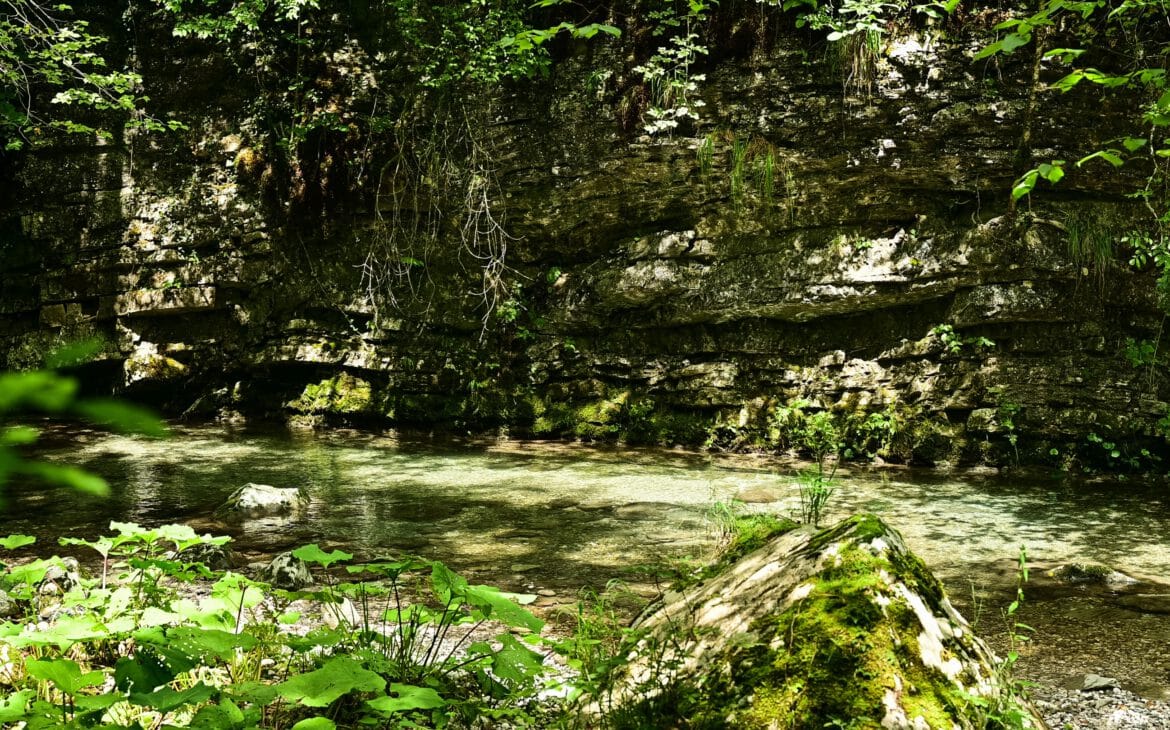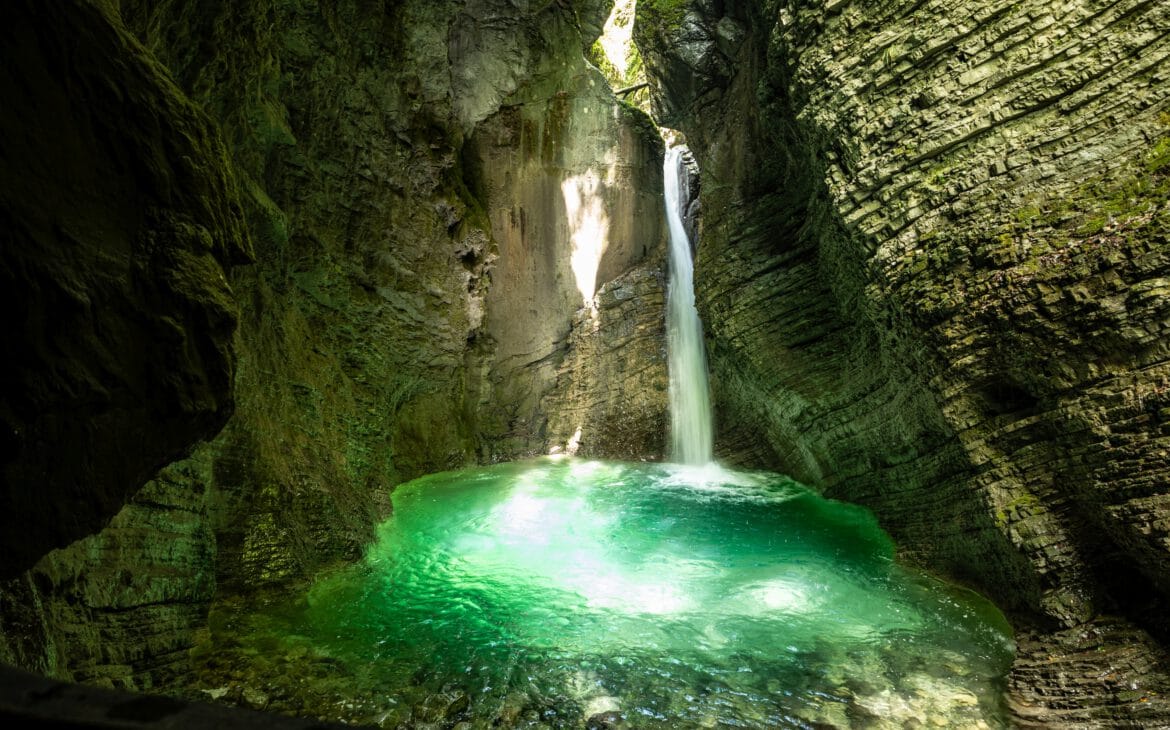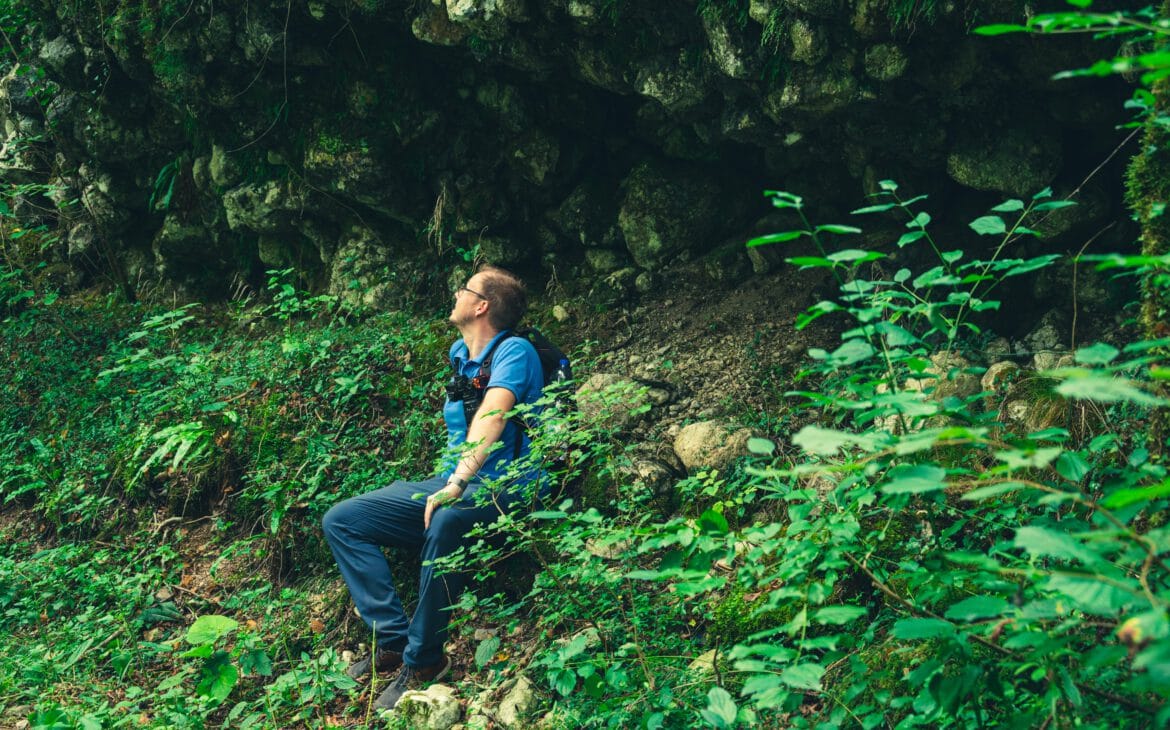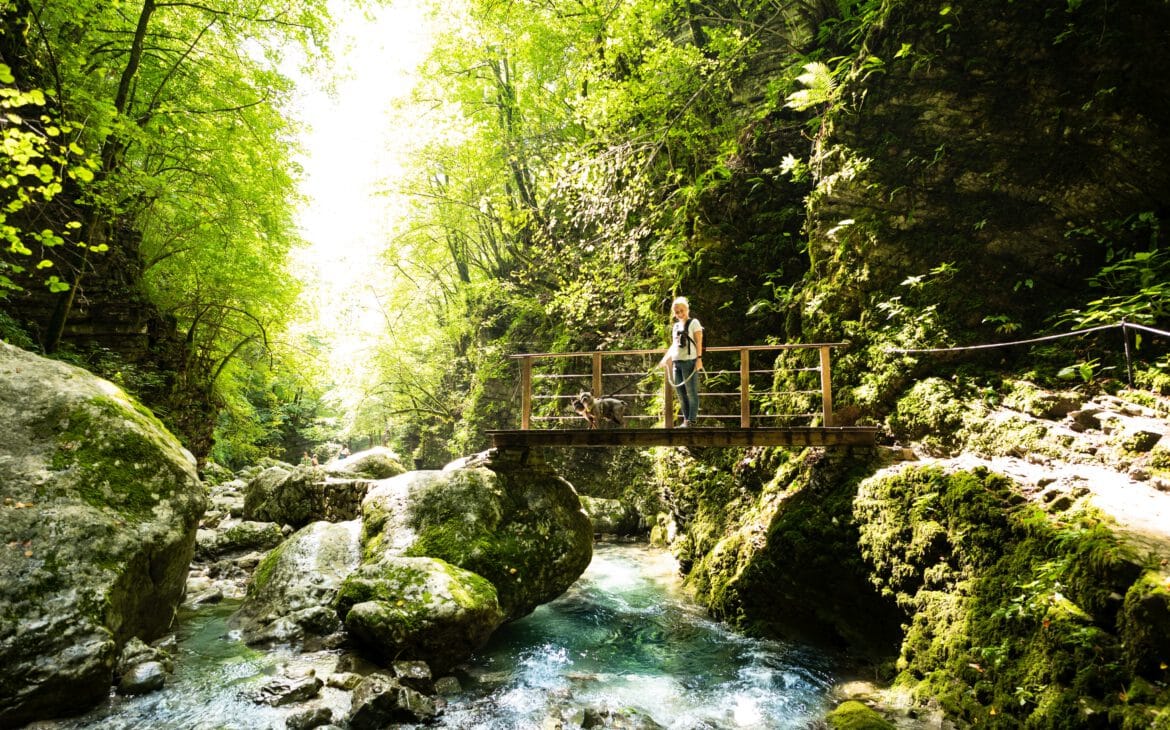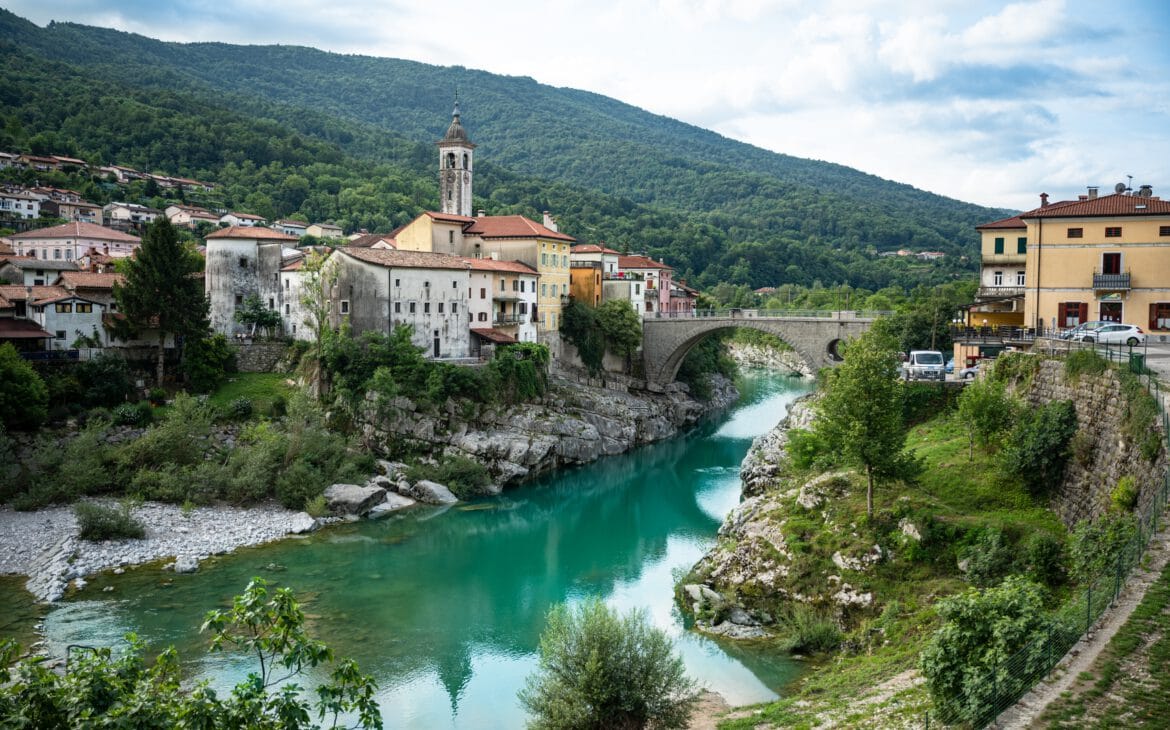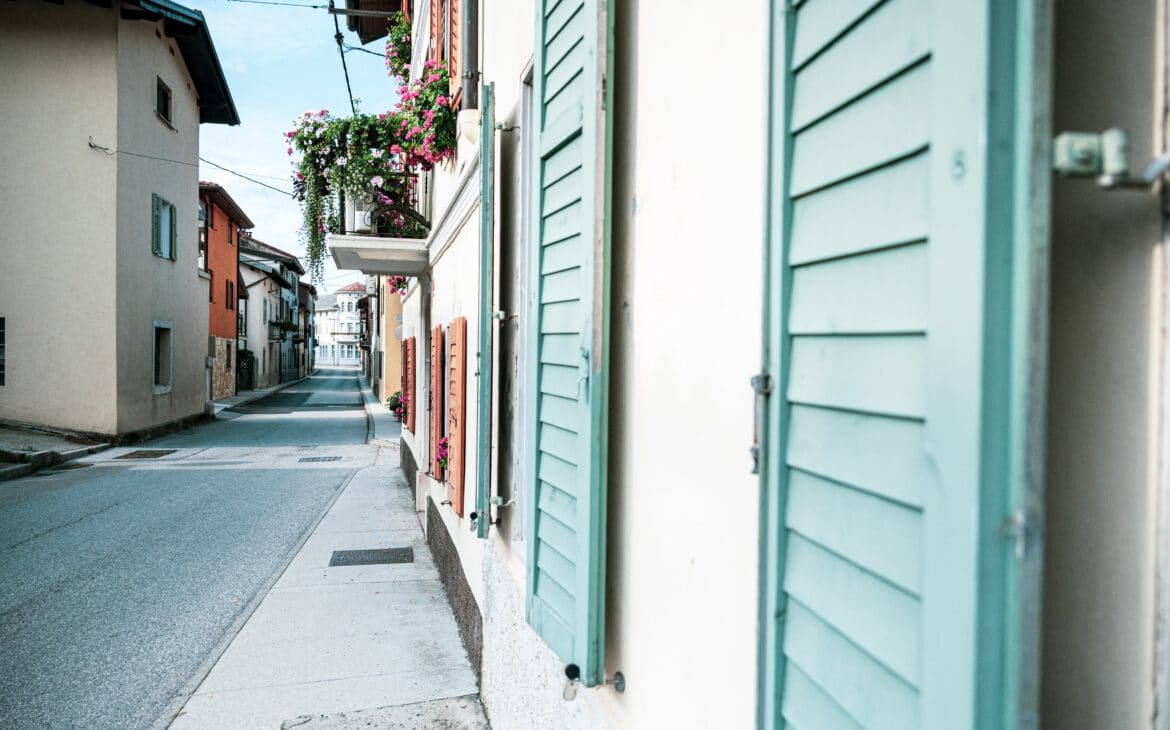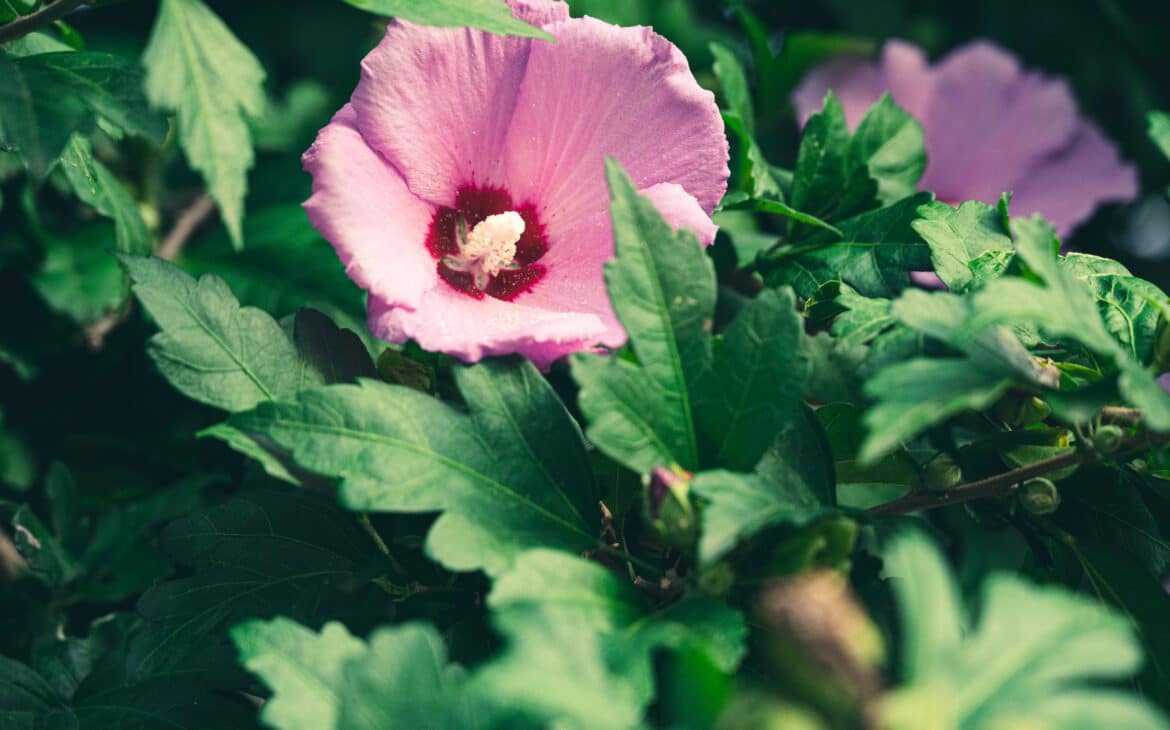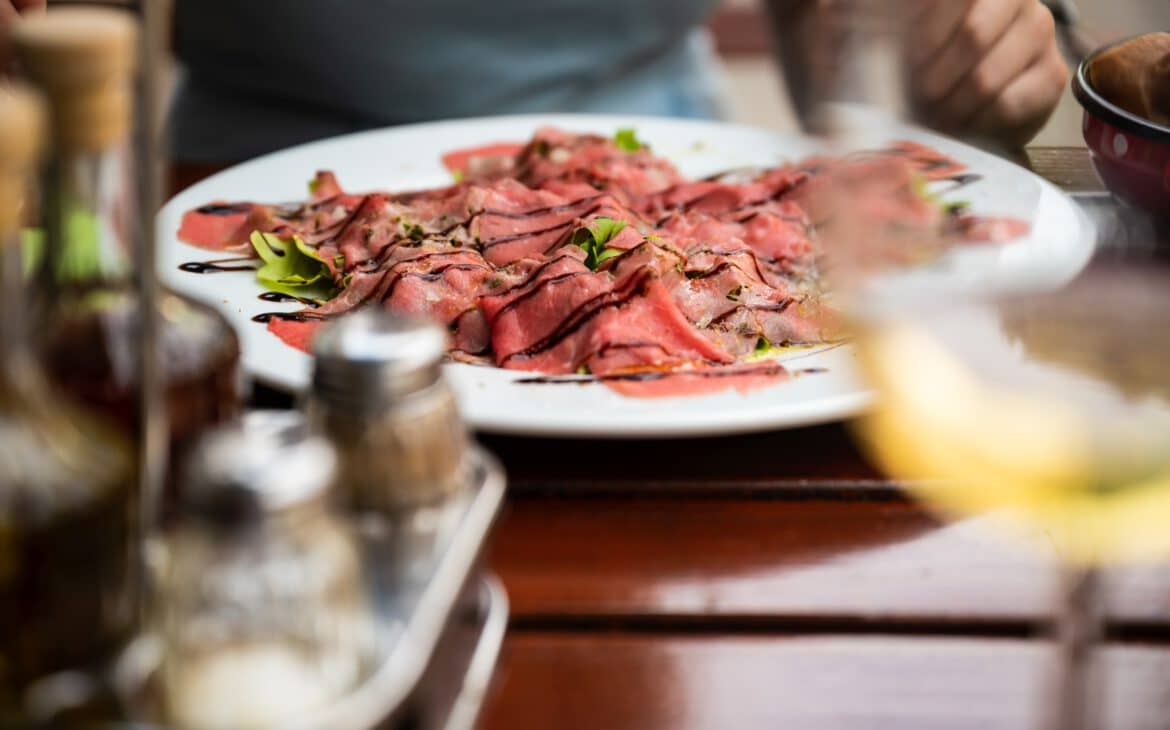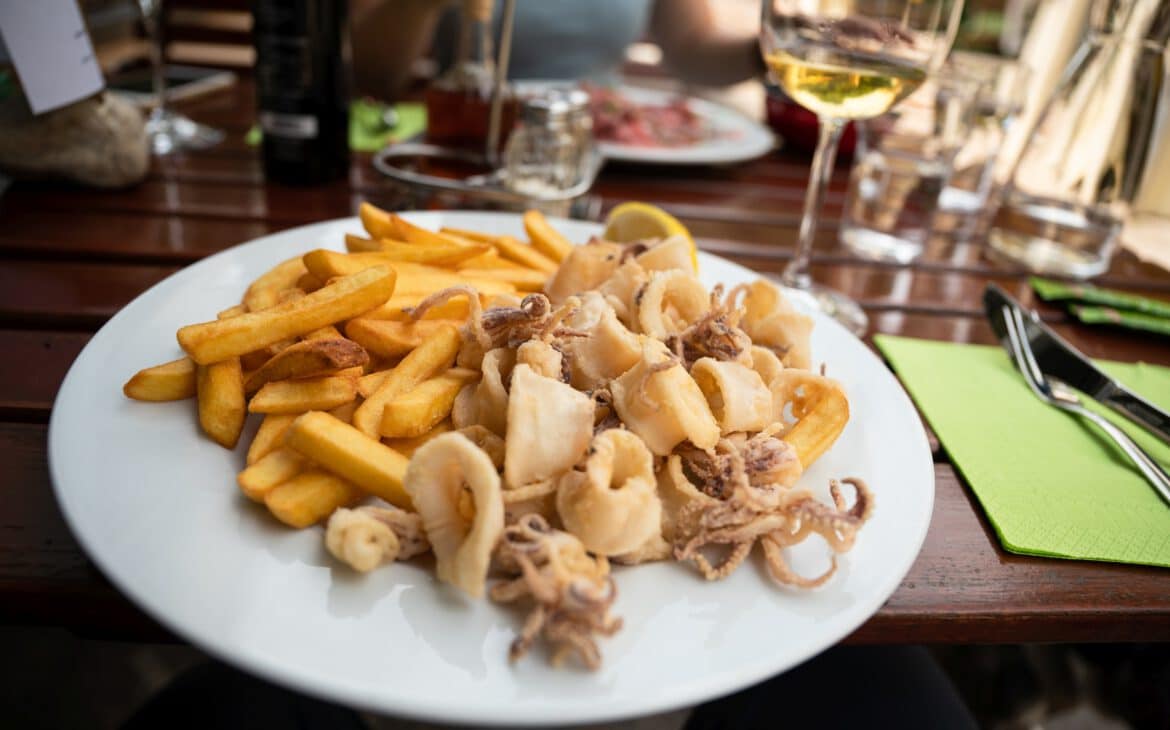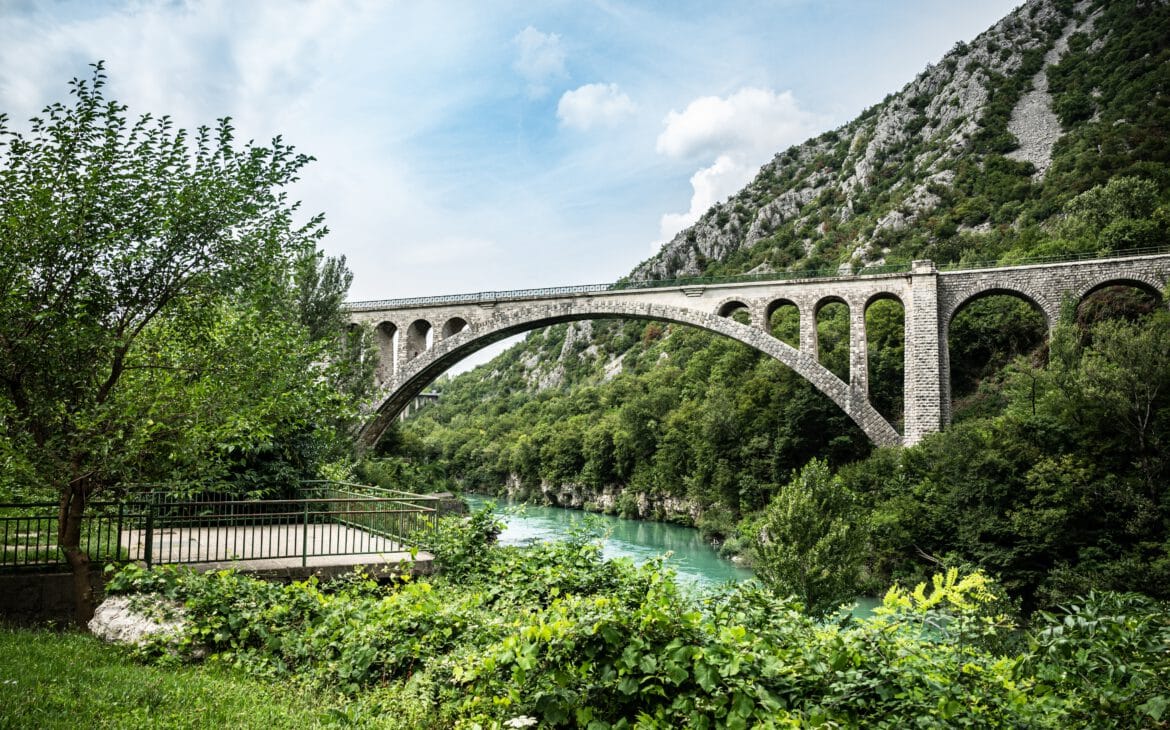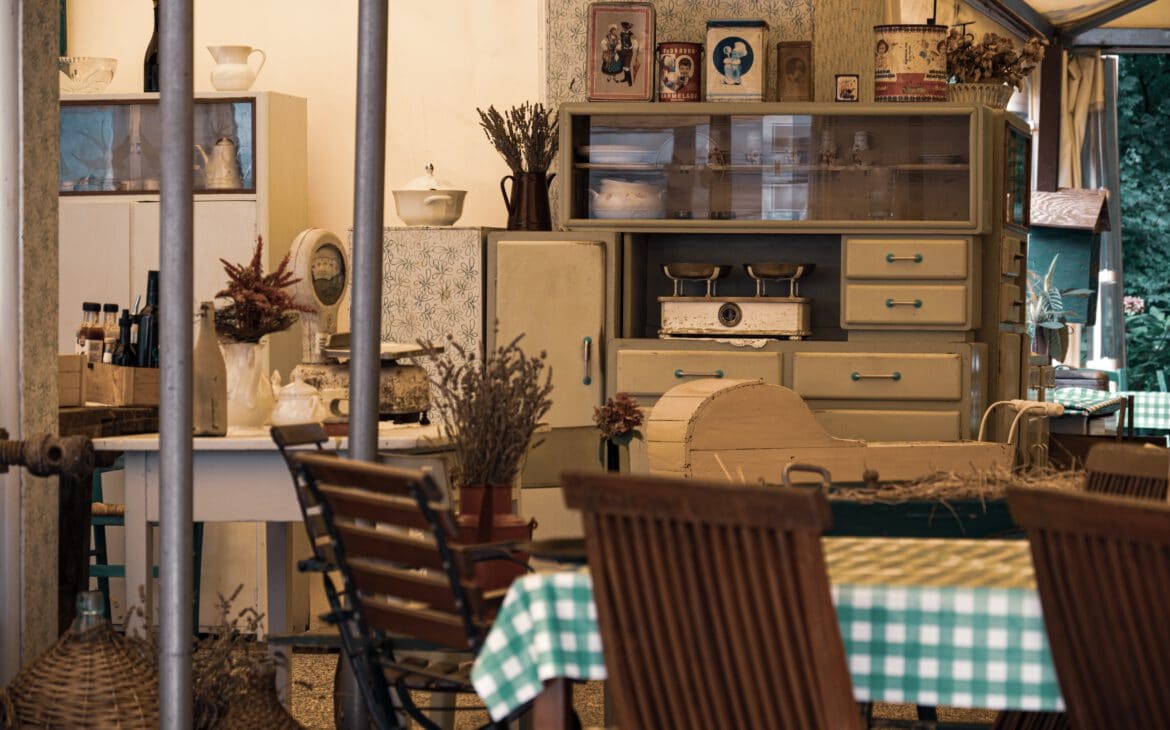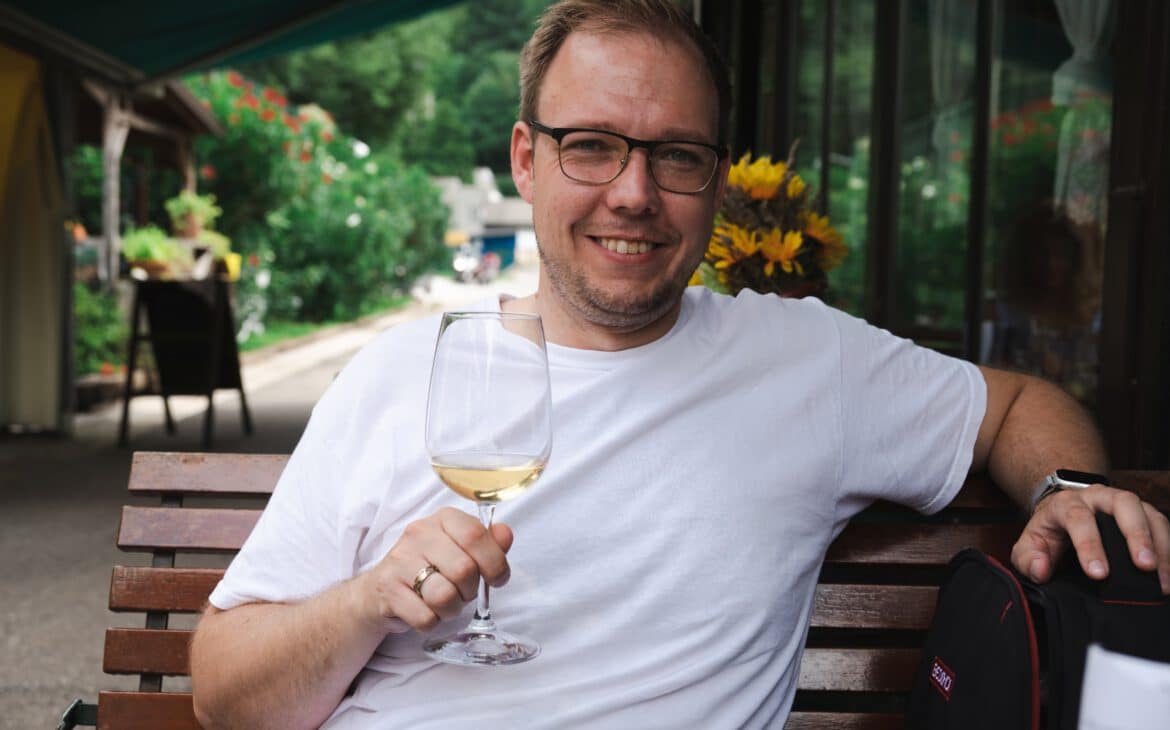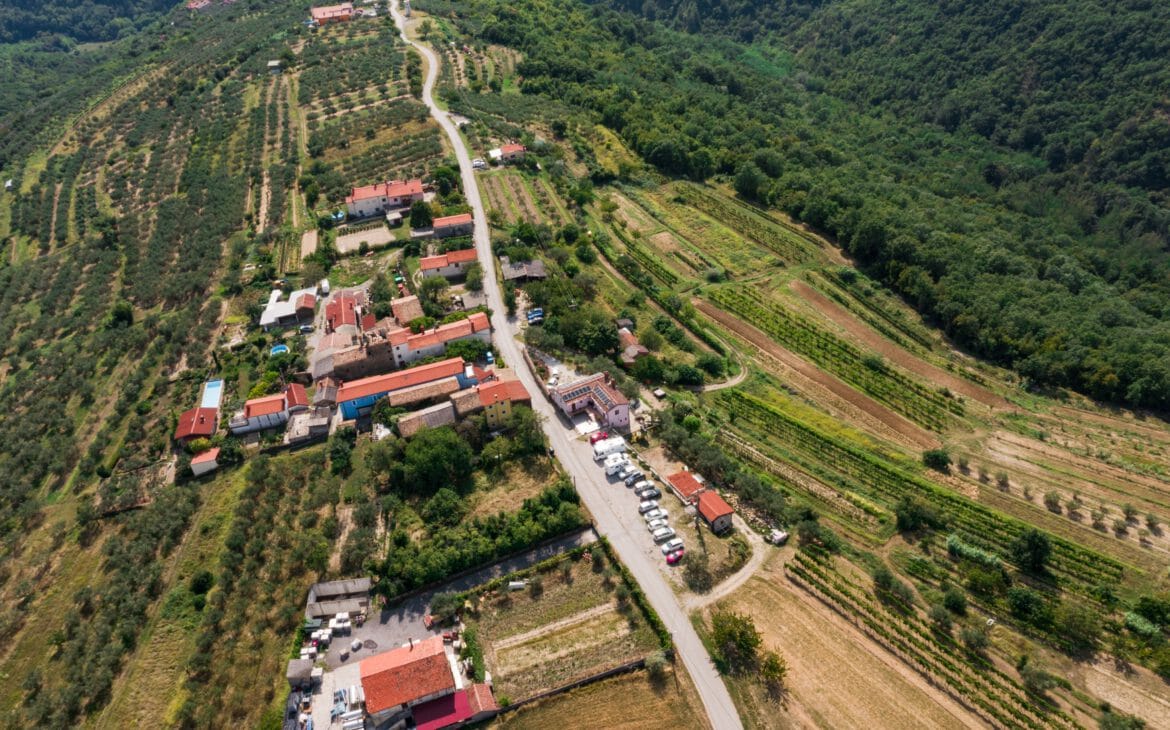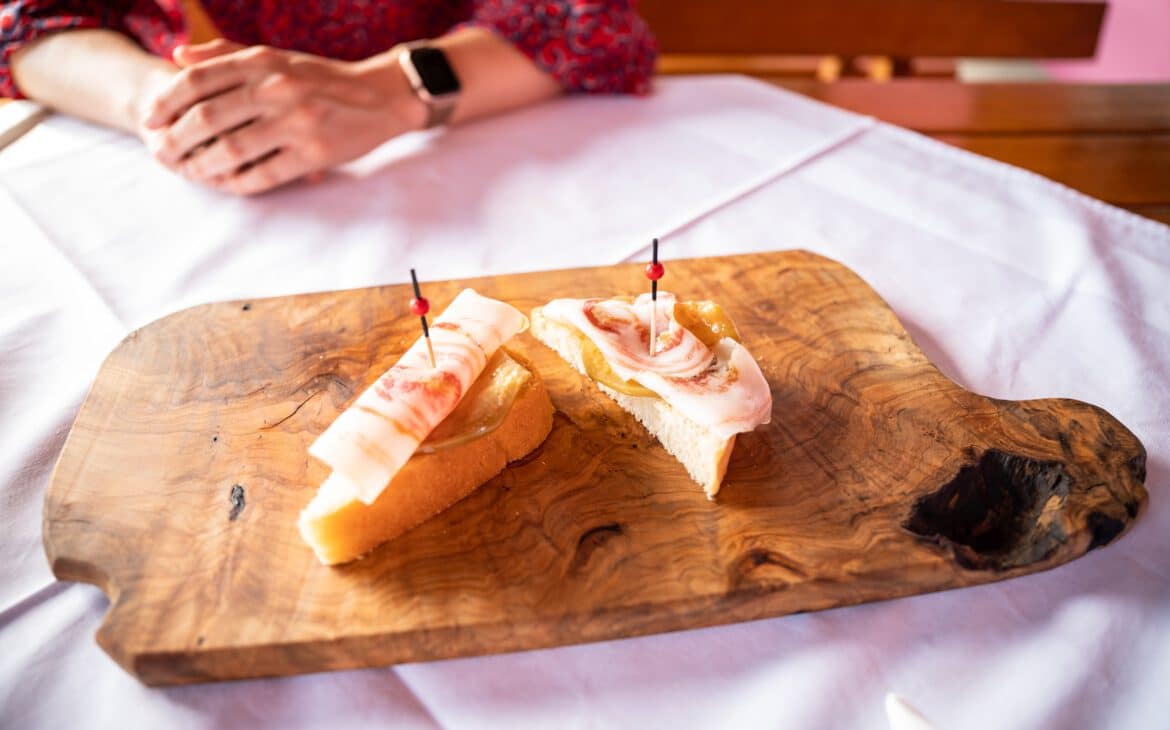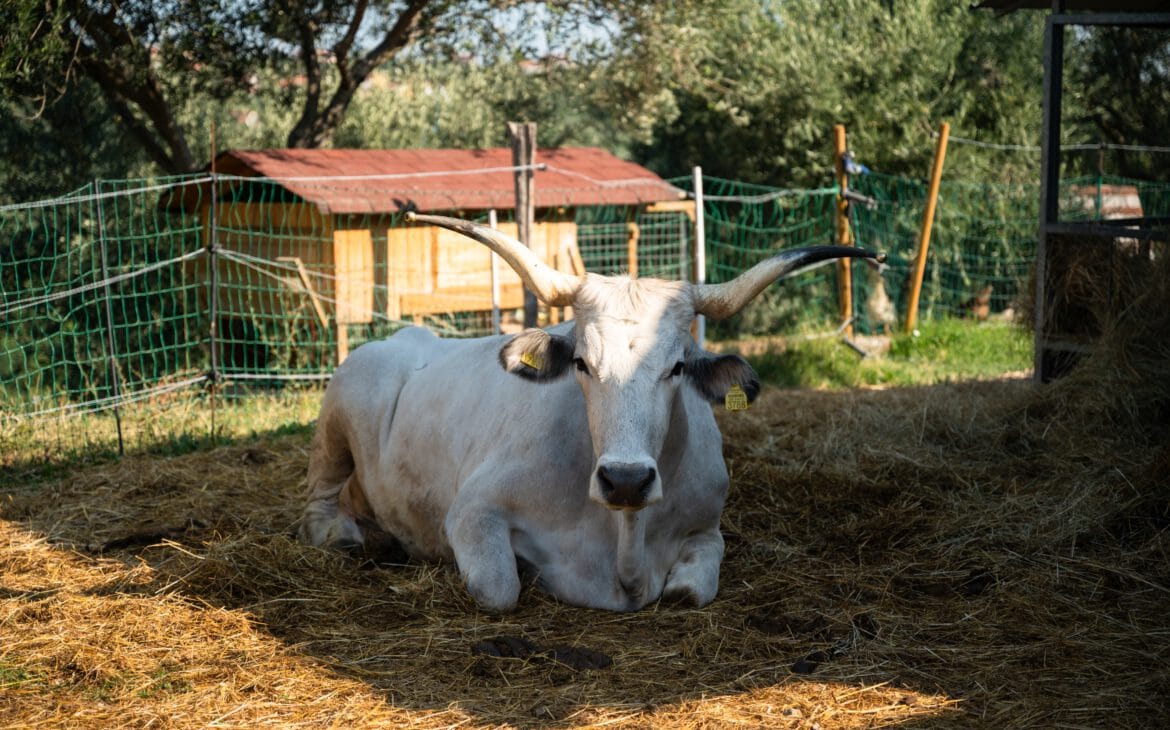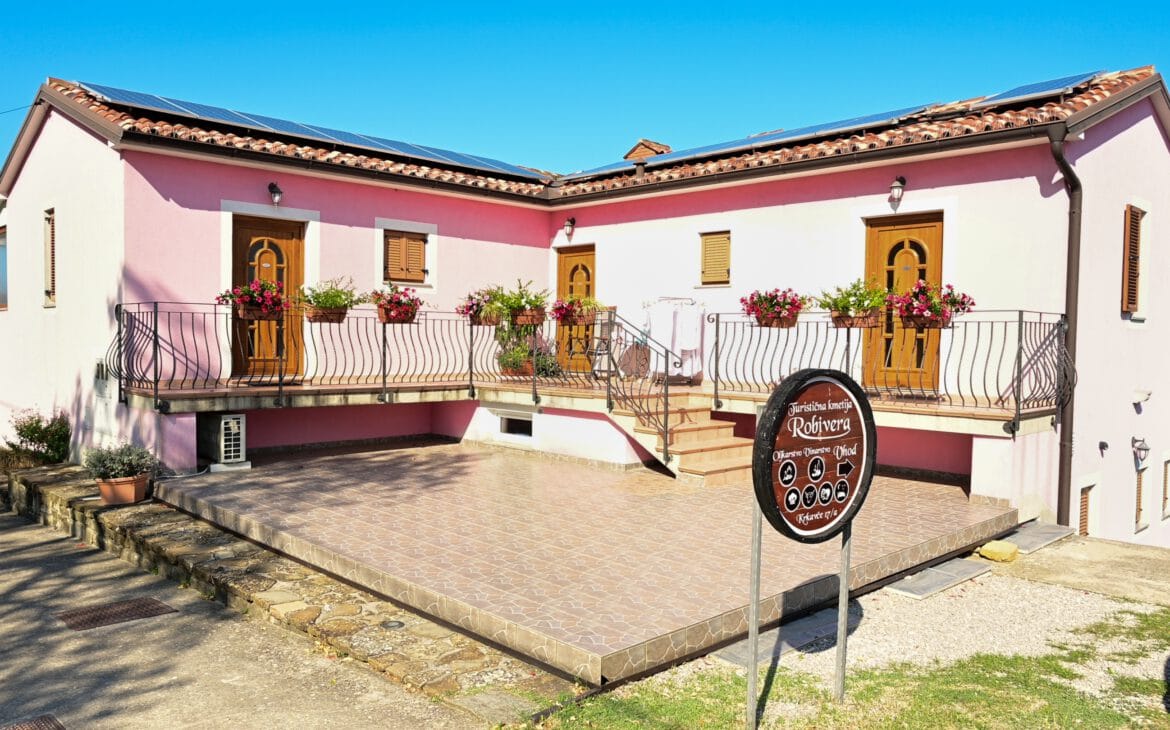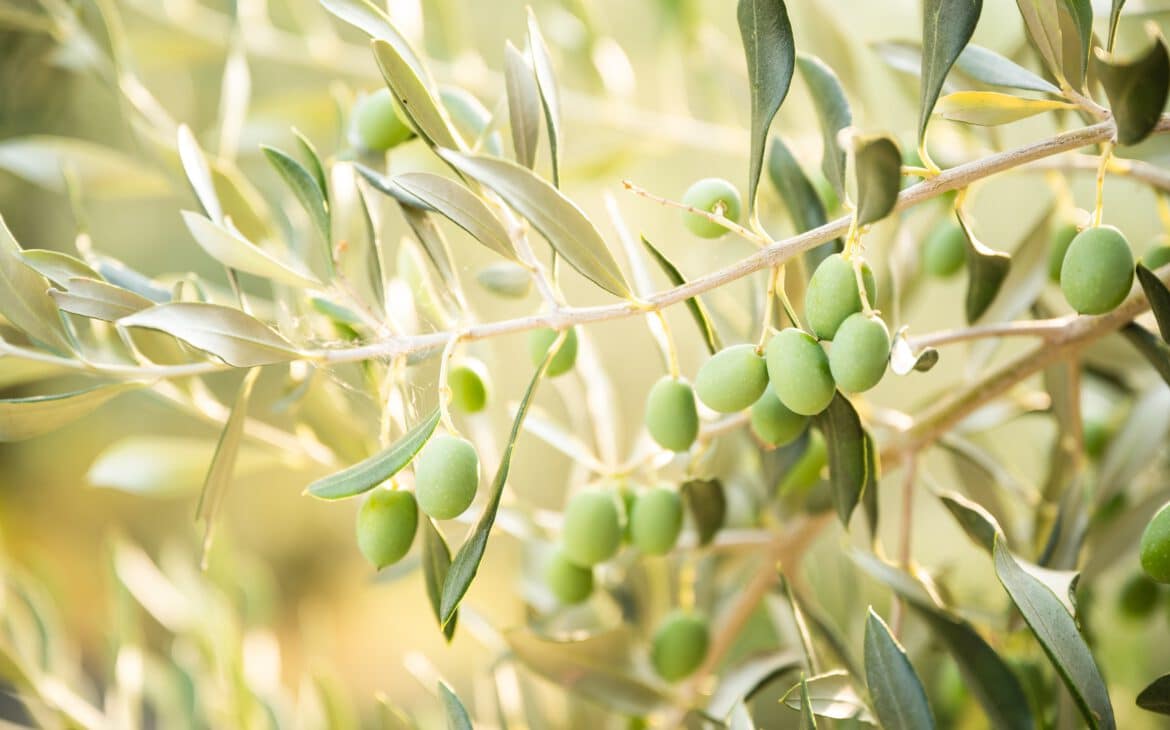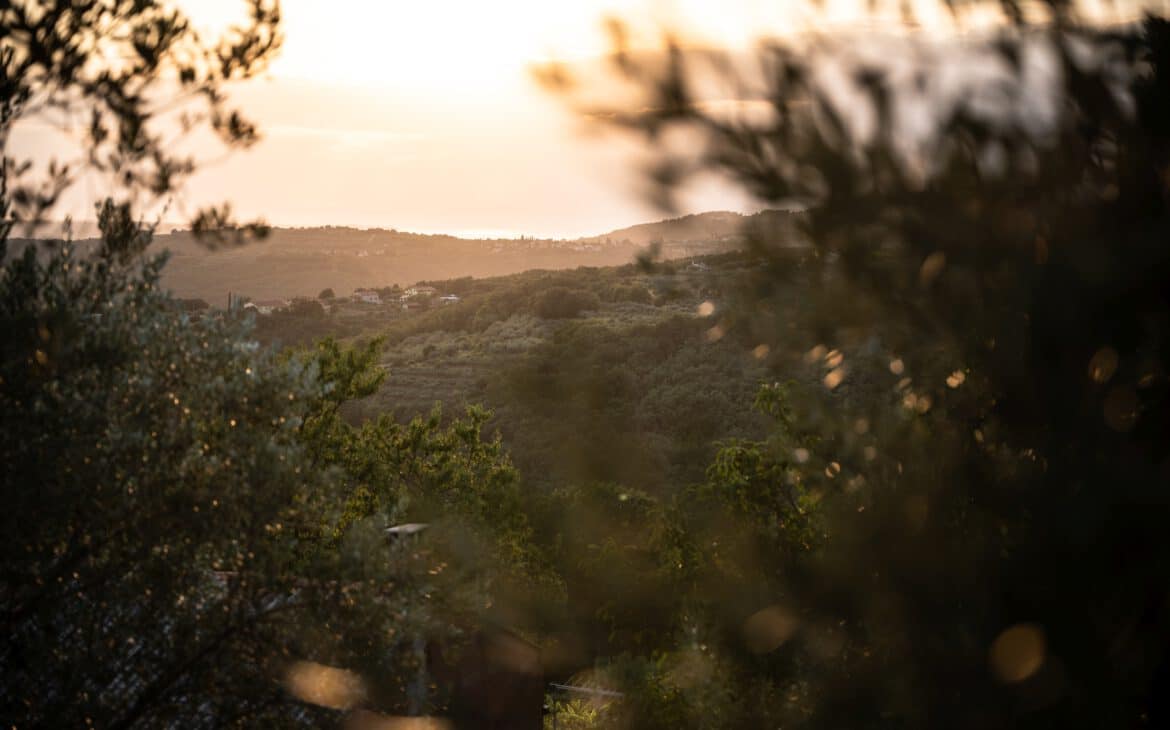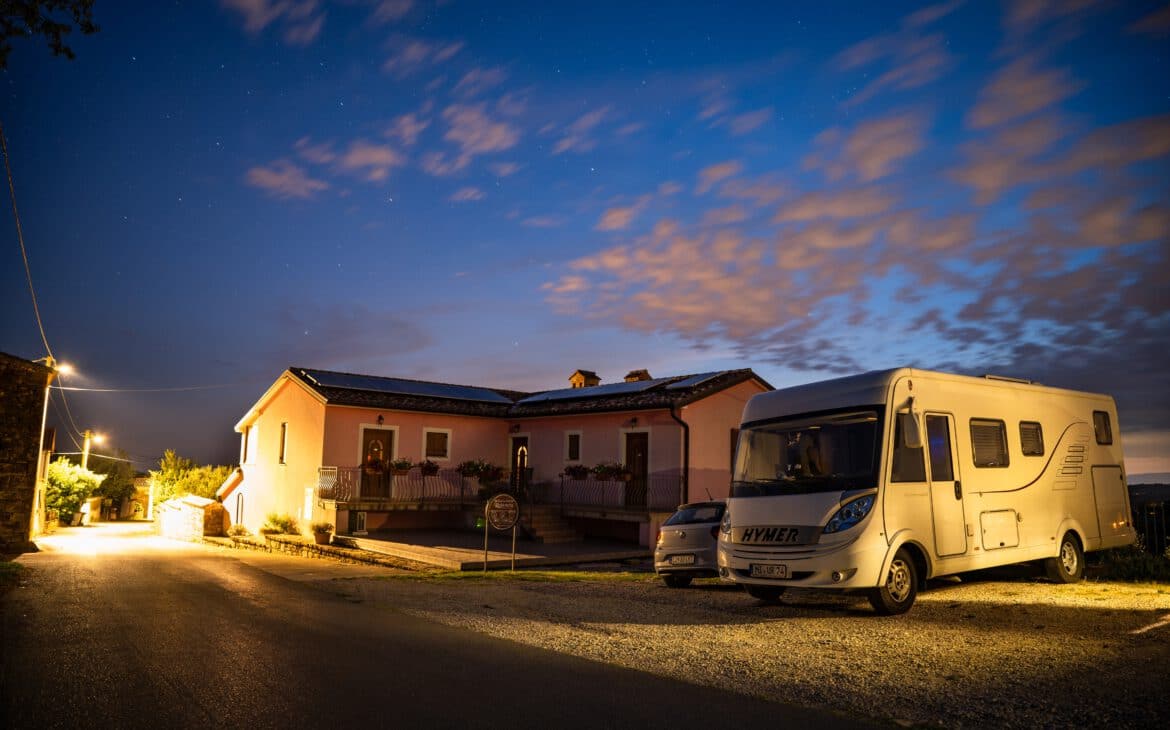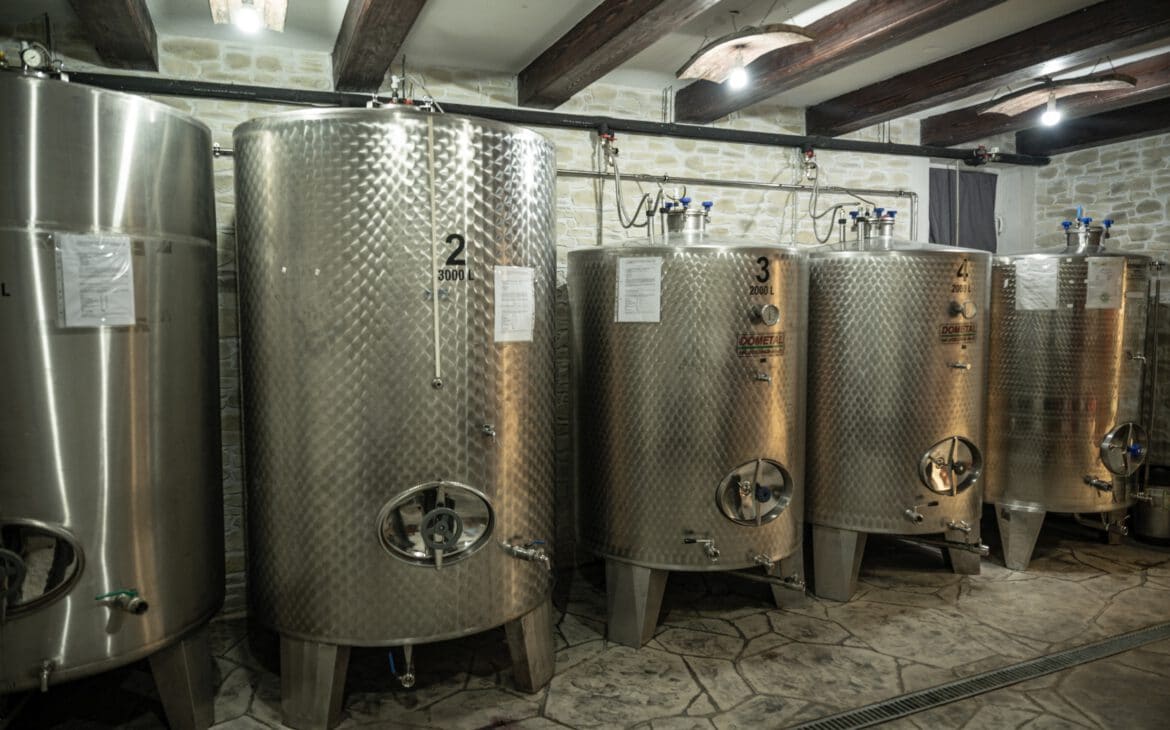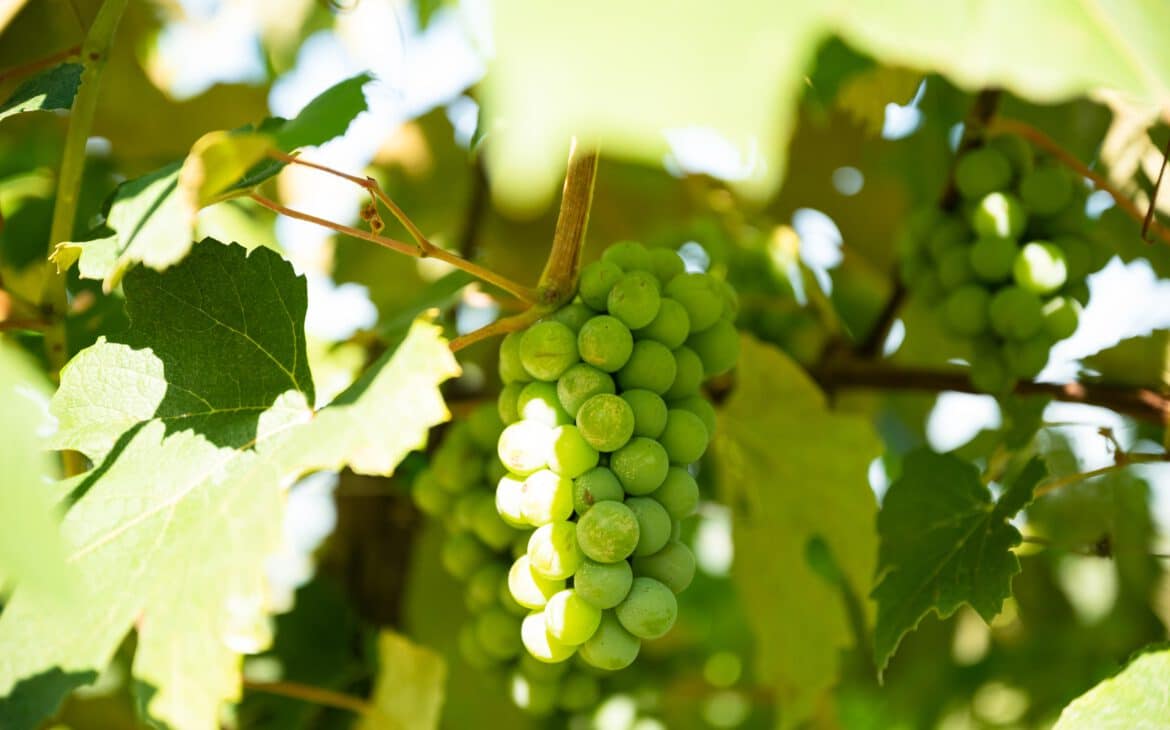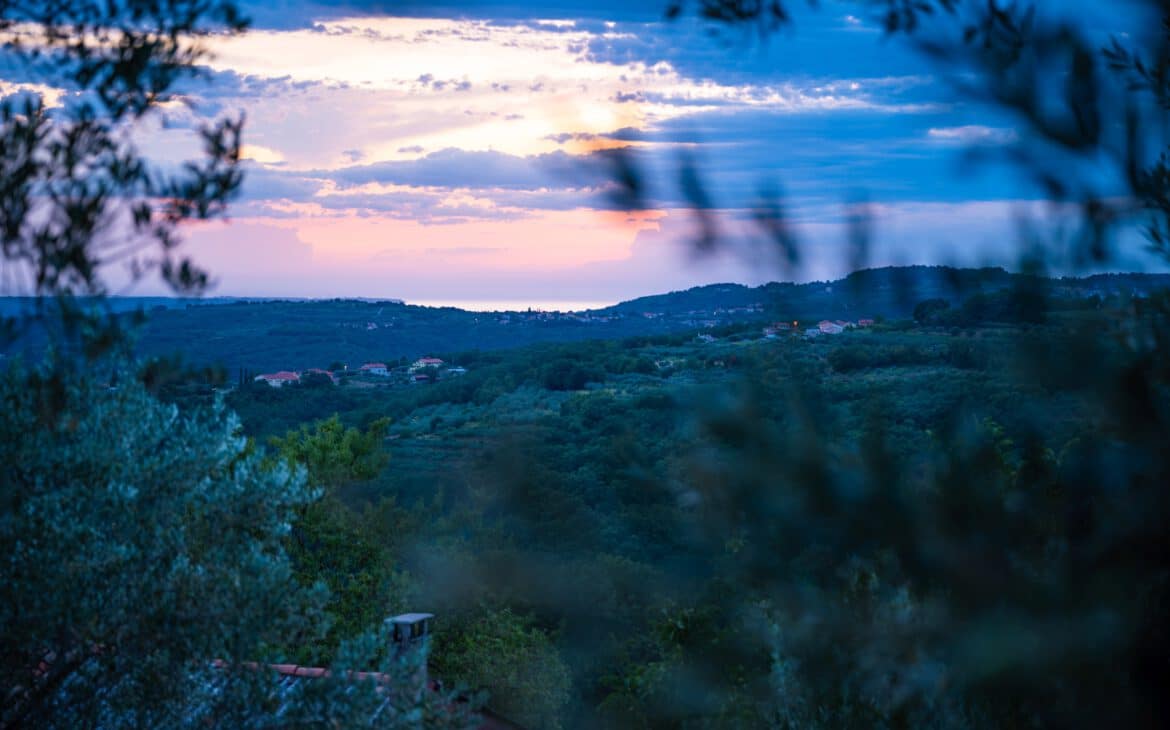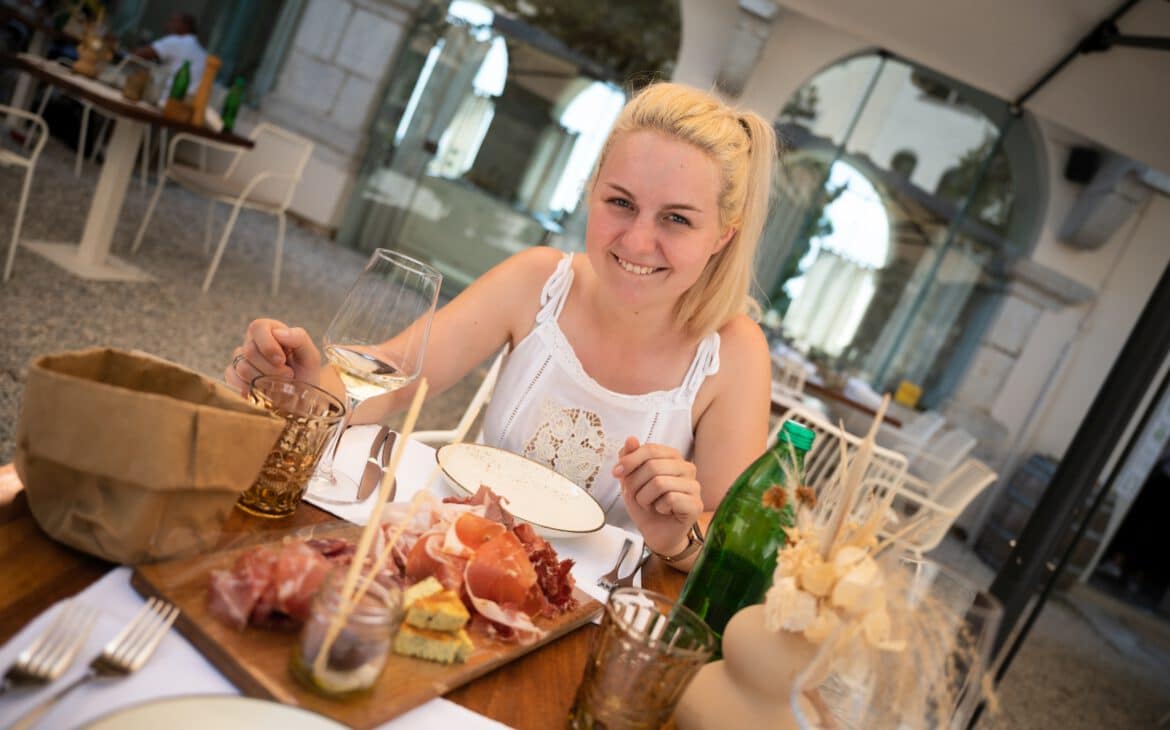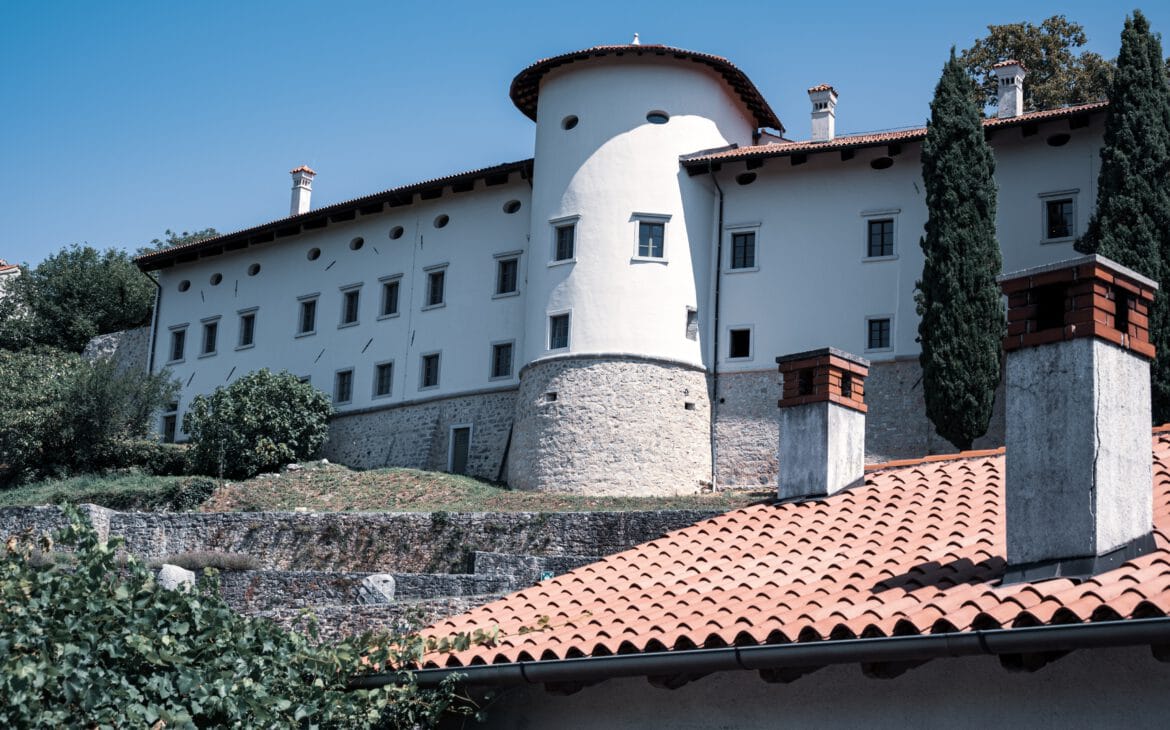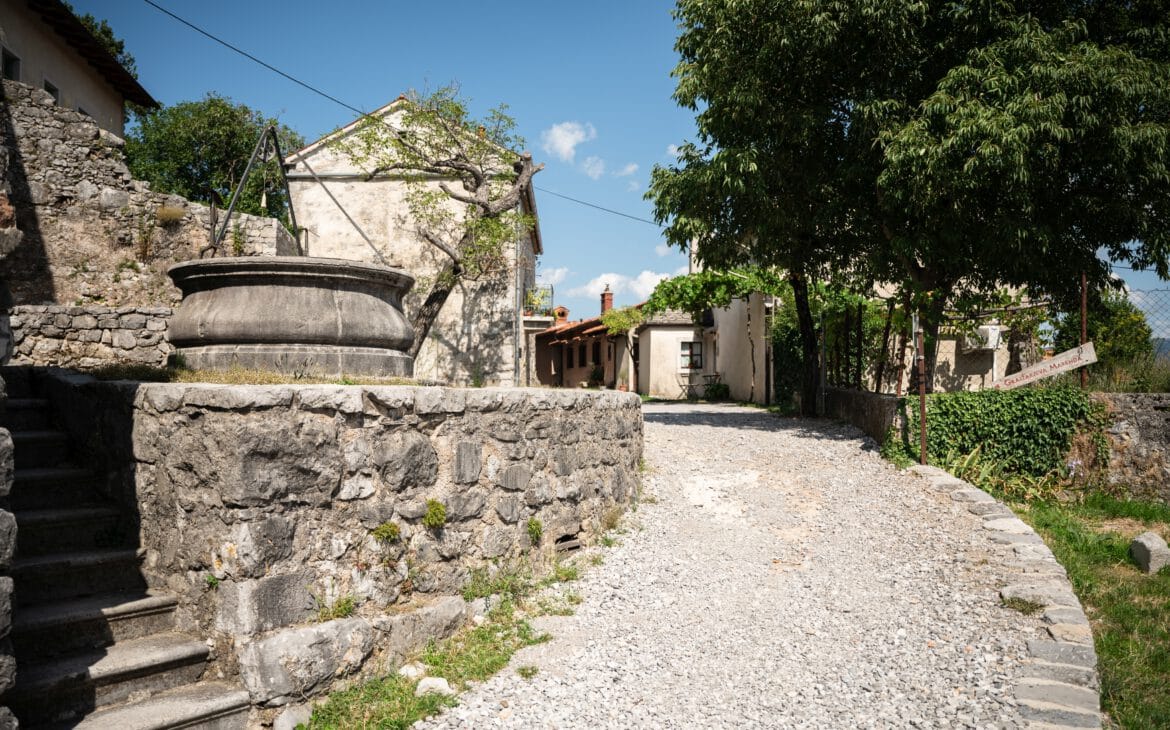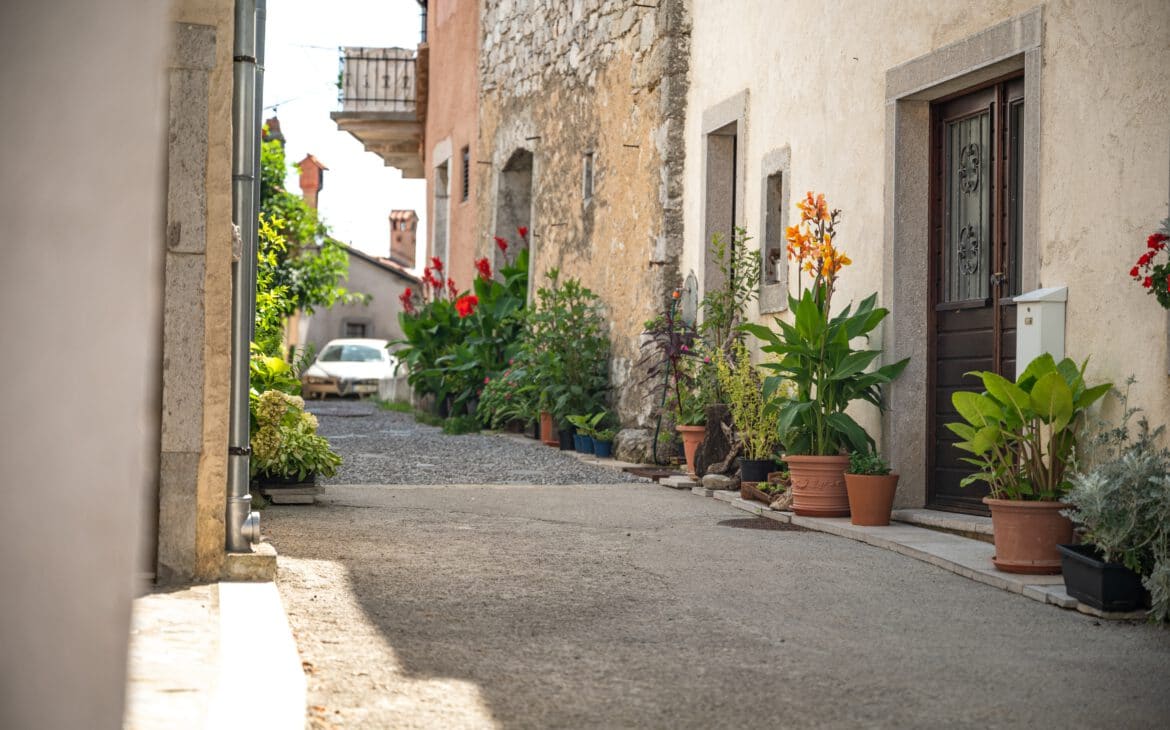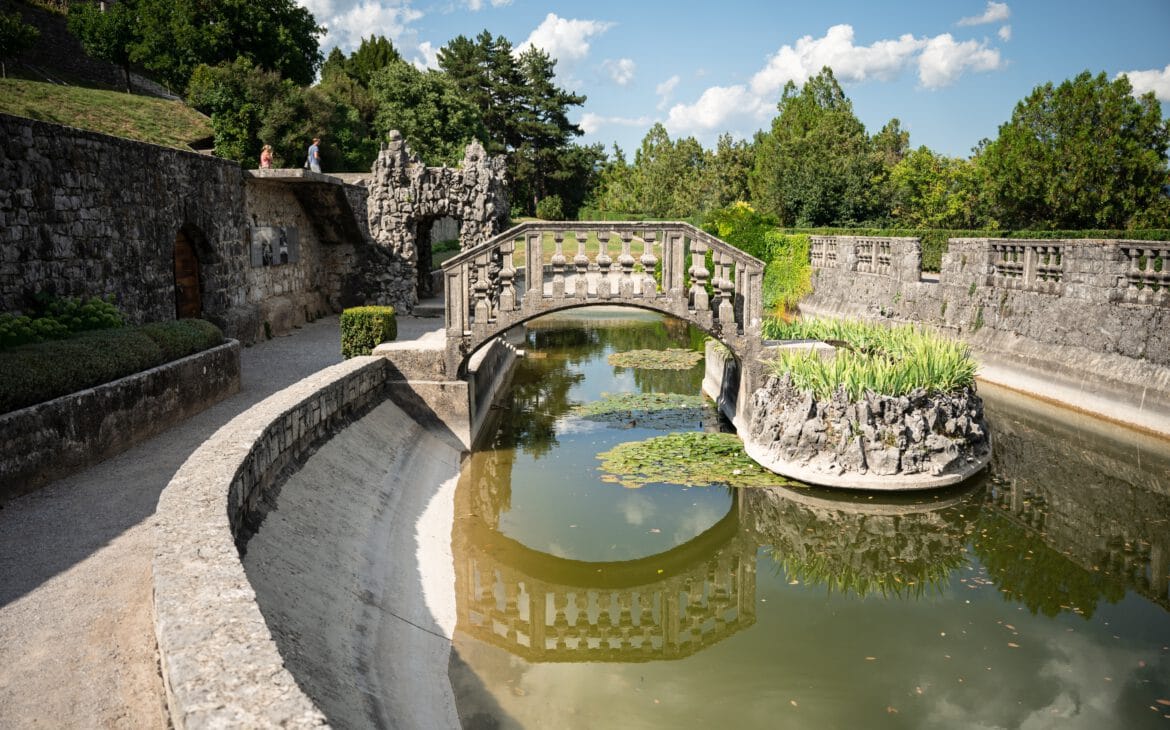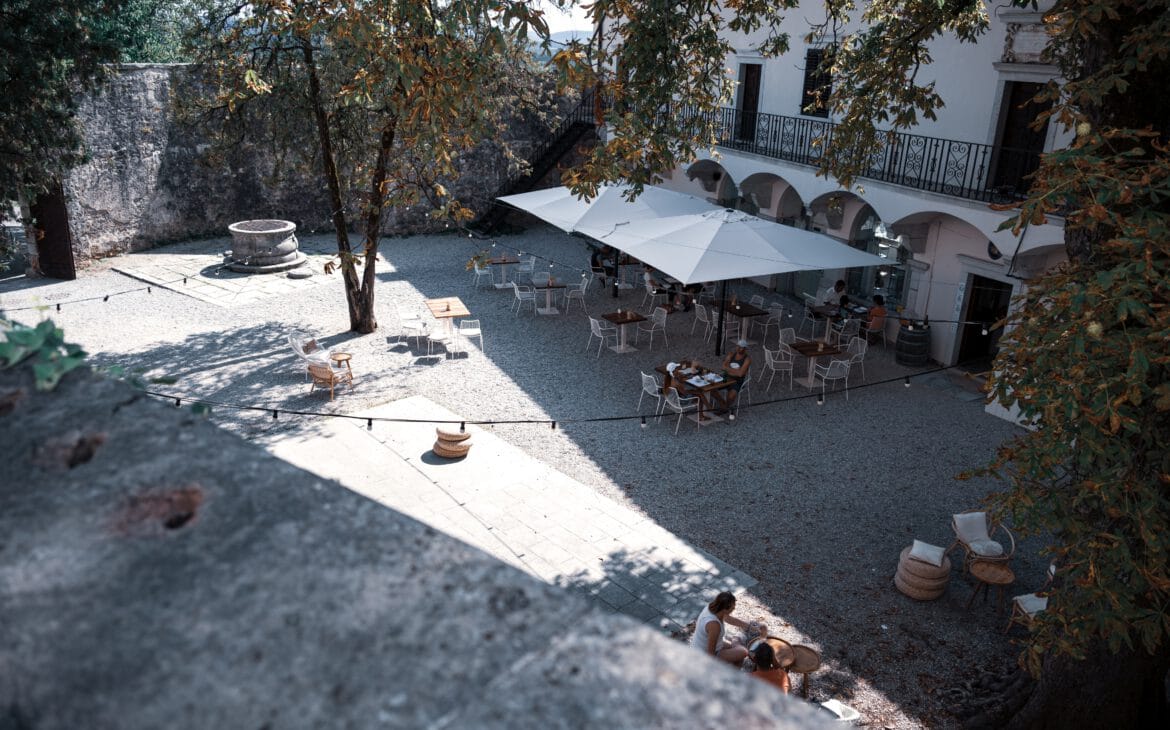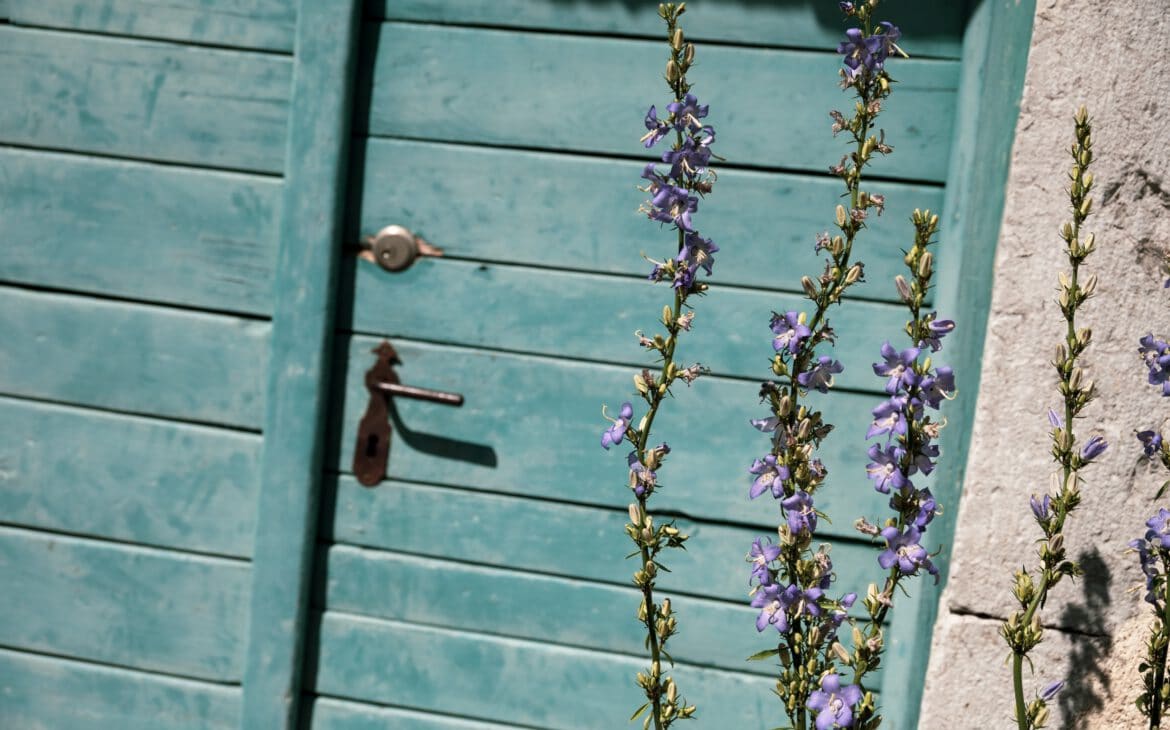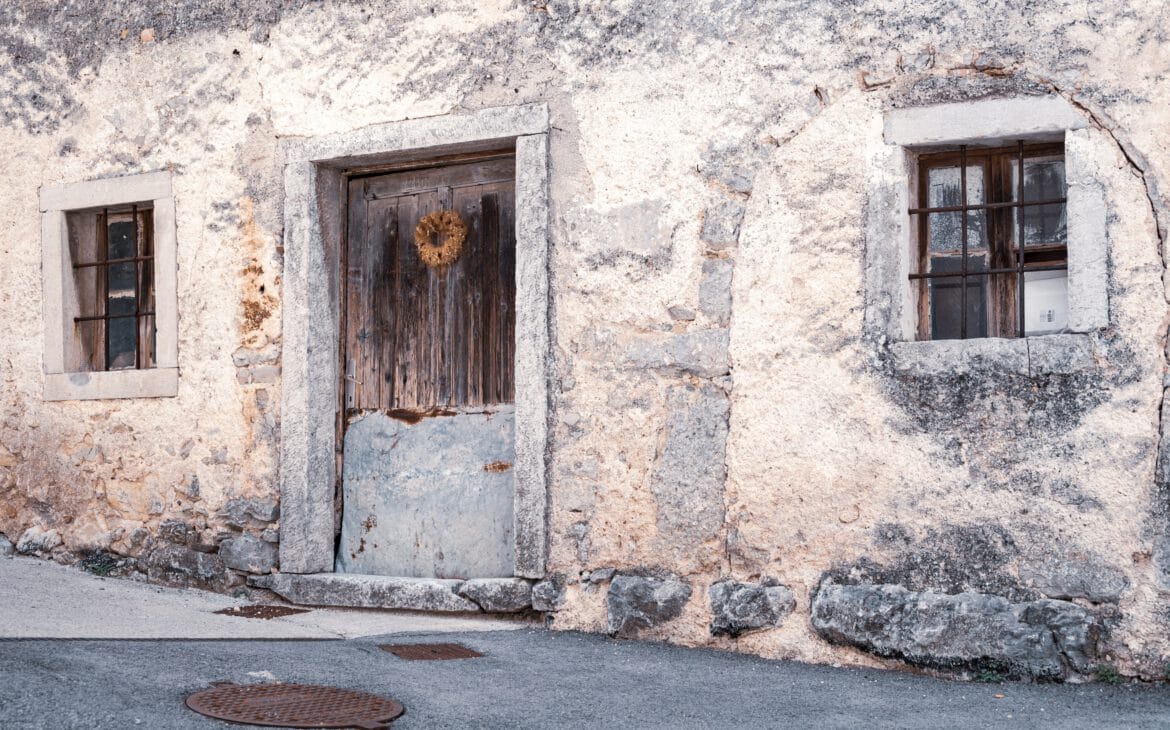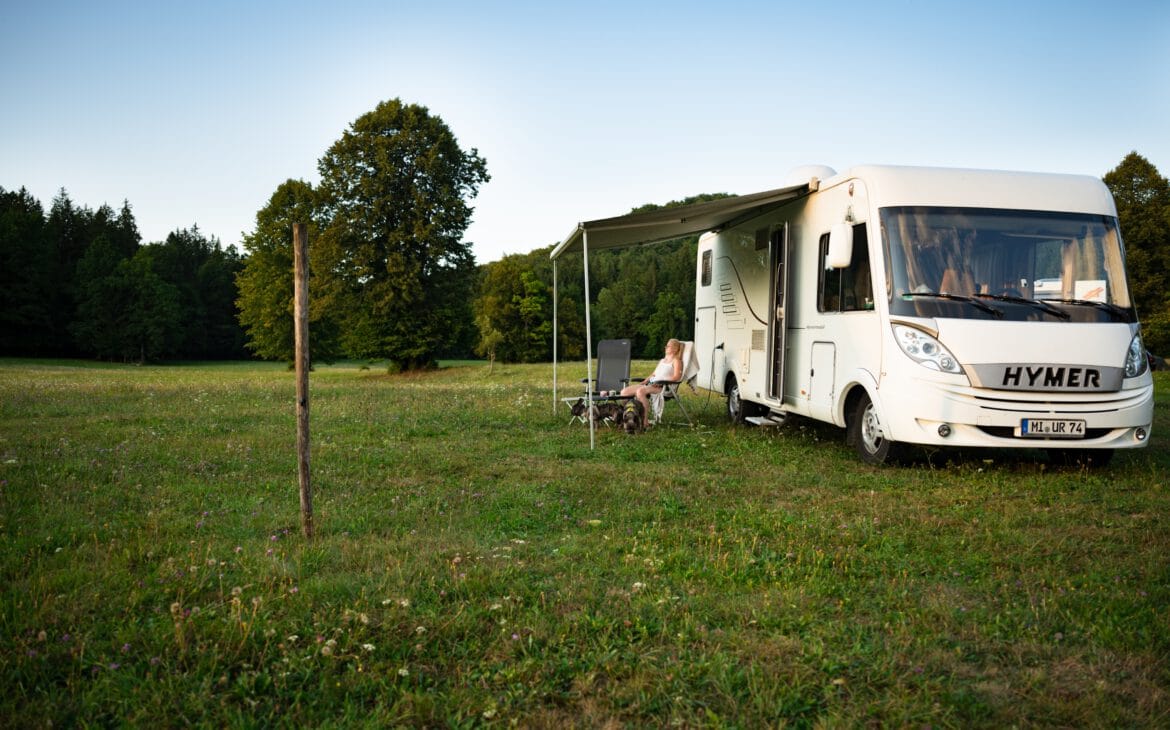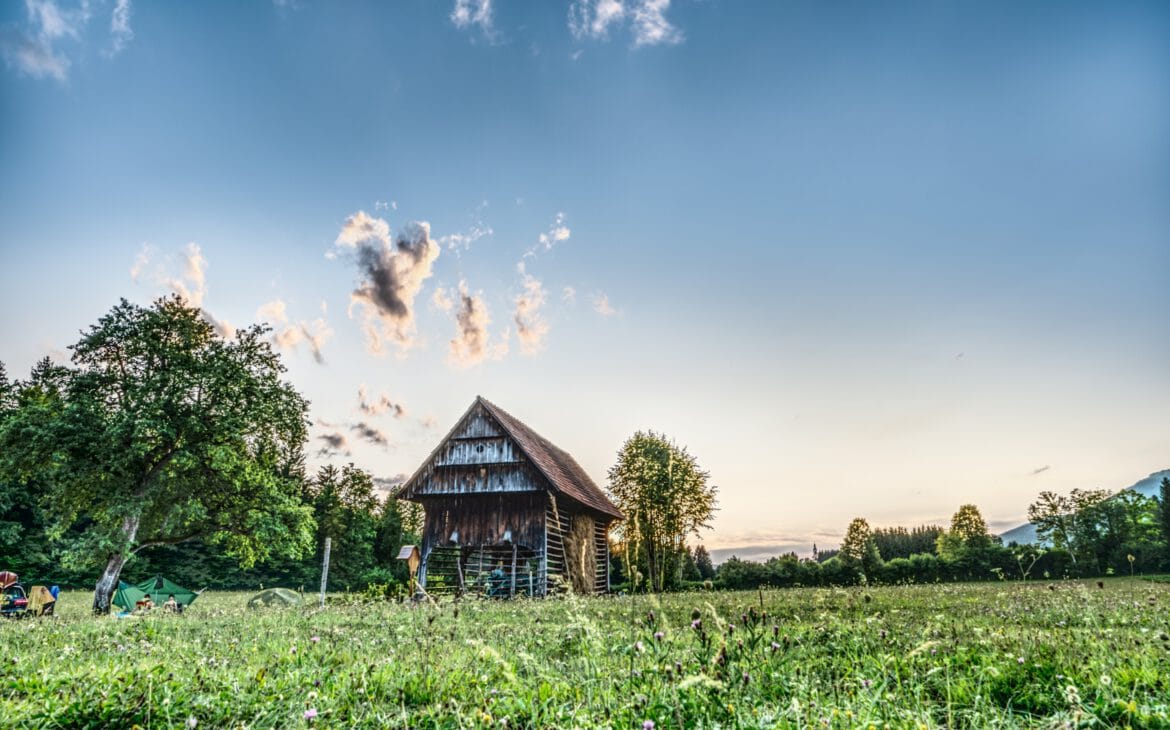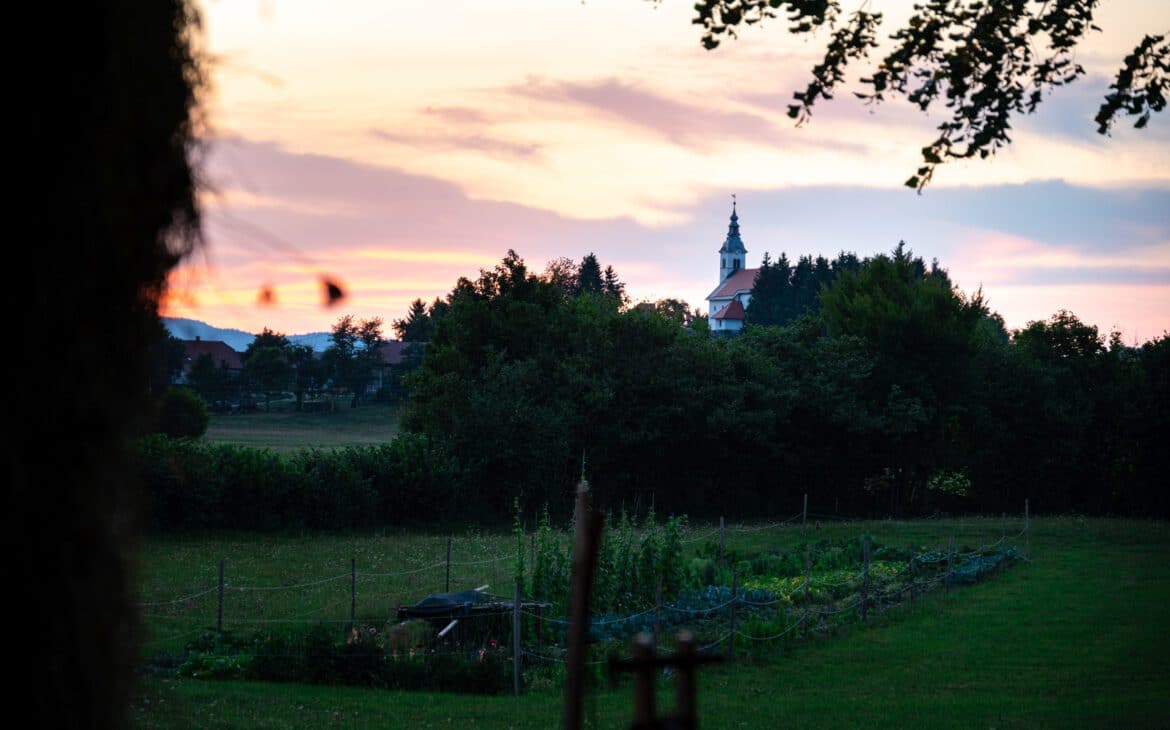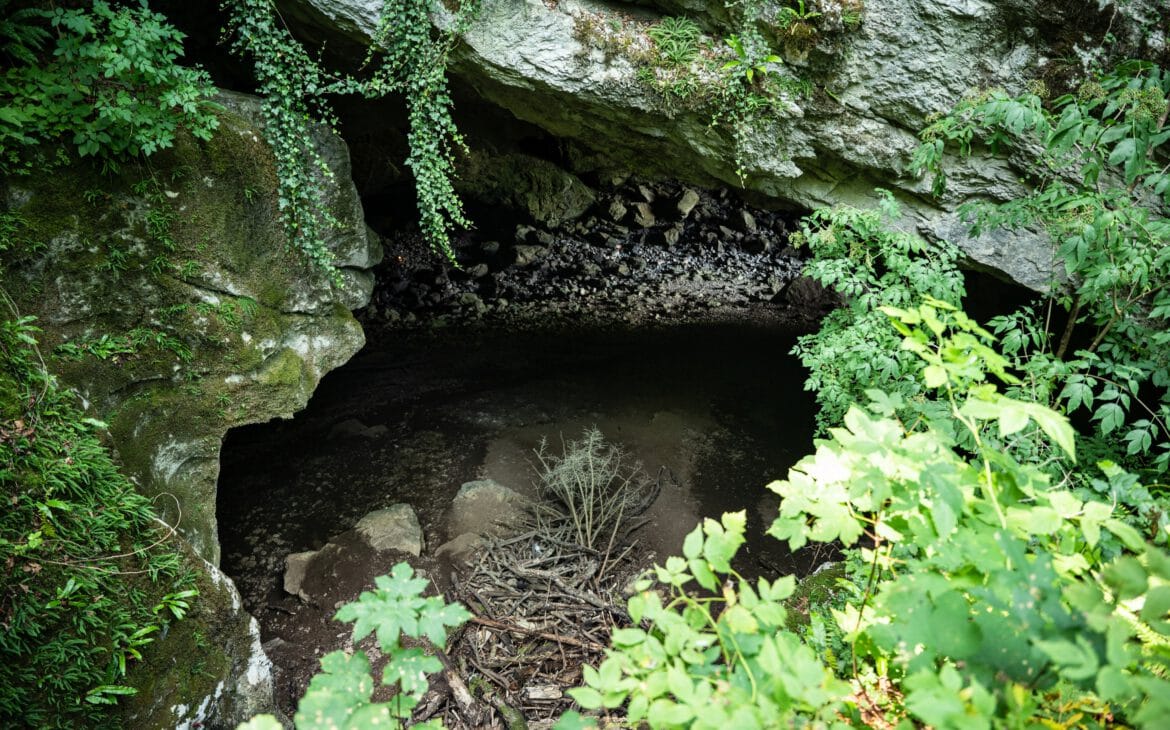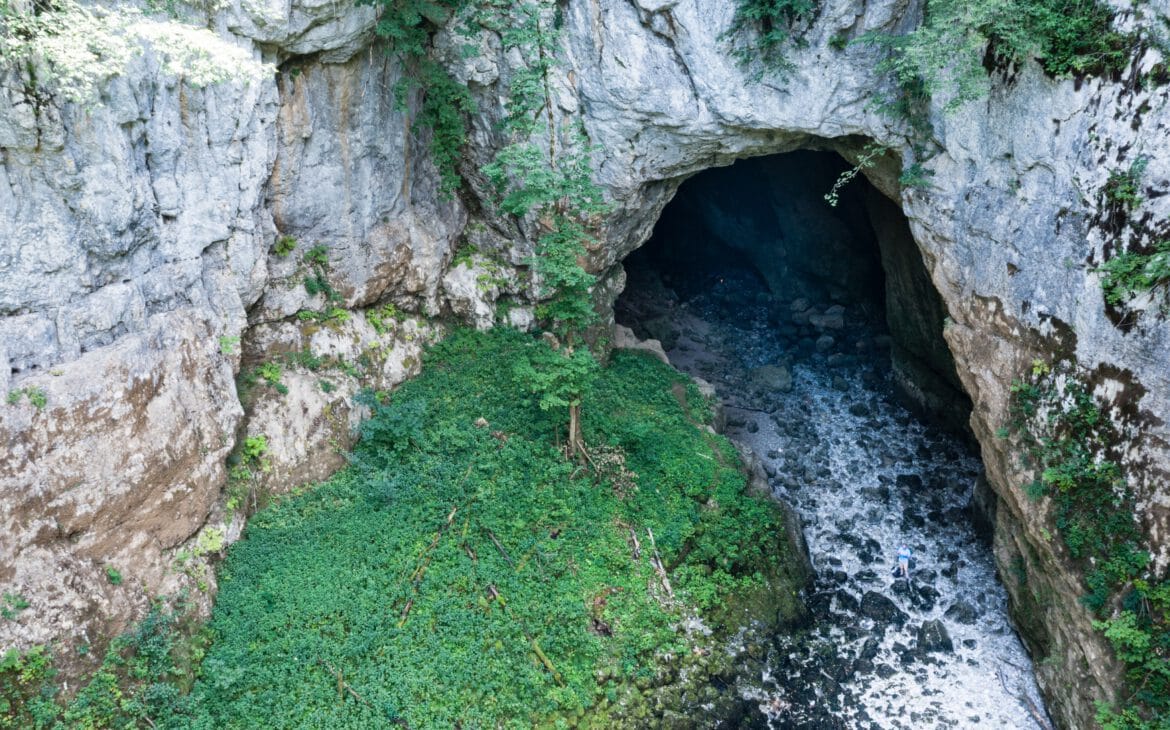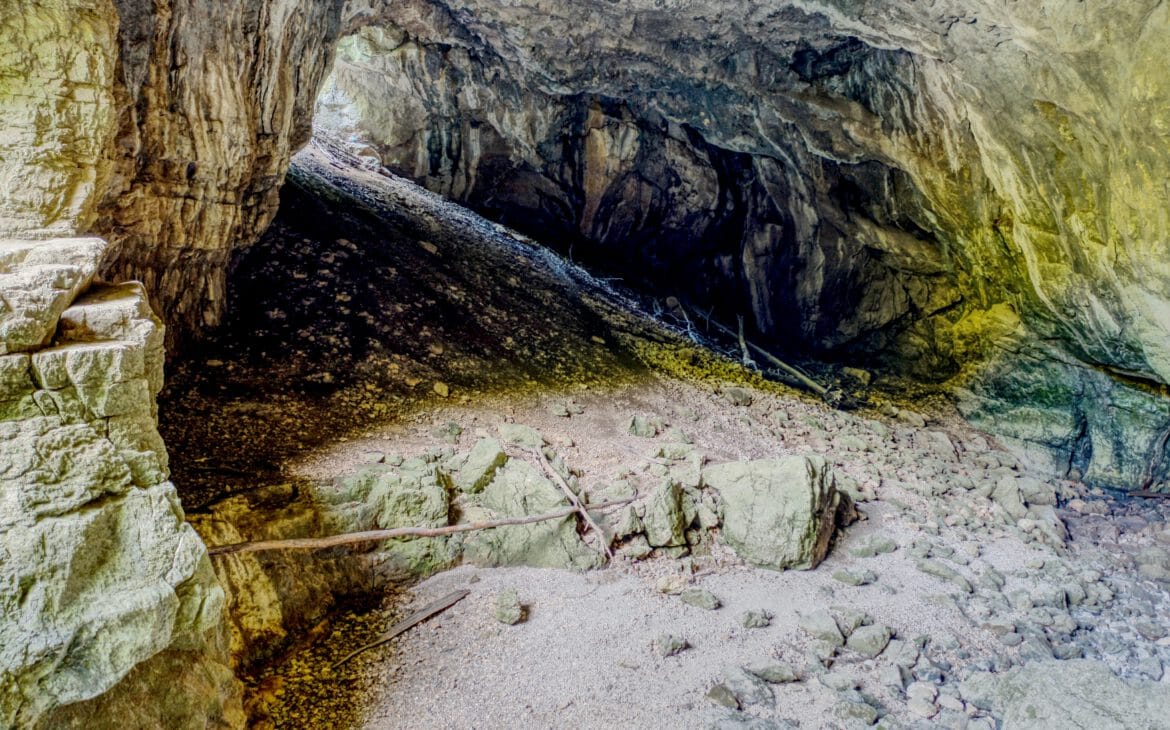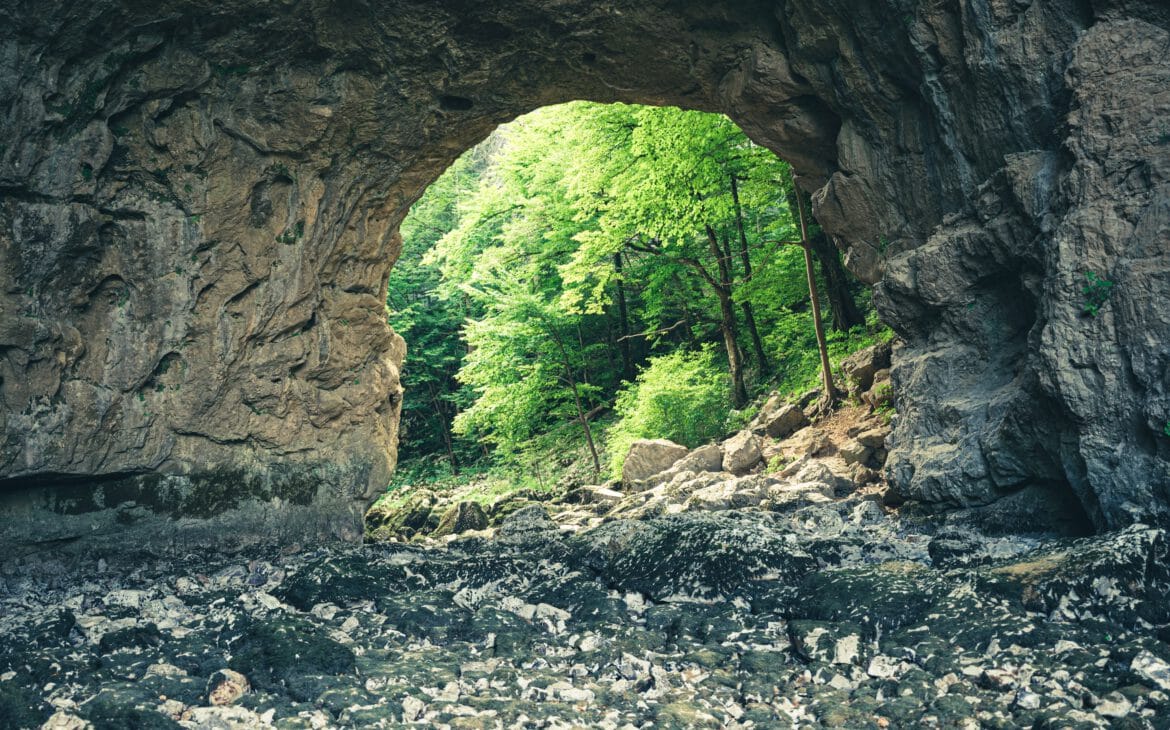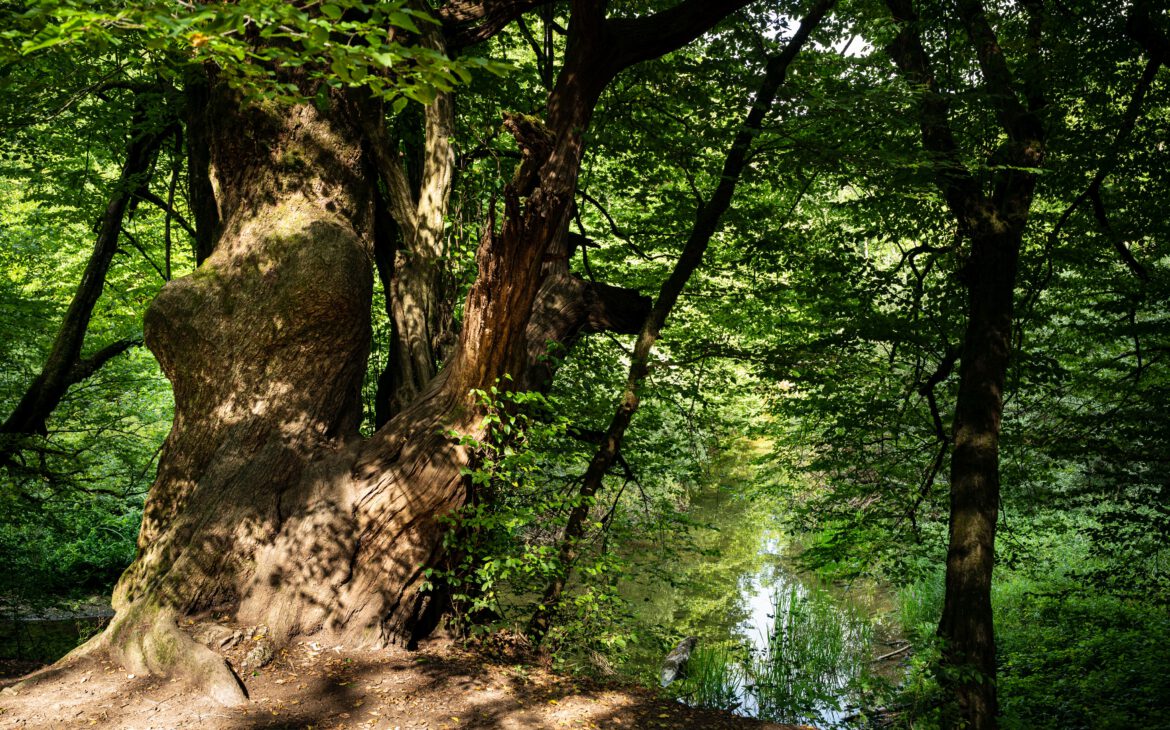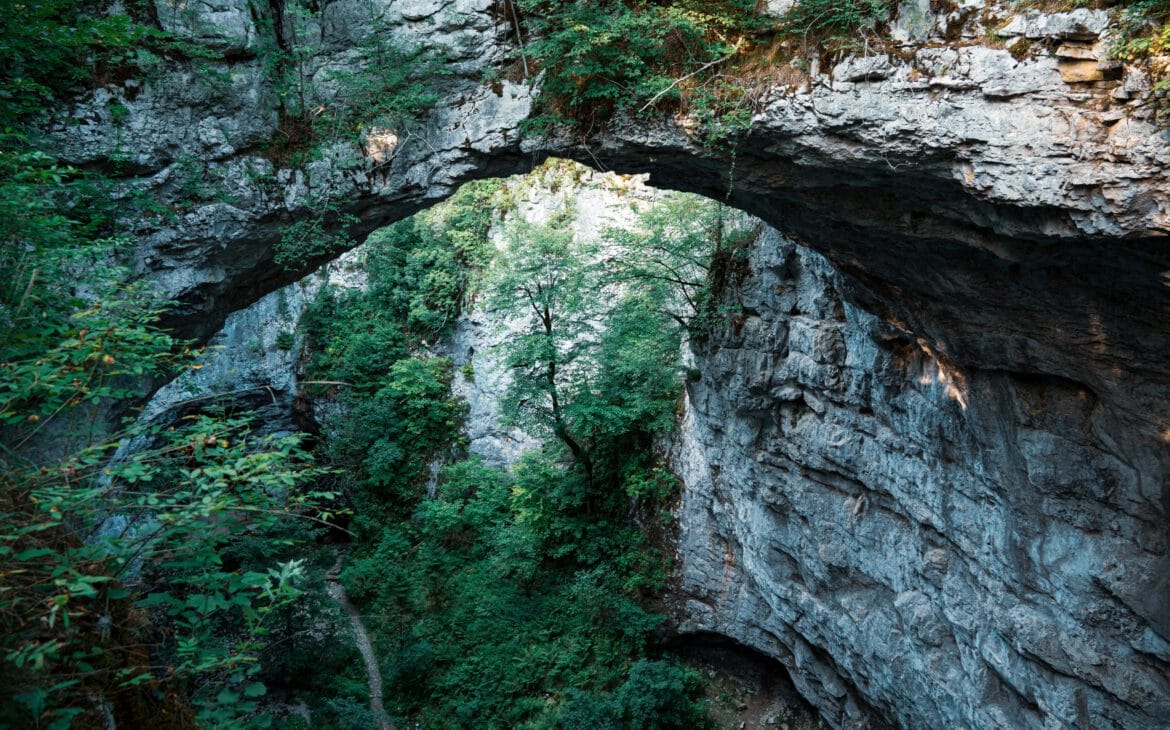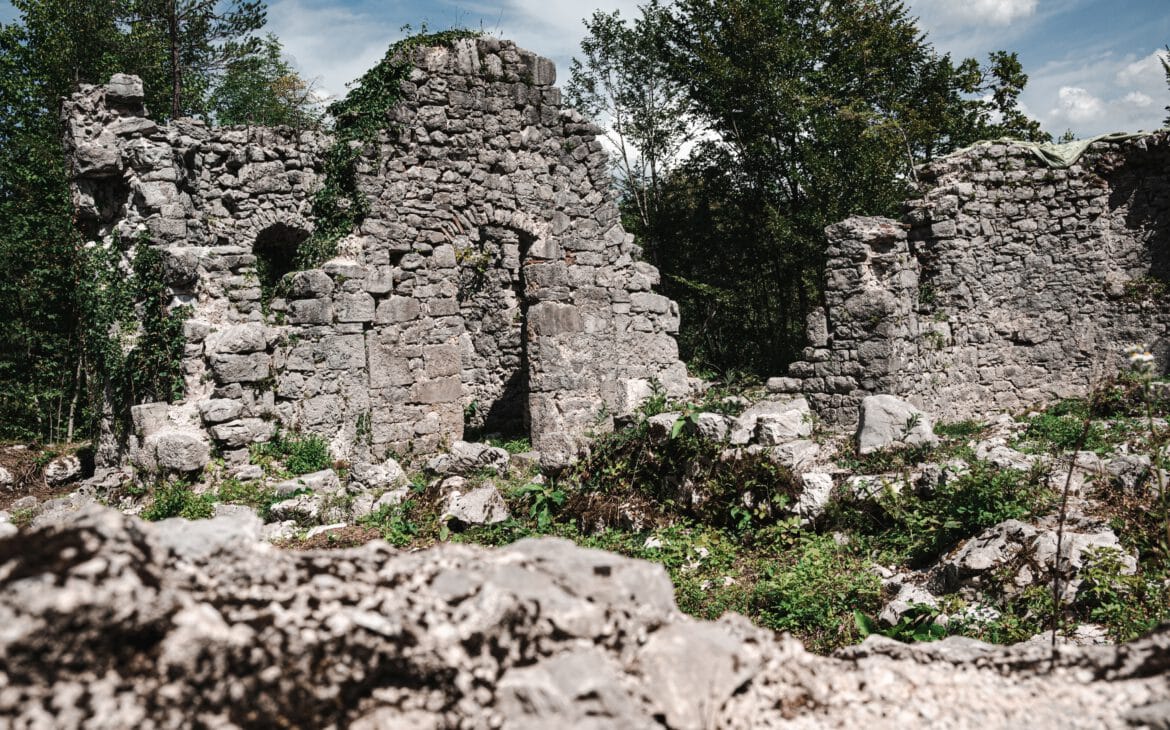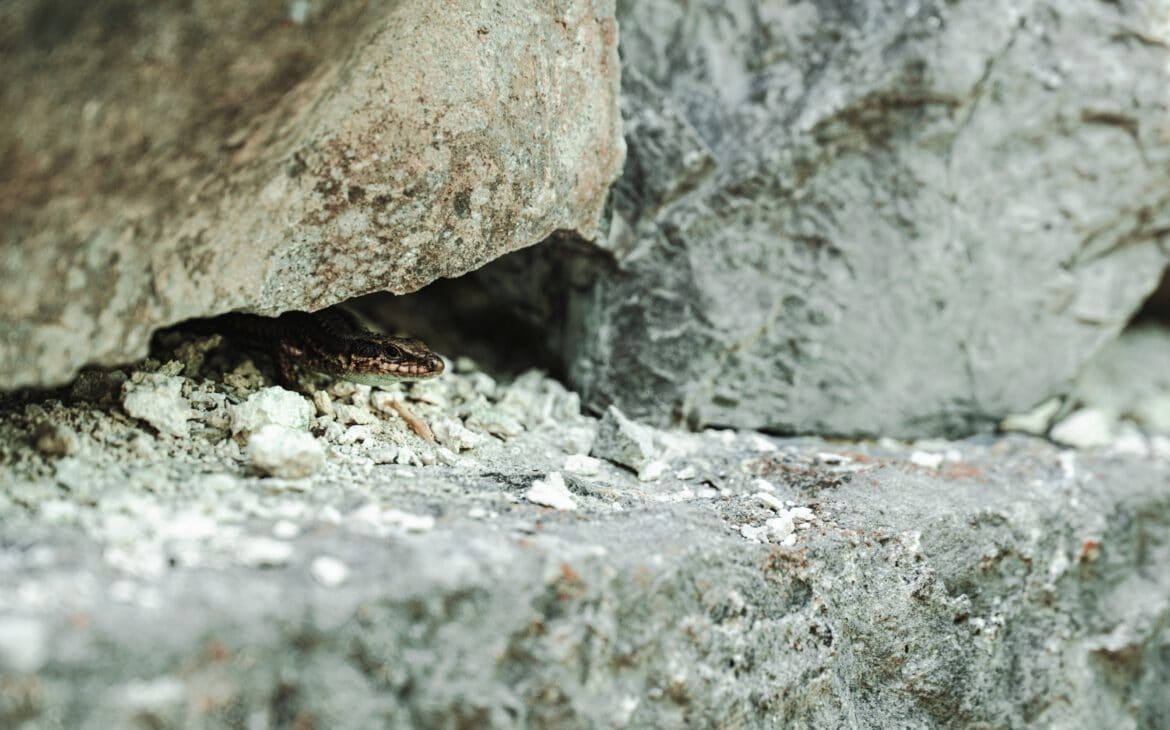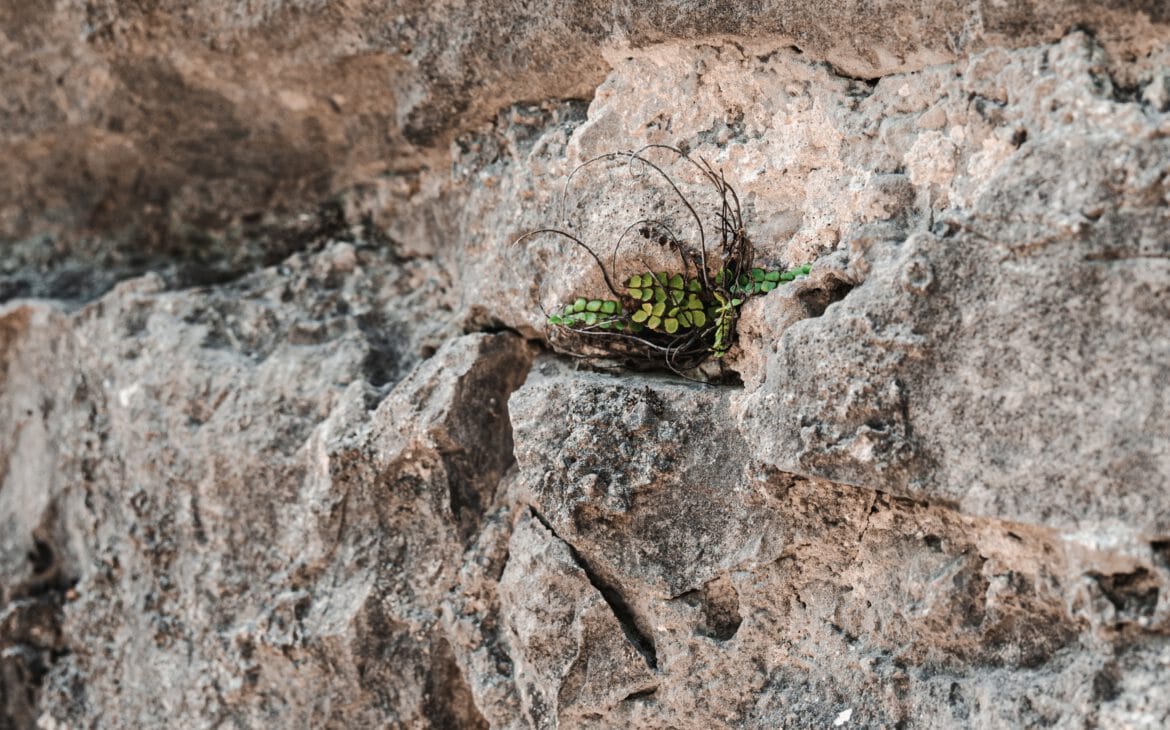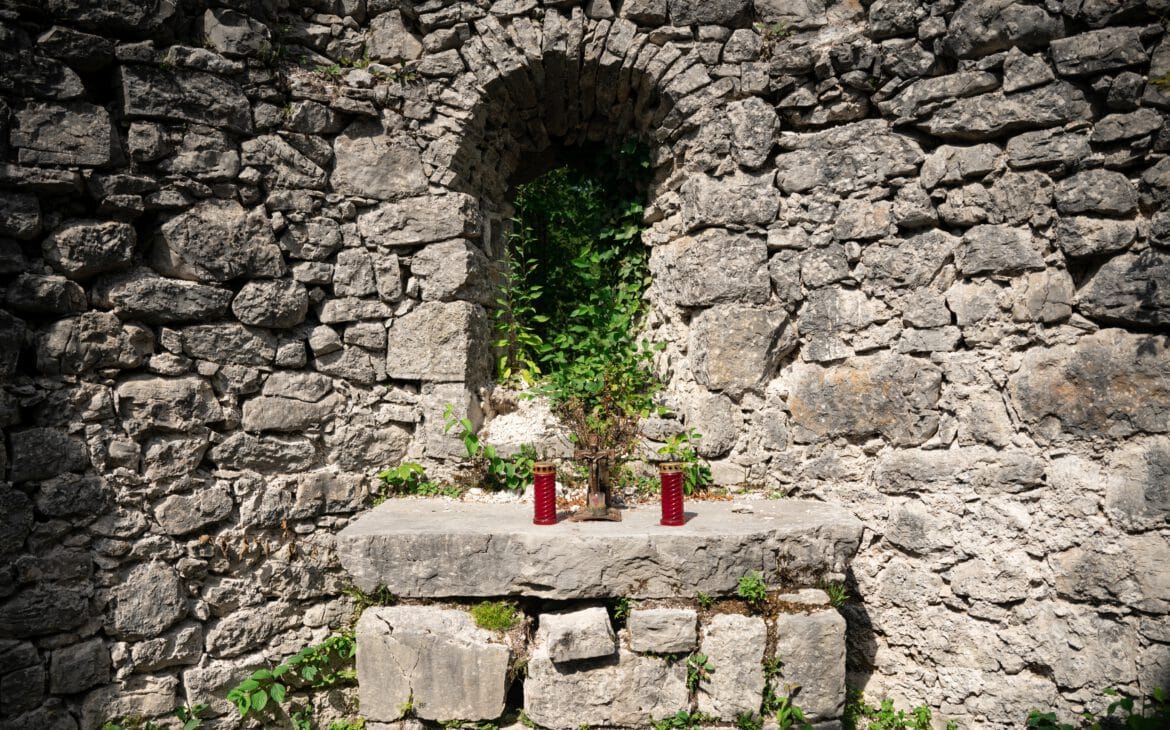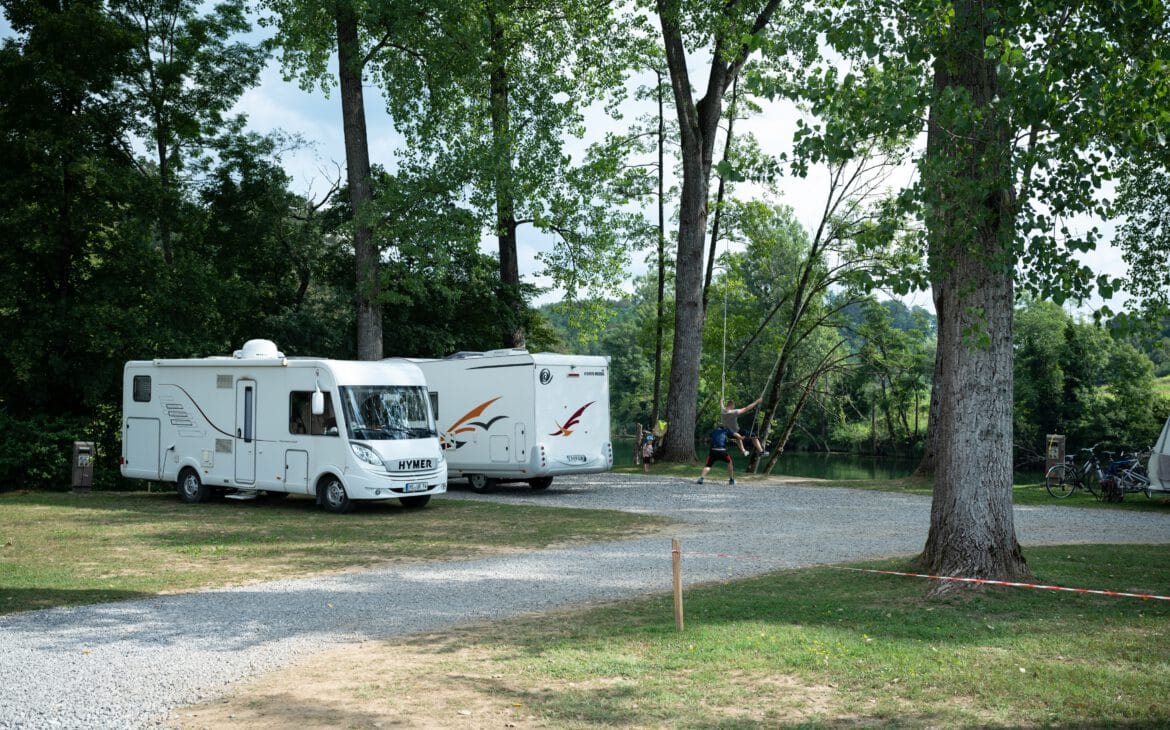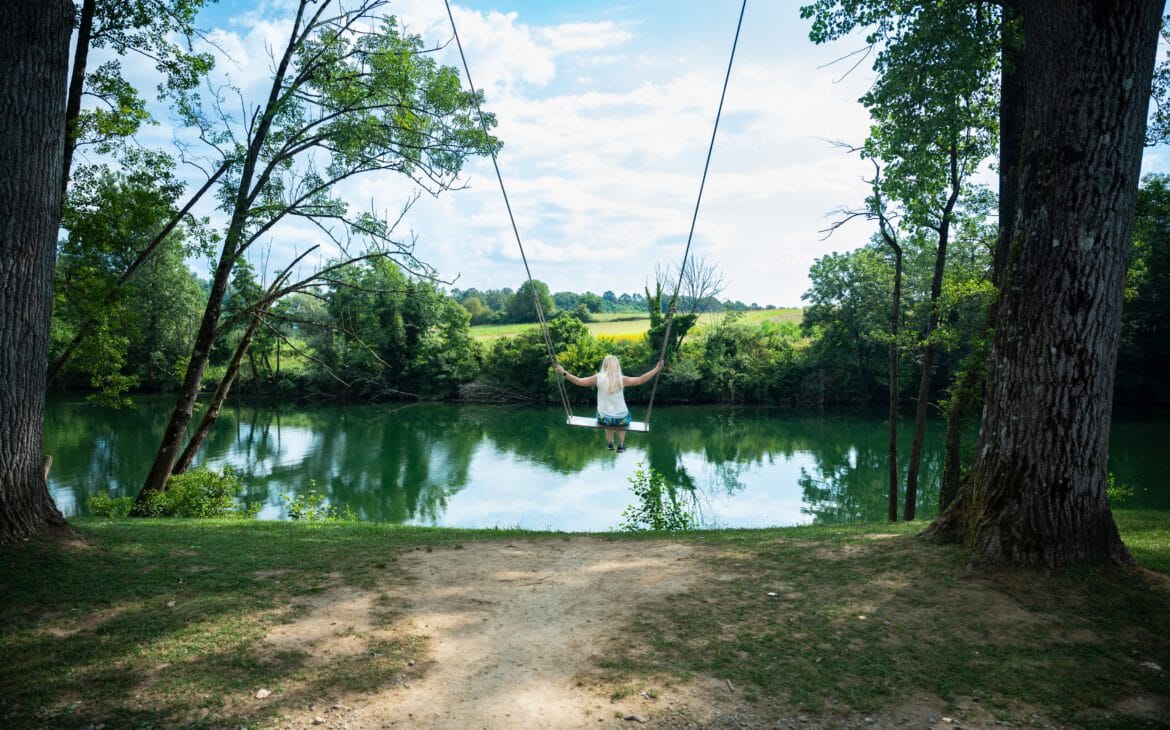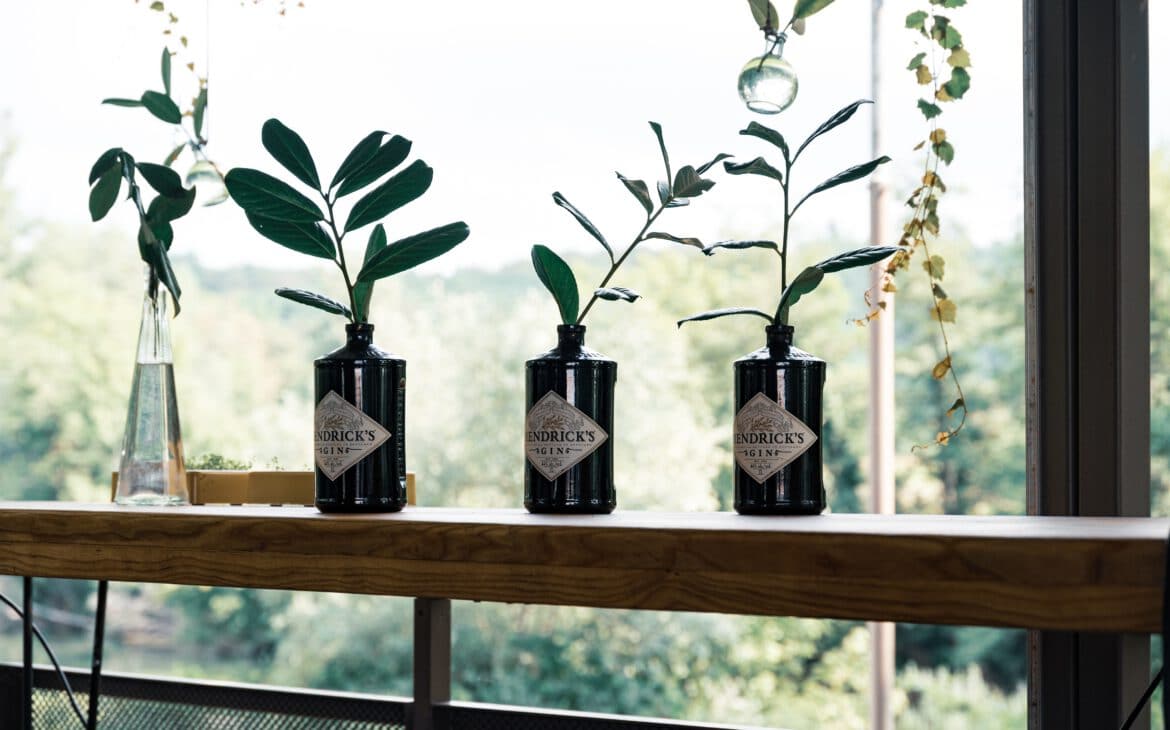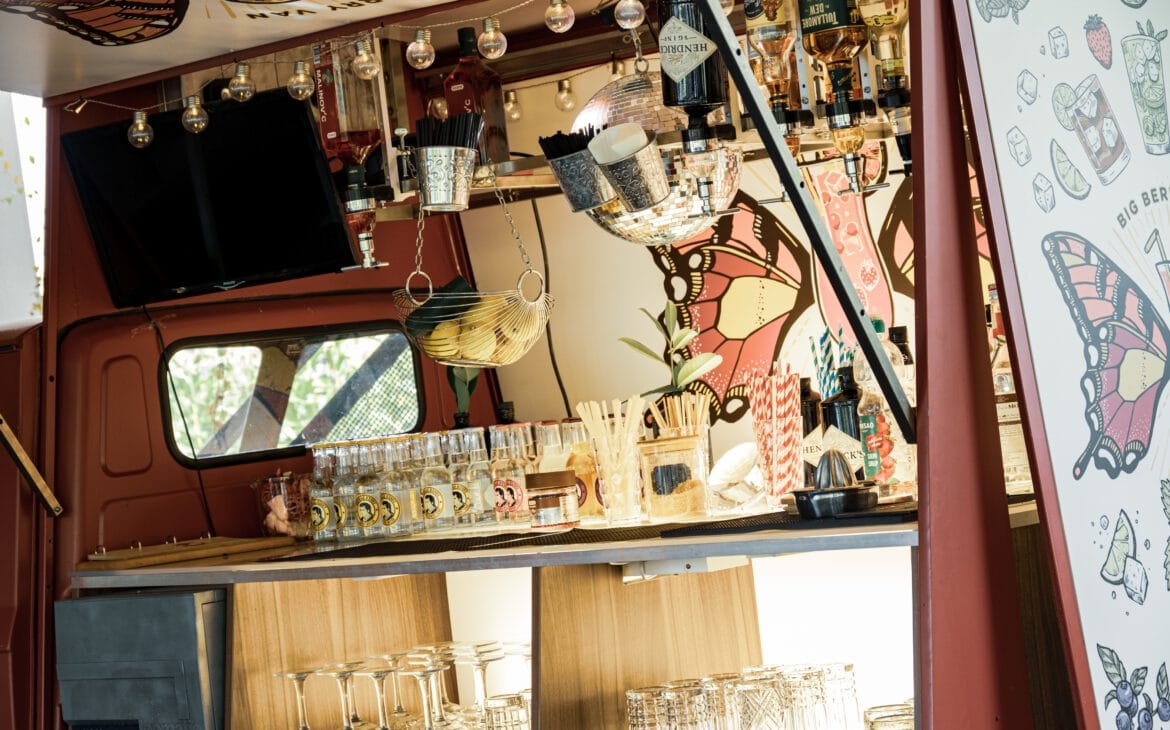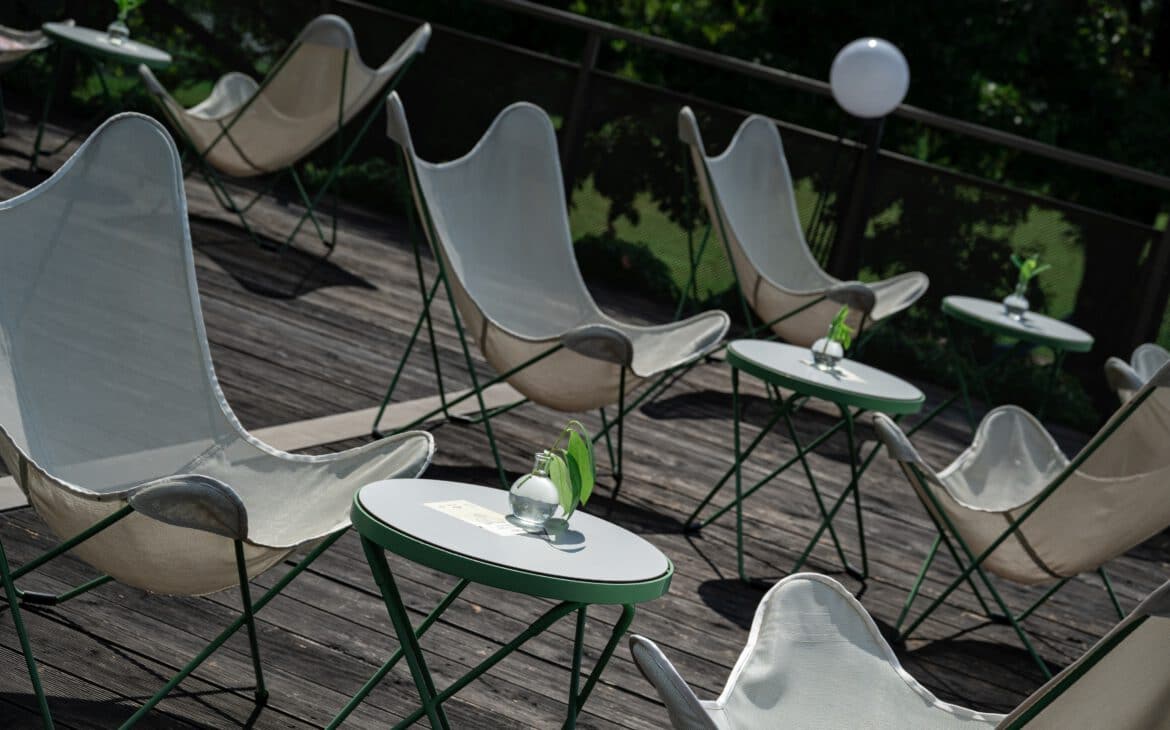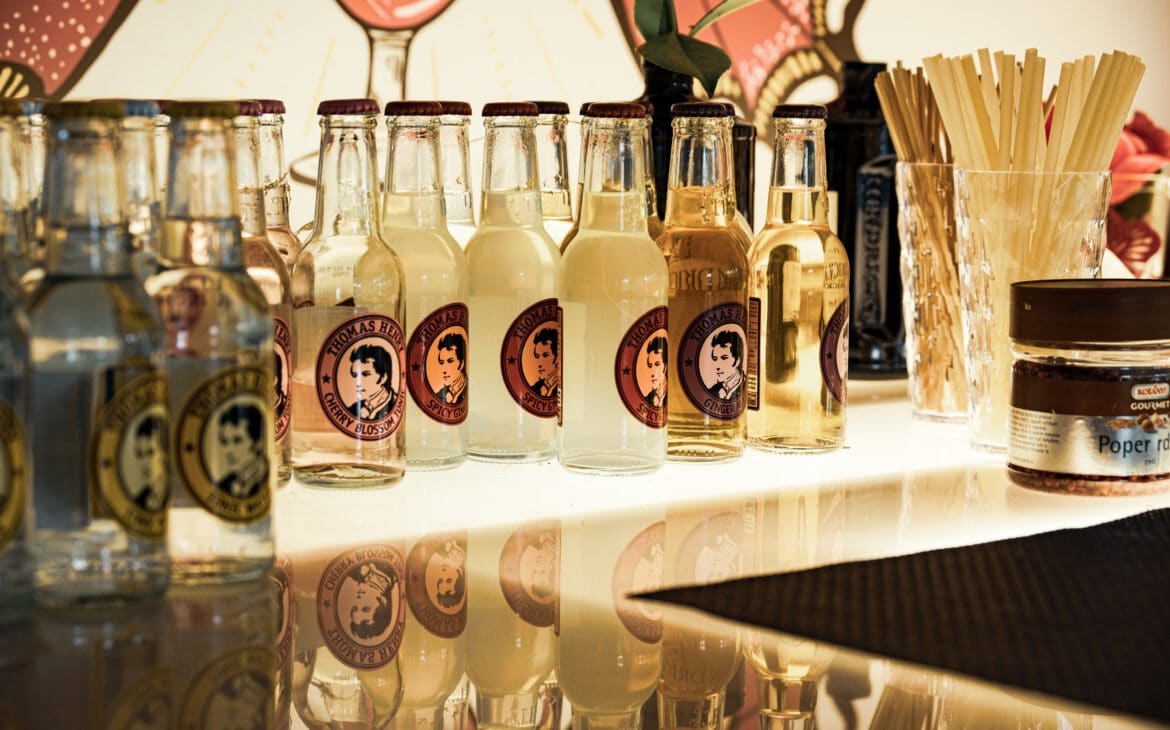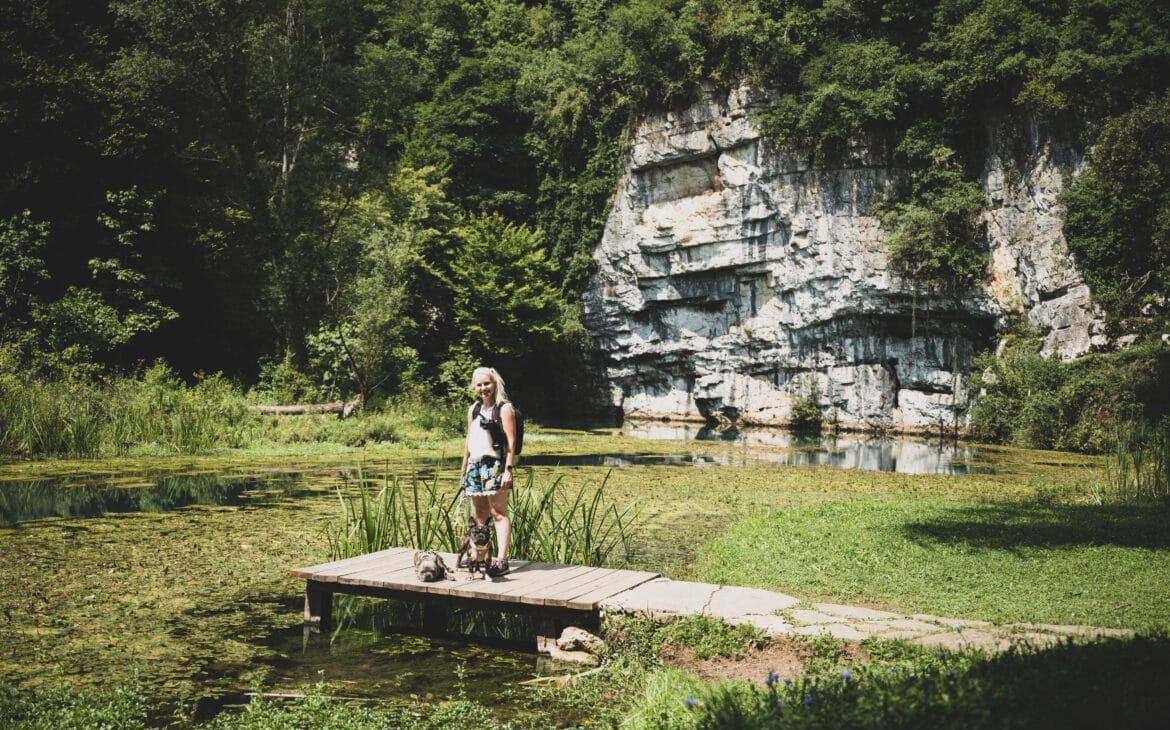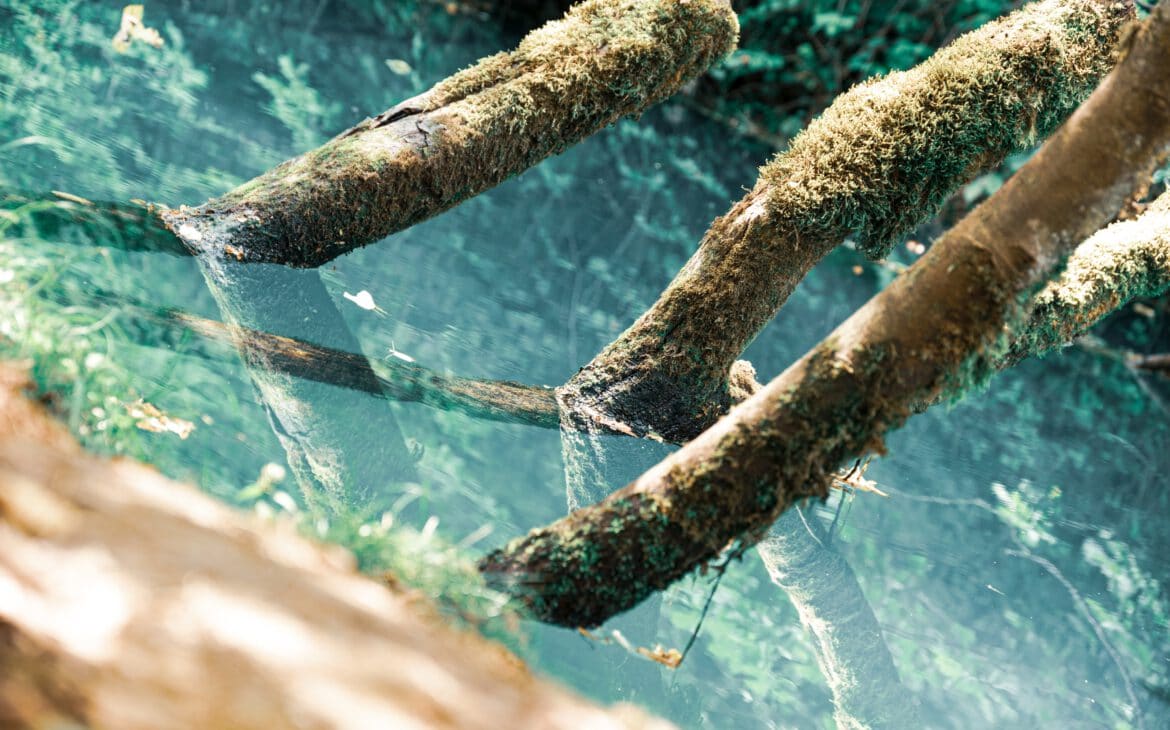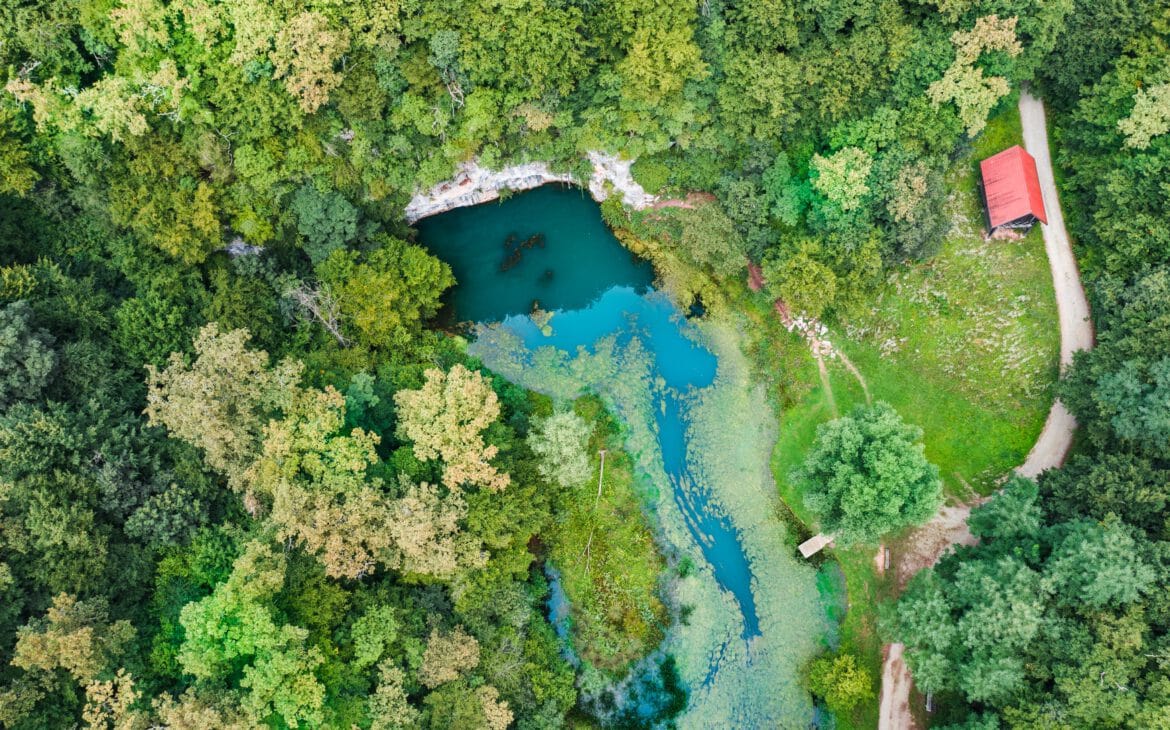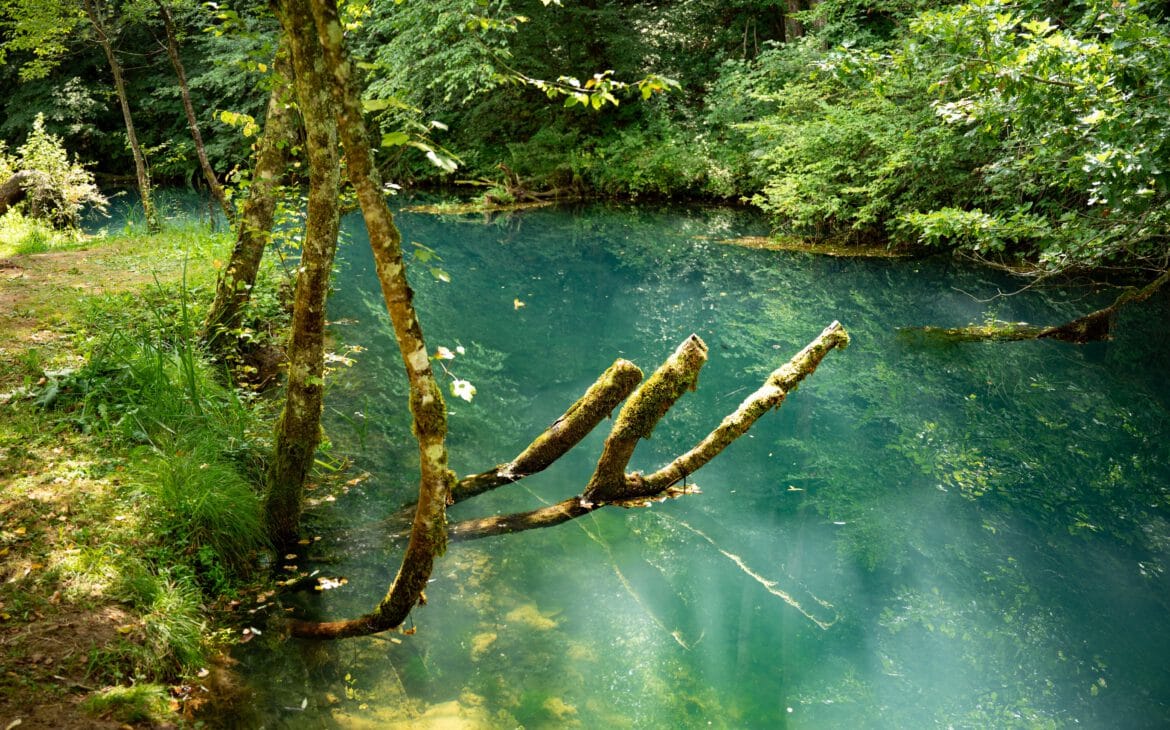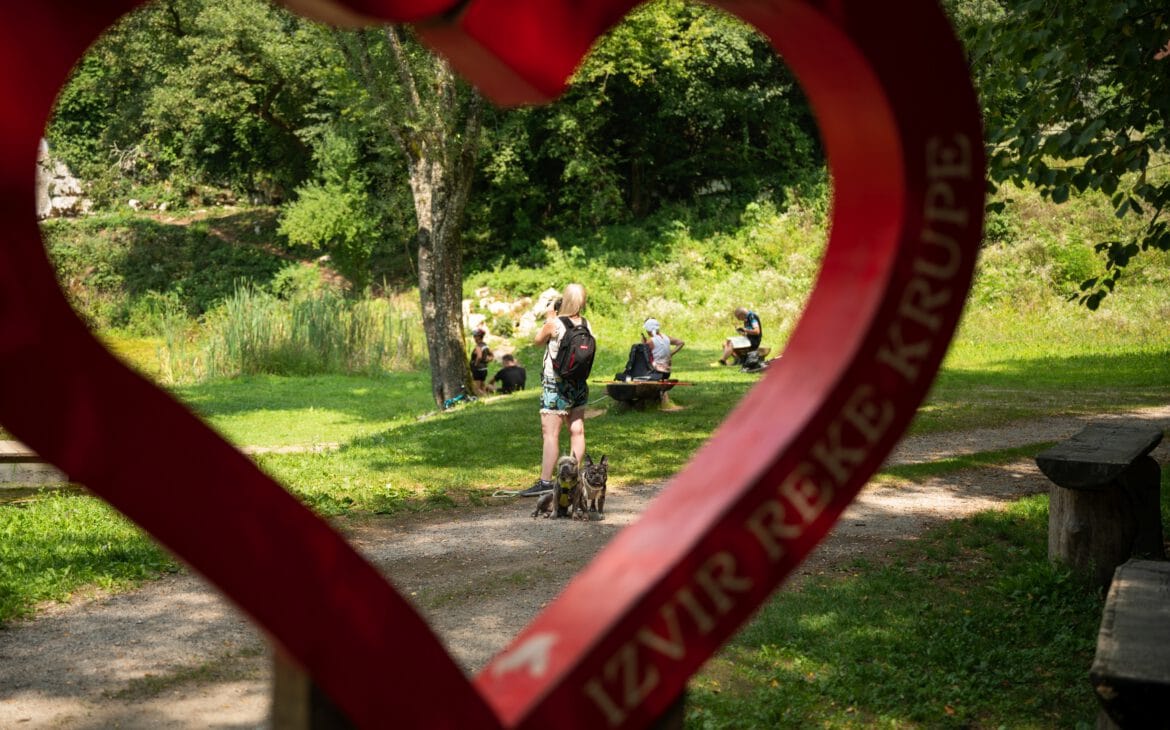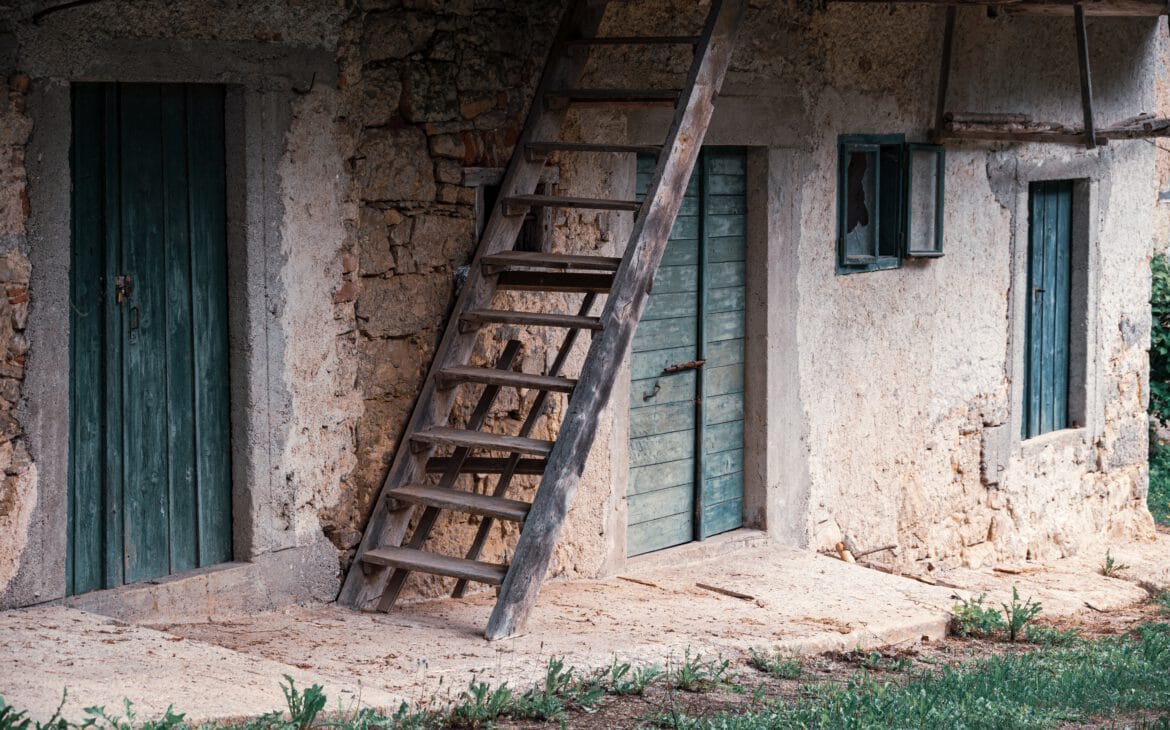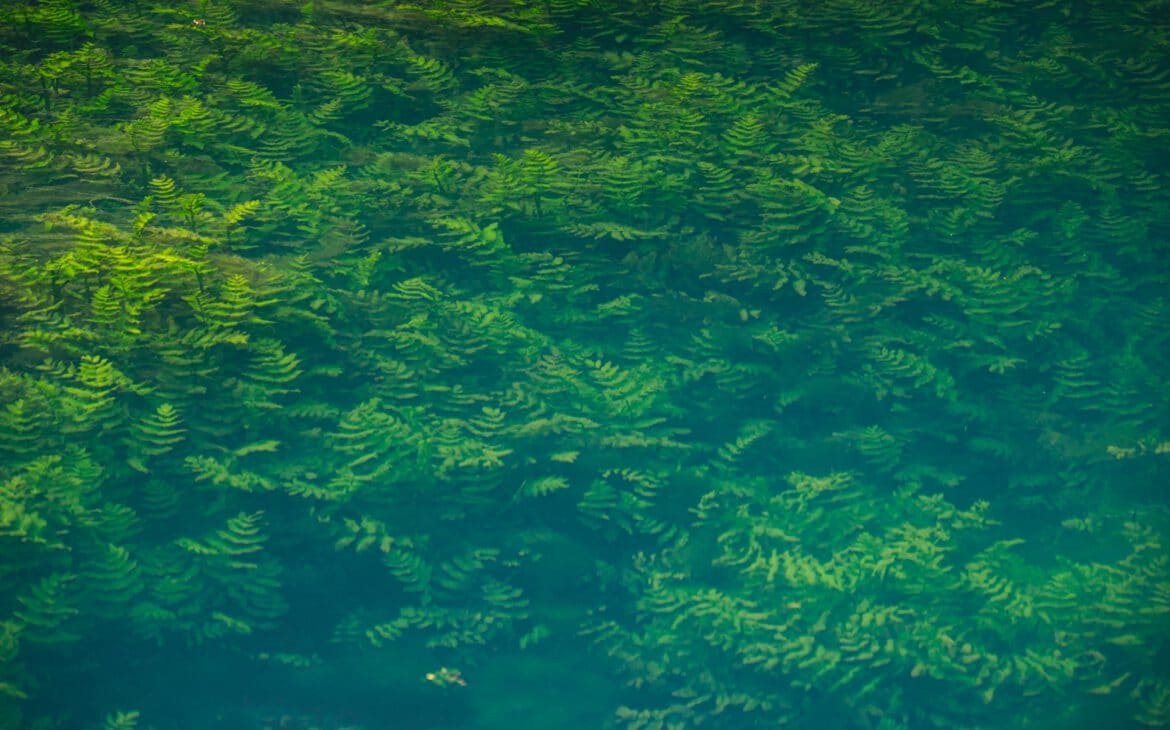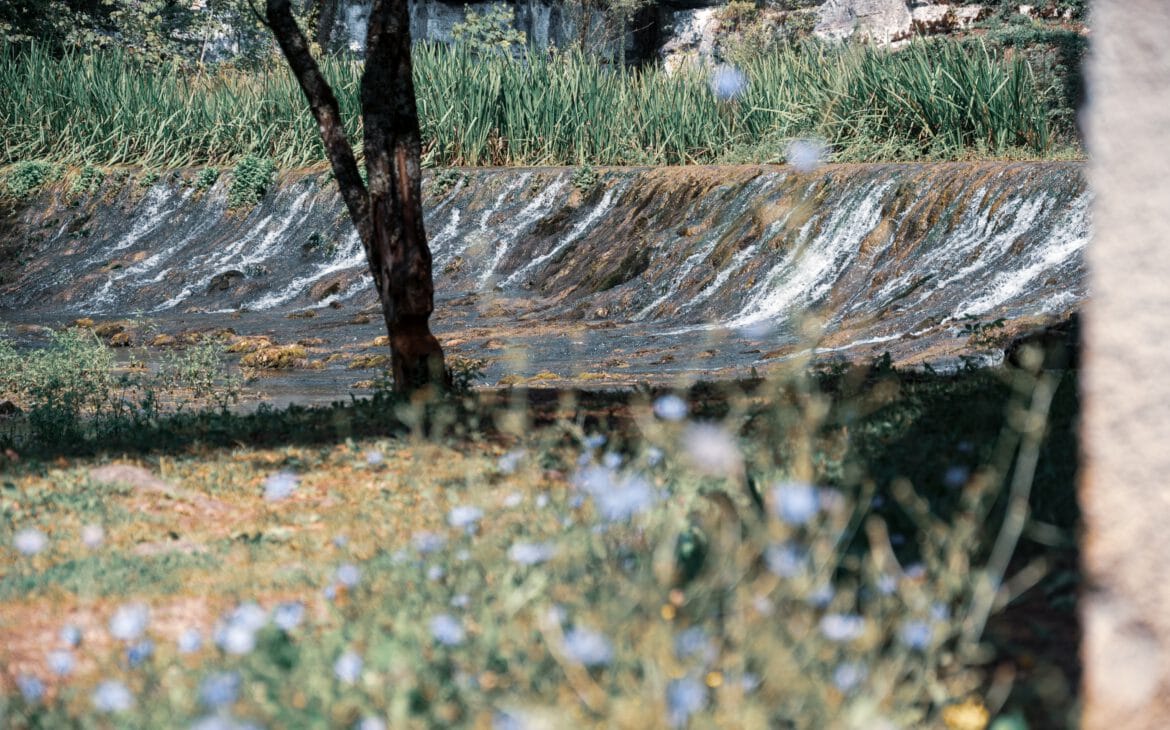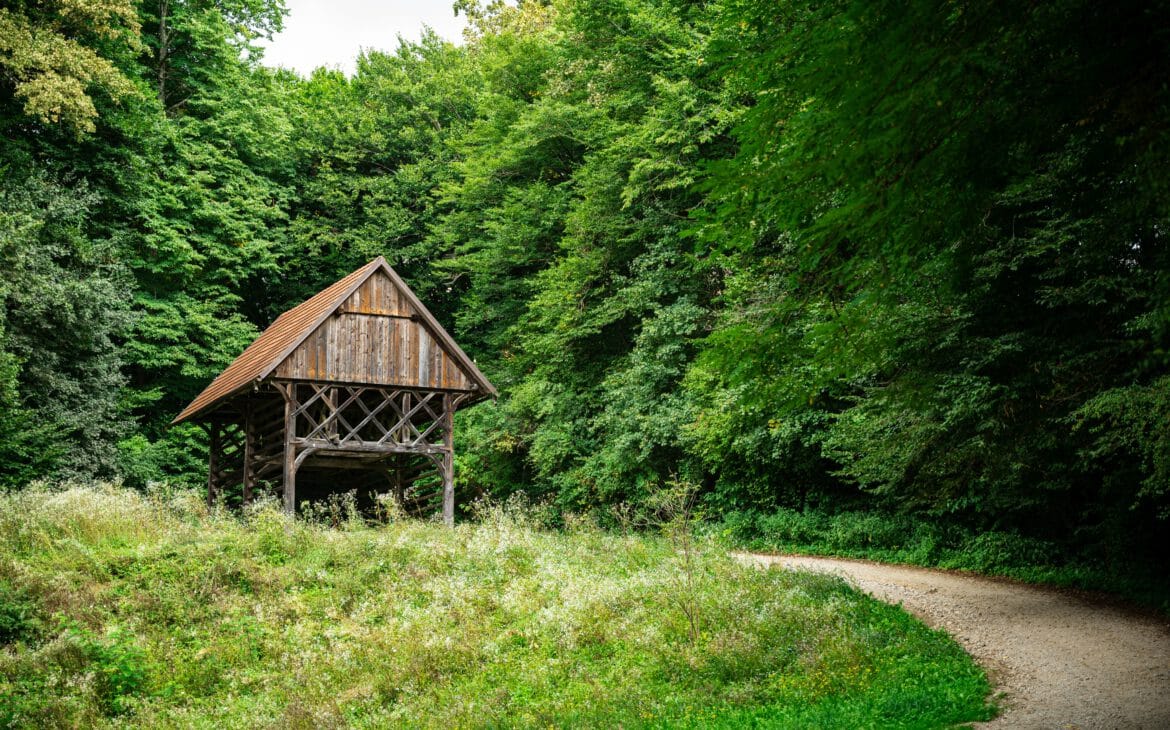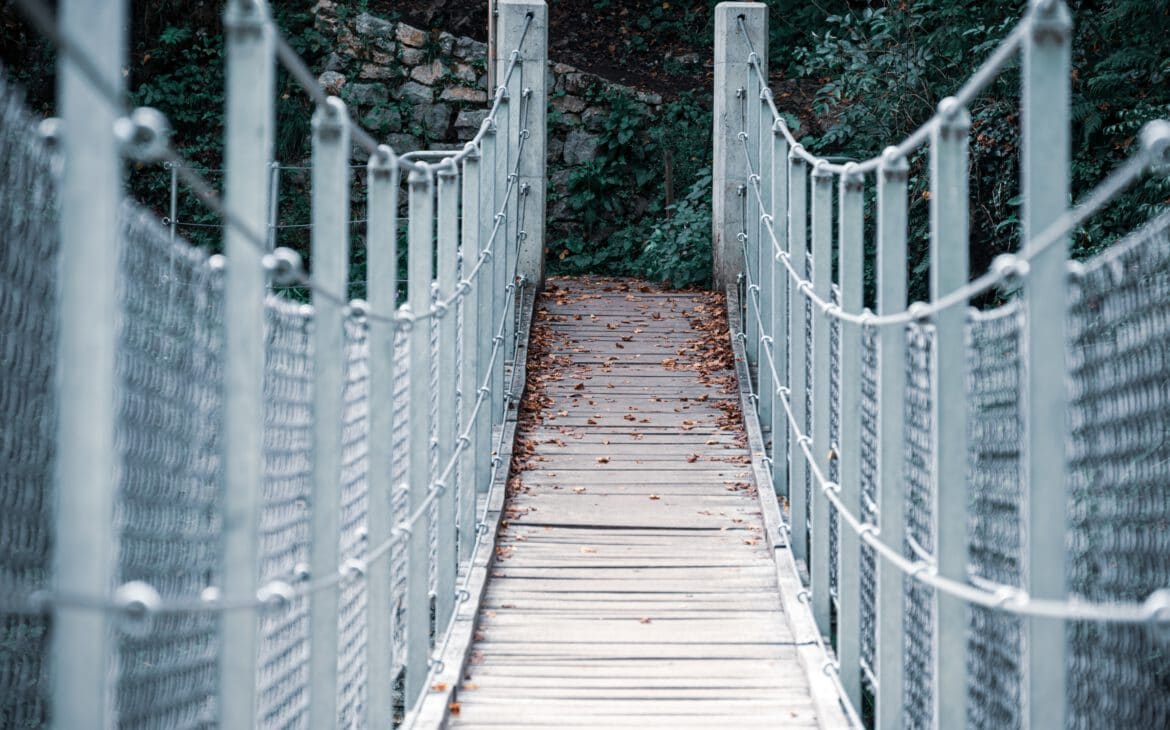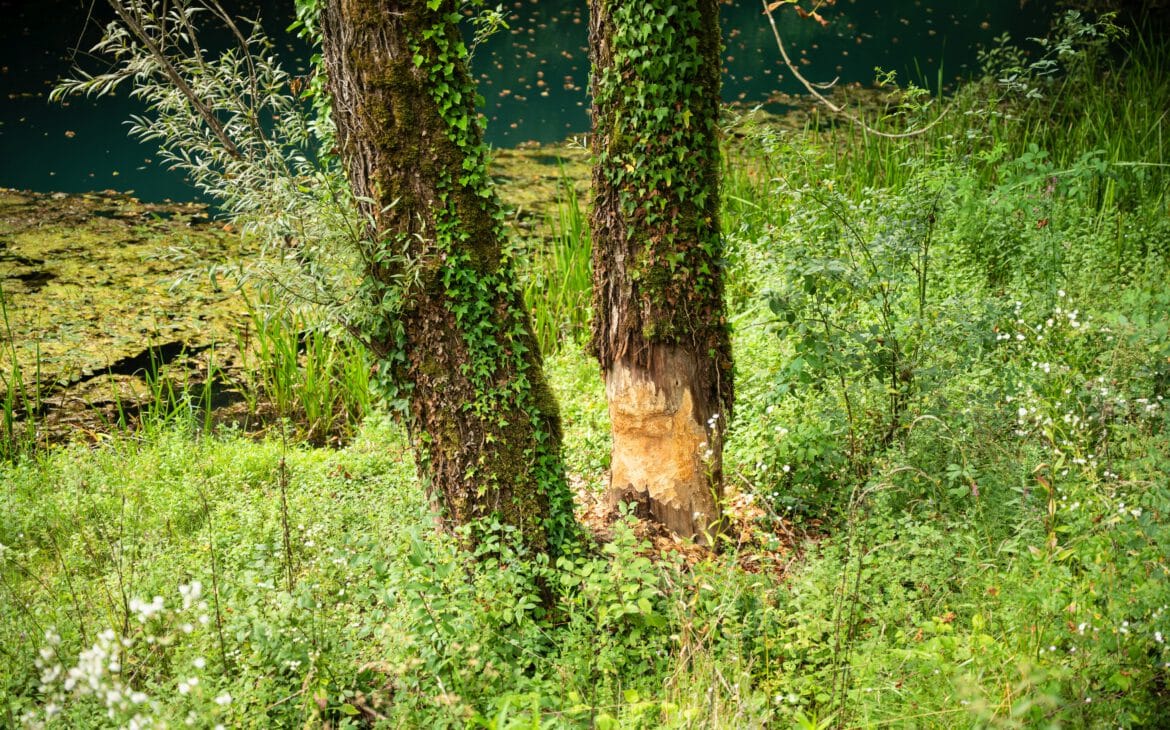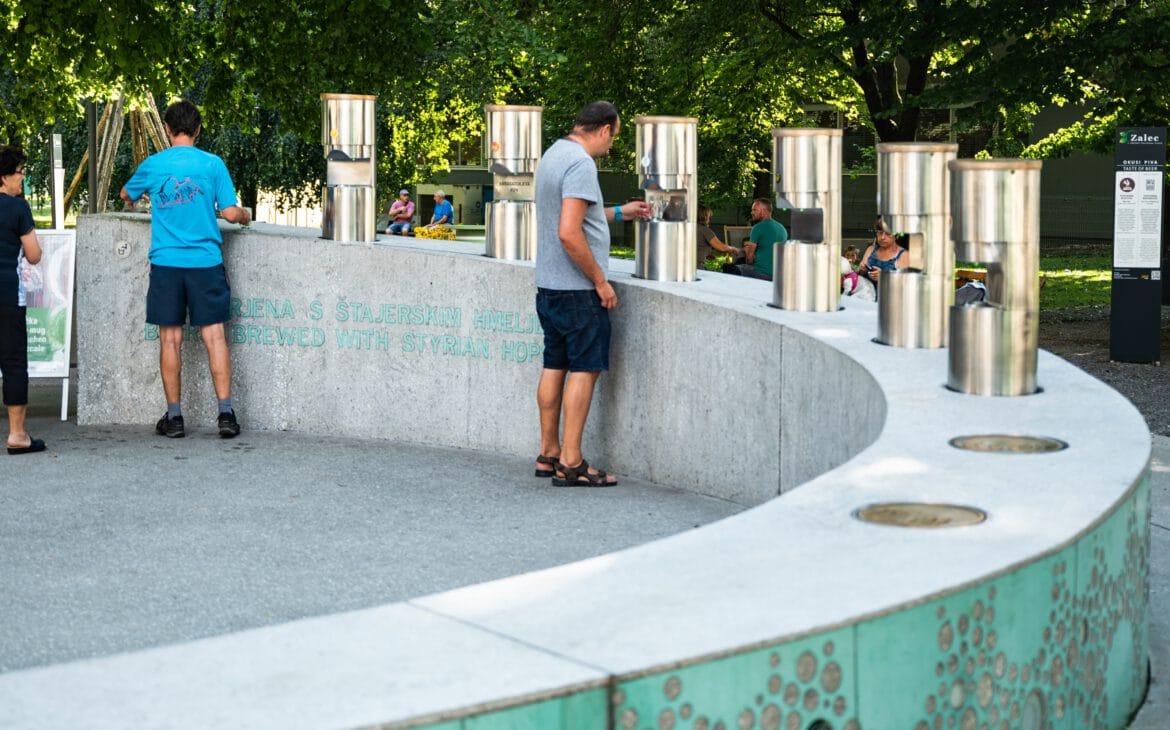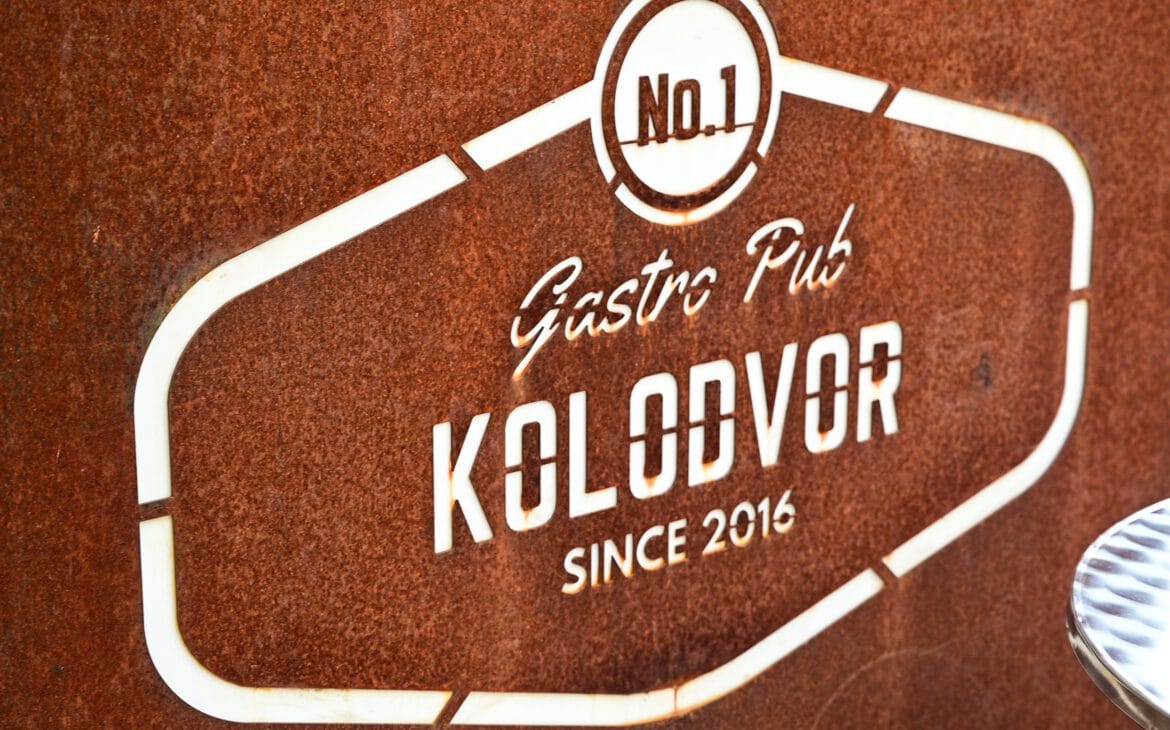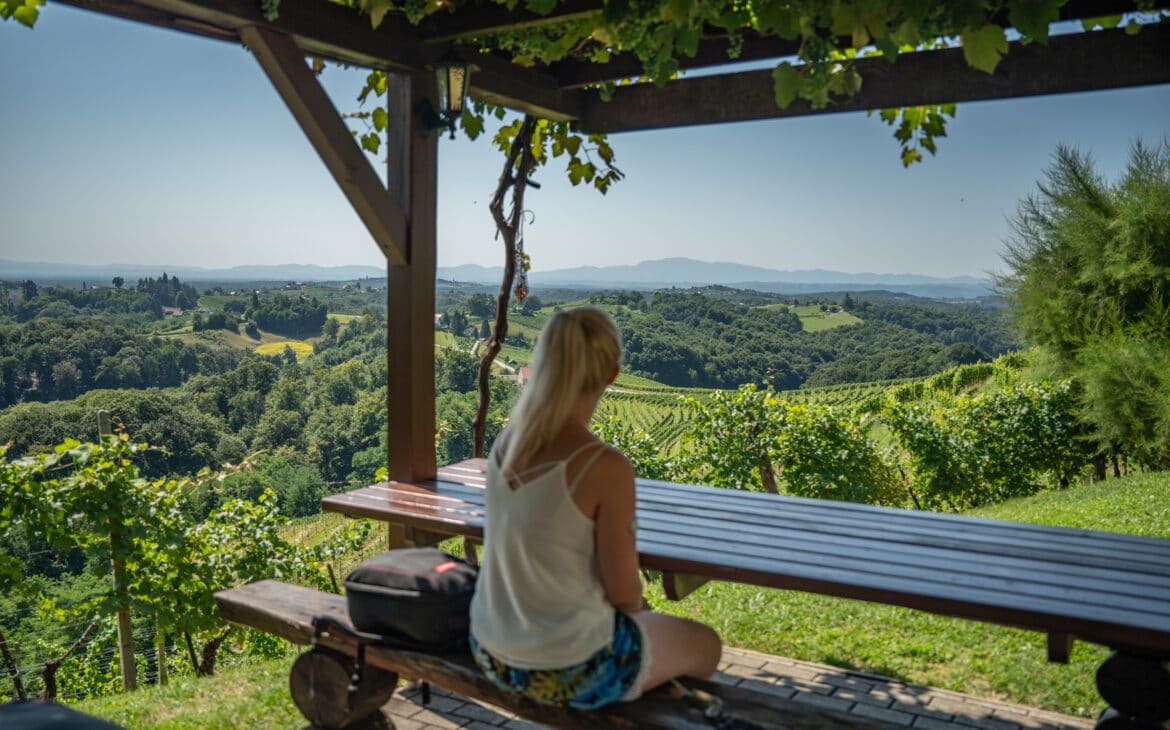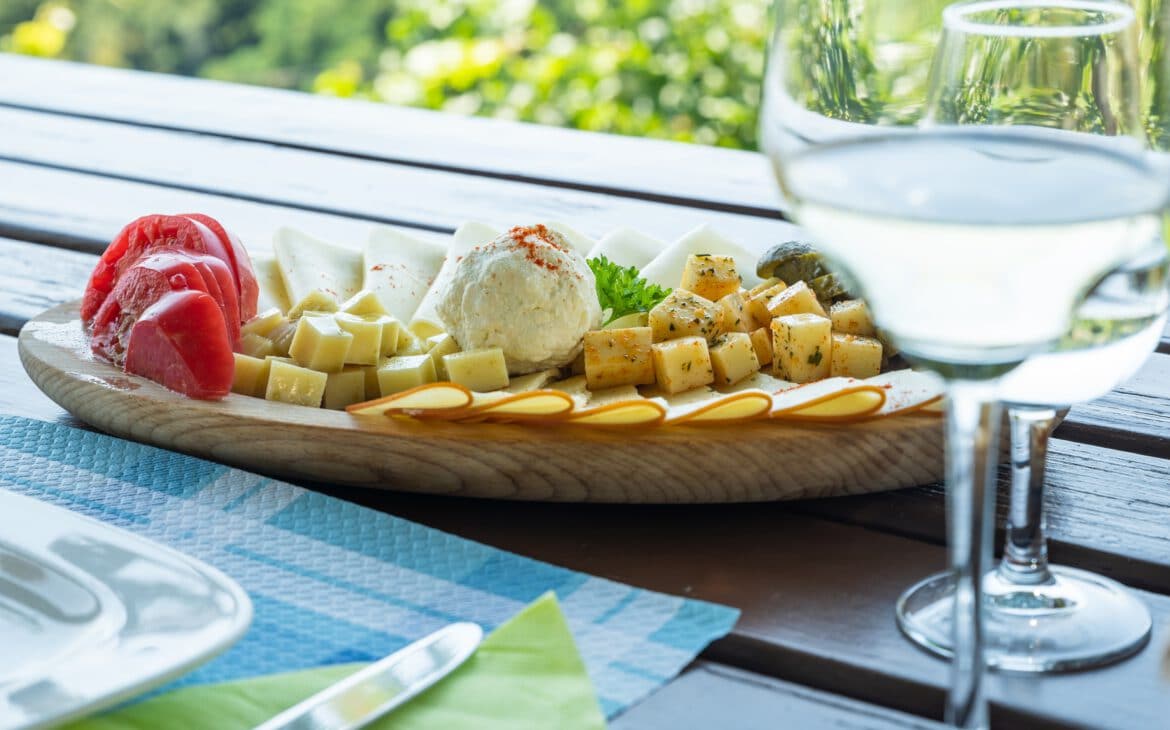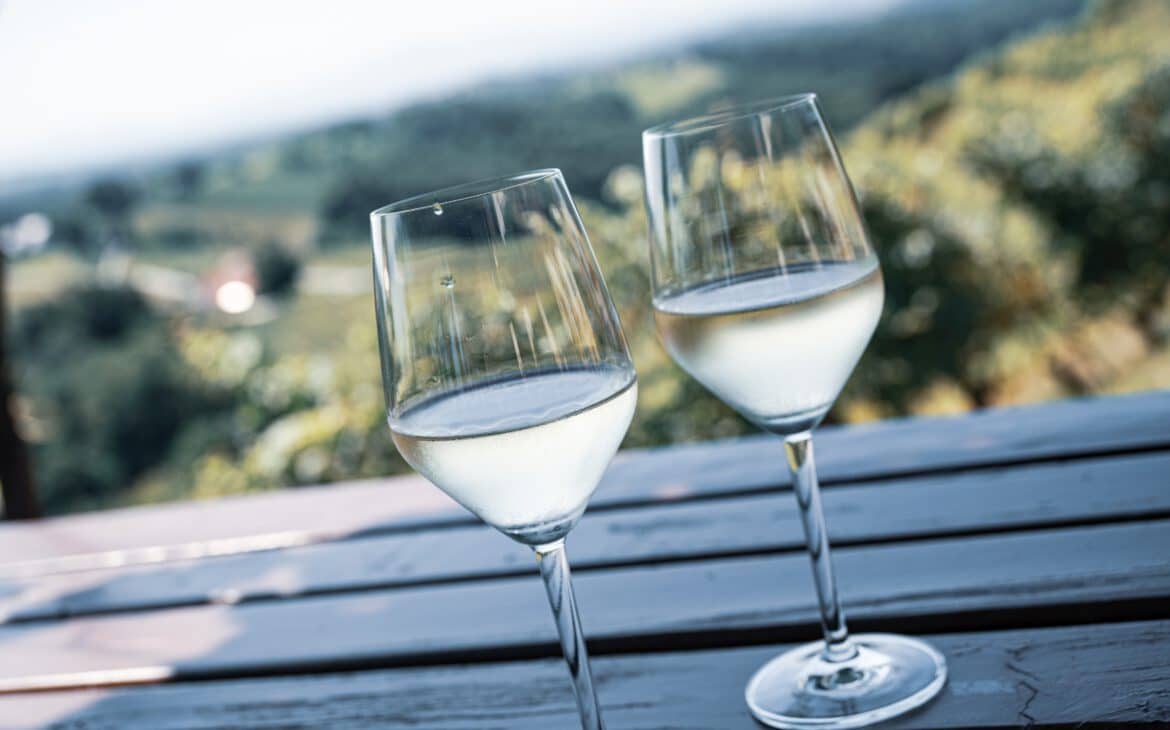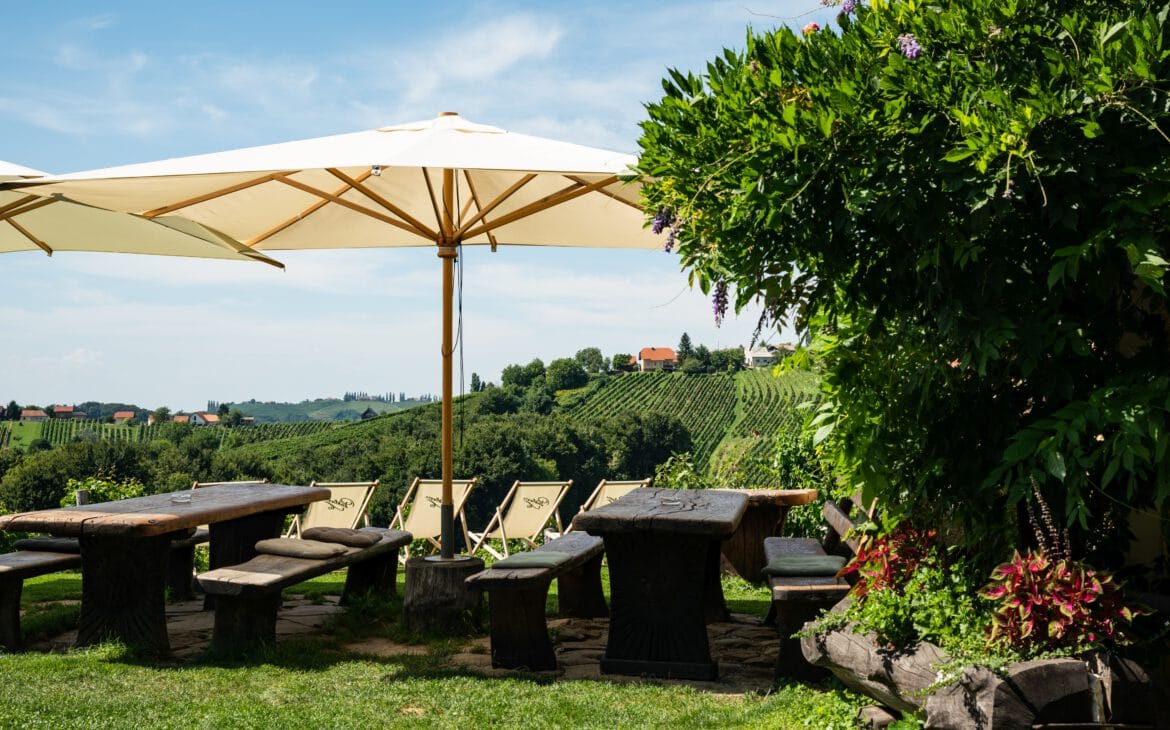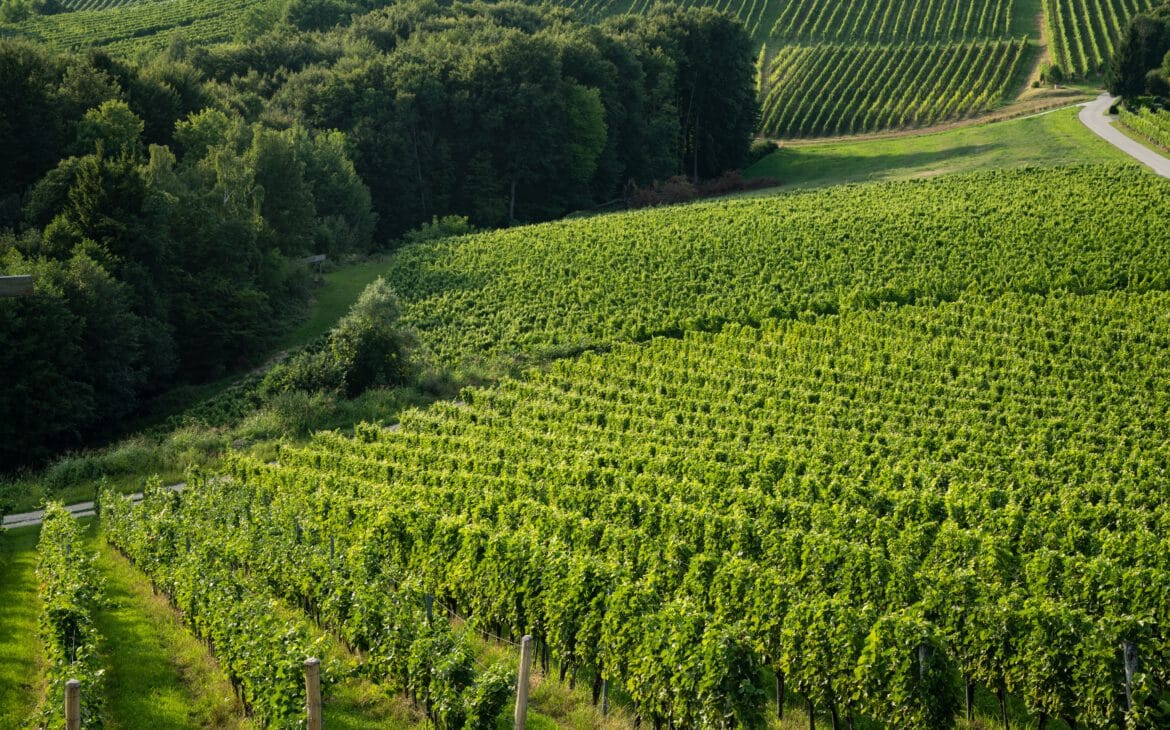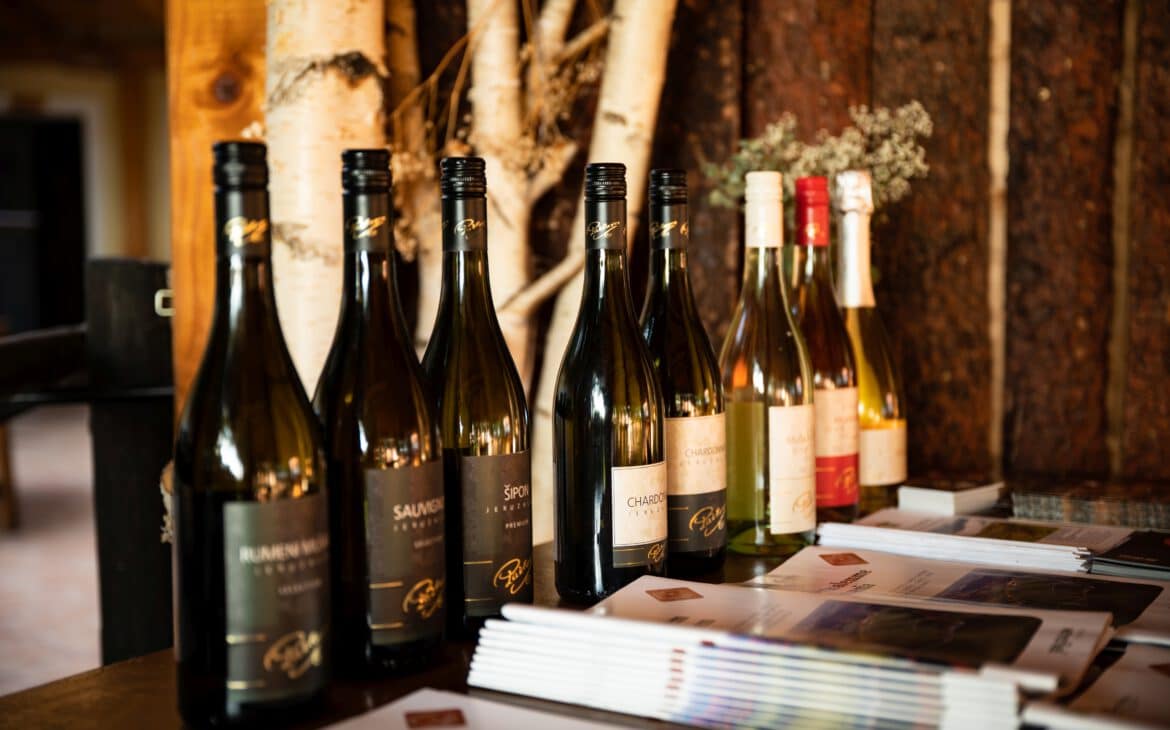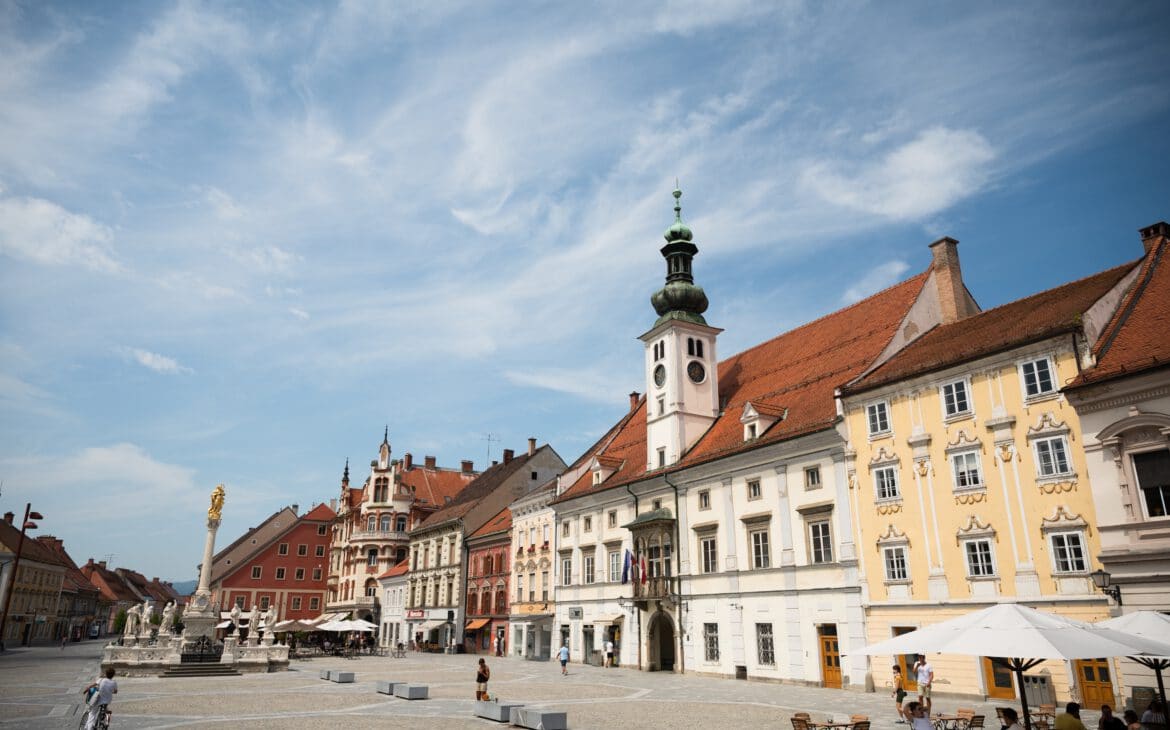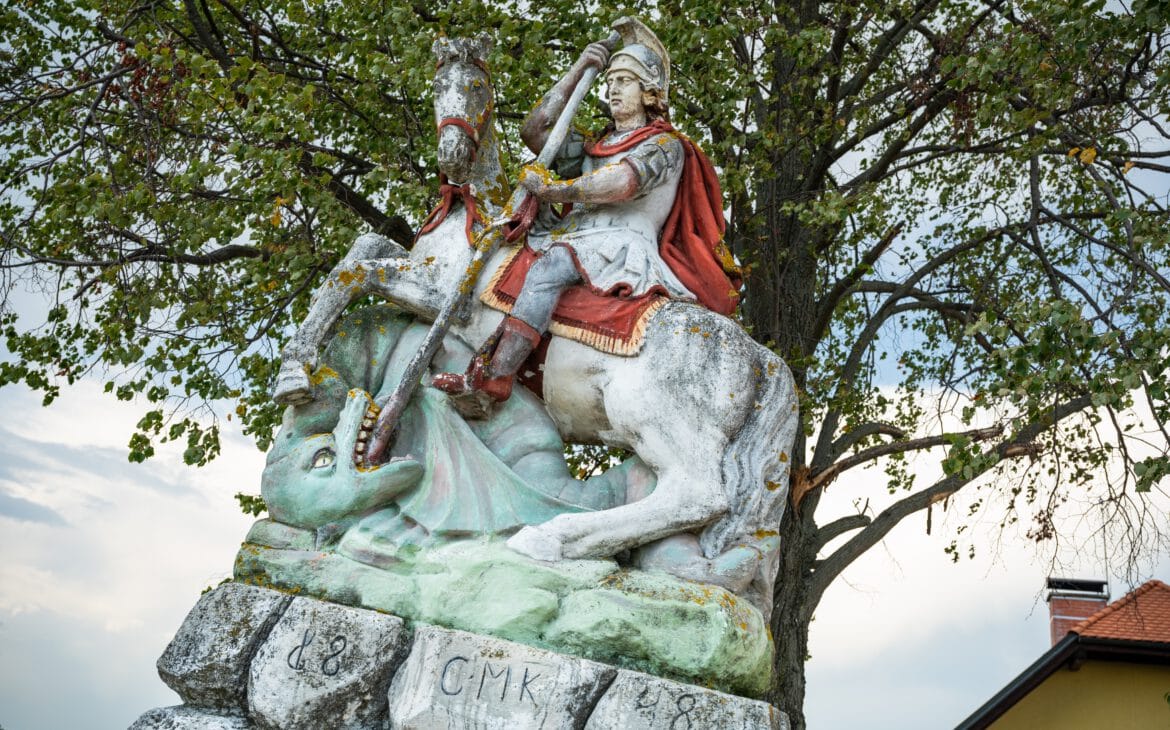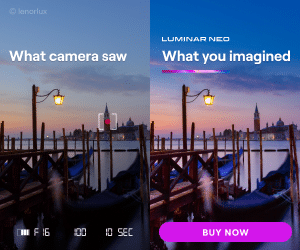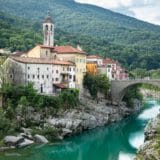Camper van road trip through Slovenia: Real insider tips
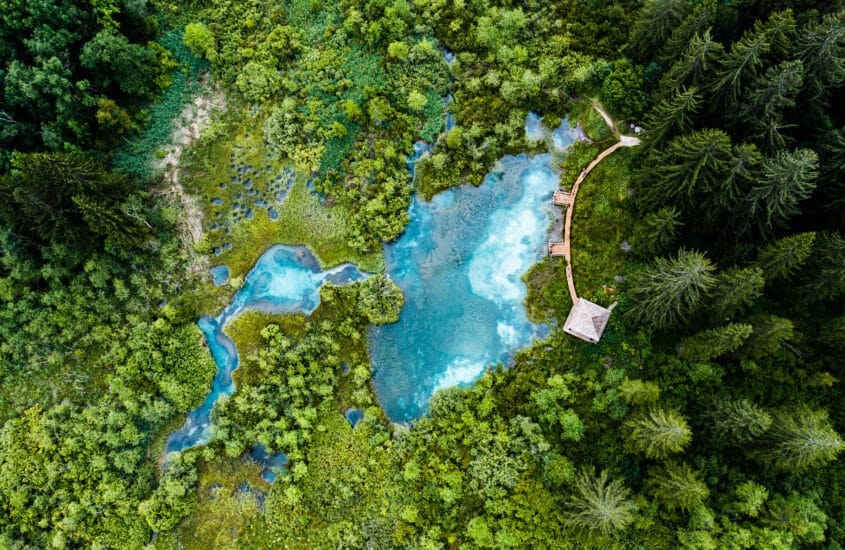
In this travel report we travel through Slovenia in 14 days by camper van. We start in the north, near the Triglav National Park, visit the Kranjska Gora region, Lake Bled and Lake Bohinj. We travel through the Soča Valley towards the coast and then return via the vineyards in the east. We present well-known and insider tips in our photo blog.
Slovenia is not particularly large, yet it is extremely varied. I can reach every part of the country by car after only a short drive. In many travel guides, 1 week is therefore recommended. But 7 days are not enough for Slovenia. You can easily plan 14 to 21 days to really experience the country and its hospitality.
On this trip, luck was on our side; whenever a plan didn’t work out, actual alternatives led us to the most beautiful places. Detours turned into highlights.
The North: Triglav National Park and the Kranjska Gora region
Our first port of call in Slovenia was to be Zelenki Nature Reserve.
After a short hike through the forest, we reached the reserve’s crystal-clear blue lakes.
At the bottom of the lake we see sand being stirred up at a spring. Again and again fish swim into our field of sight. But the bird life in this reserve is also impressive. I am not a bird expert, but the sounds reveal that there are a lot of feathered friends on the move here.
Towards evening we approach the Spik campsite. From here we have a breathtaking view of the mountain massif ahead, incl. the highest mountain “Spik”. What a rock formation! The campsite is the ideal starting point for the following activities in this region. In the evening we stop at the inn “Gostilna in picerija Jožica” and are delighted by the Slovenian cuisine for the first time.
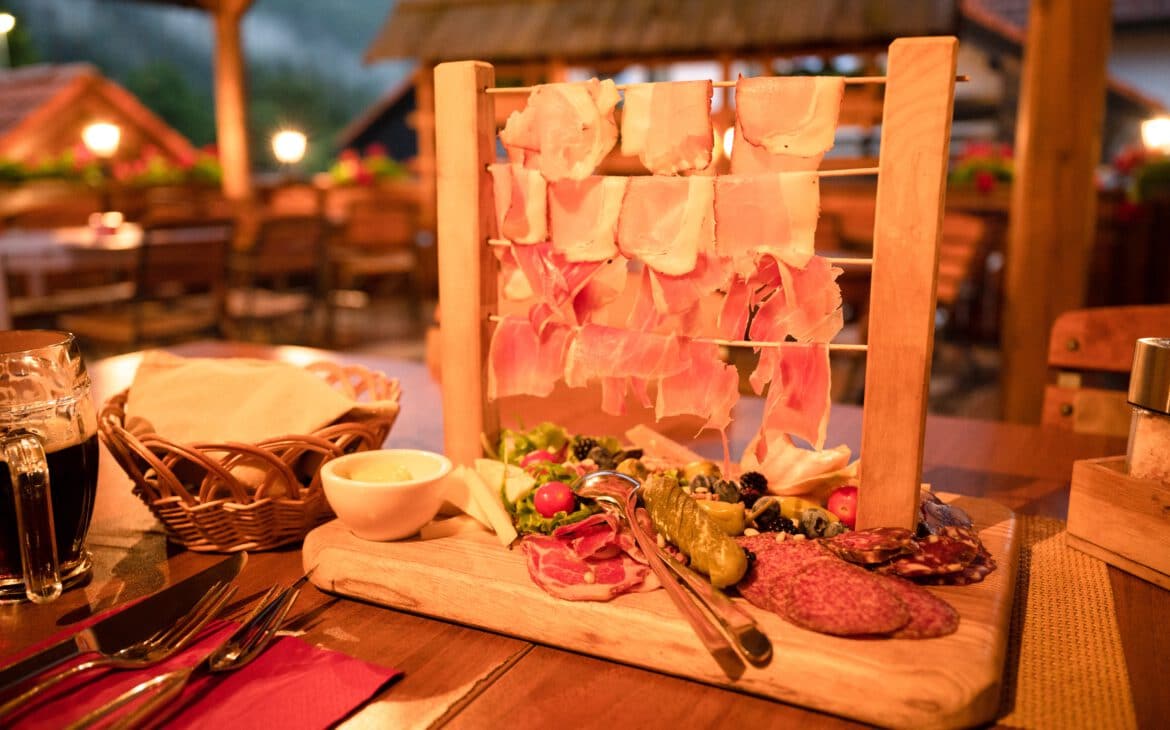
Thus strengthened and well rested, we set off into the forest at 6:30 the next morning. Our destination is a large waterfall in the nearby mountain massif. Due to the early hour, we do not meet any other people on our partly adventurous, narrow and dangerous path. For the first time we notice how blue the water is here in Slovenia – even though there was heavy rainfall the night before.
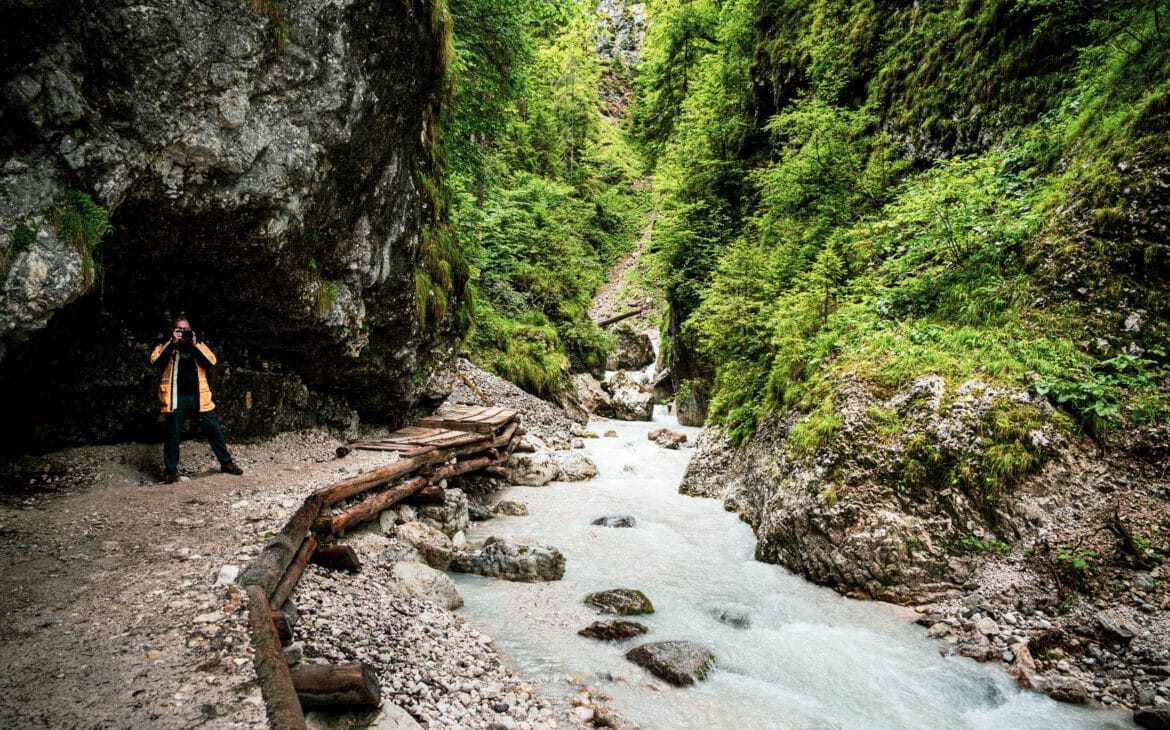
The path to the waterfall leads over wooden paths, riverbeds, steep stairs and boulders. Not easy with two very active French bulldogs. Even though we were afraid at times that we would be hit by falling rocks or slip off the path, the climb to the waterfall was worth it. Just as we arrived, the sun came out and bathed the mountain, forest and water in a warm morning light.
Around noon we continue to Jasna Lake, which is also nearby. Again, clear blue water awaits us. So blue that you constantly feel the urge to go swimming or to drink something from it.
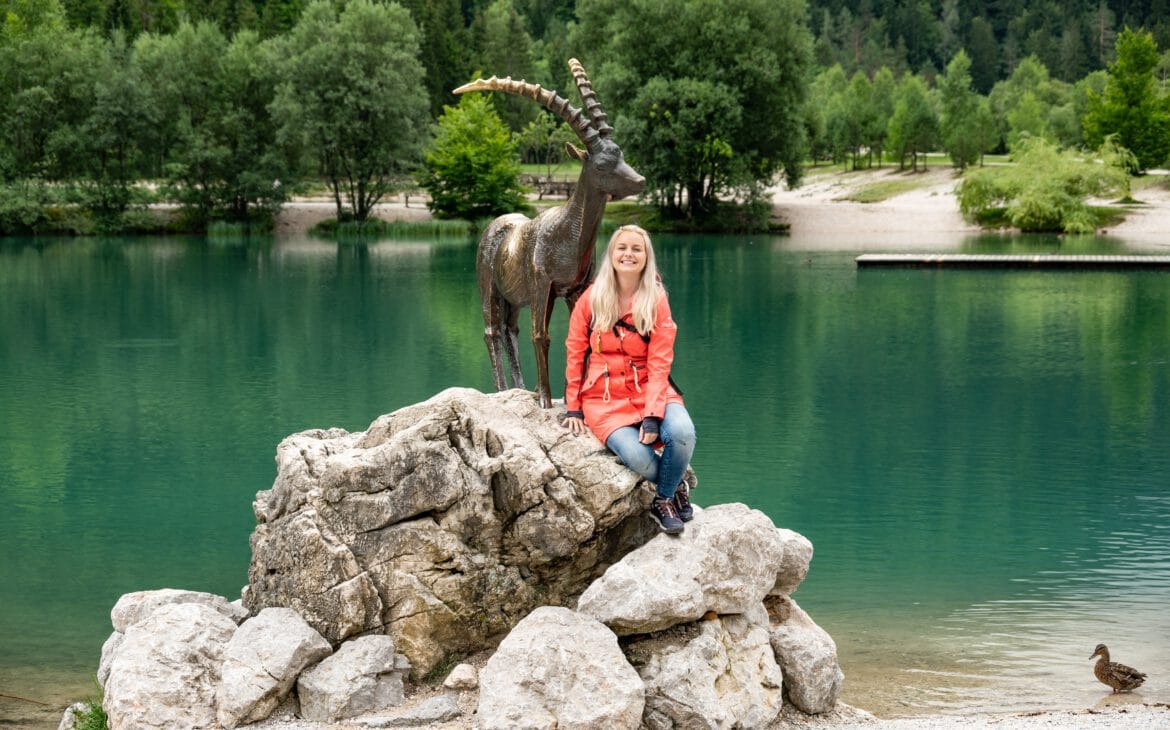
On one side of Lake Jasna we find restoration in the form of a bar and a small snack restaurant. The other sides of the lake are not covered with buildings, so we have a fantastic panorama of the lake and the mountains while we eat our burgers and drink a gin. A healthy amount of tourism-centricity in my eyes.
Lake Bled & Radovljica
We were a bit at war with Lake Bled. It all started with the fact that the camping site “Camping Bled“, directly on the lake, was fully booked. We found our pitch a little outside, at the “River Camping” campsite.
From here we took a taxi to the west side of the lake and walked eastwards along the lower side of the lake. The lake, the clear water, the island and the castle in the background are beautiful – no doubt about it. However, halfway we would have liked to stop somewhere for a glass of wine. But the gastronomic offer was limited. It was not until we reached the eastern side of Lake Bled that we stopped off at the quiet little “Caffe Peglez’n“.
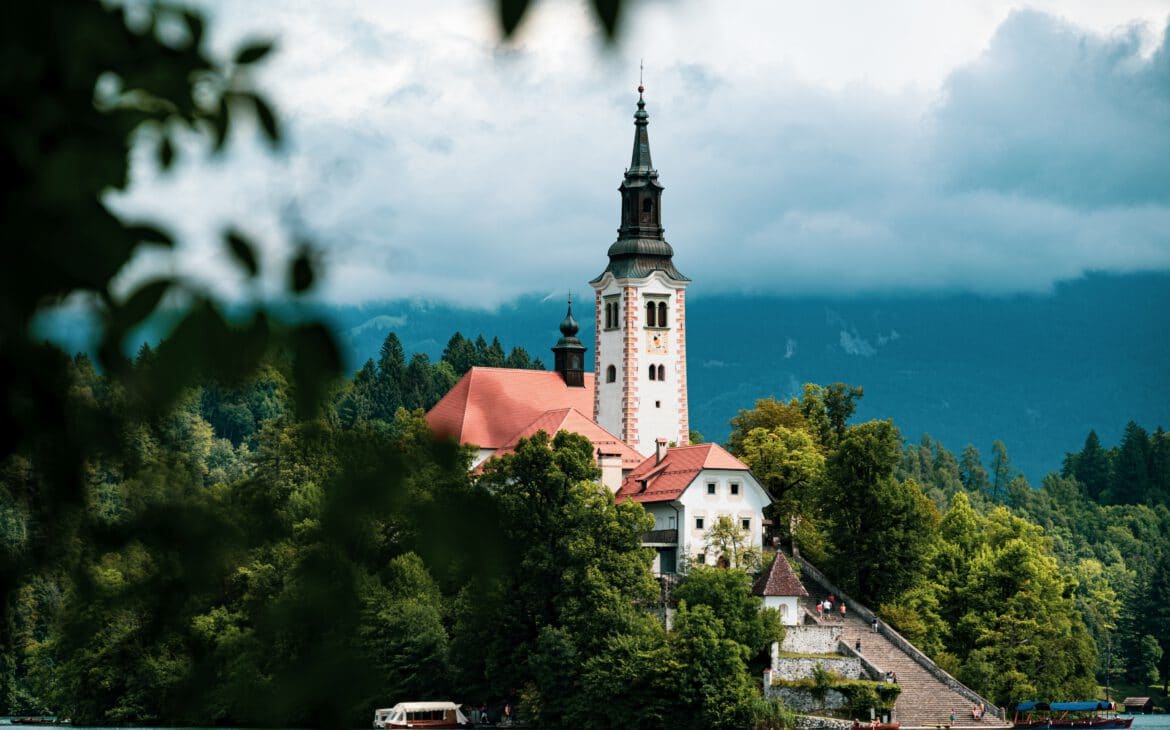
The lake is quite busy, there is a lot of activity on the paths. Its surroundings feel like a “high society spot”. This is also noticeable in the hotels that have been set up and the traffic chaos at lunchtime. If you are looking for a quiet, natural lake for hiking and swimming, we think Lake Bohinj is a better choice.
Our taxi driver gave us a little insider tip, because she lives in Bled’s neighbouring municipality Radovljica. The old town welcomes visitors with small bars and a cute church quarter. We especially liked the ice cream parlour. What we didn’t like so much was a large swarm of bees that had taken up residence at the town hall, but also made the surrounding seating areas unsafe.
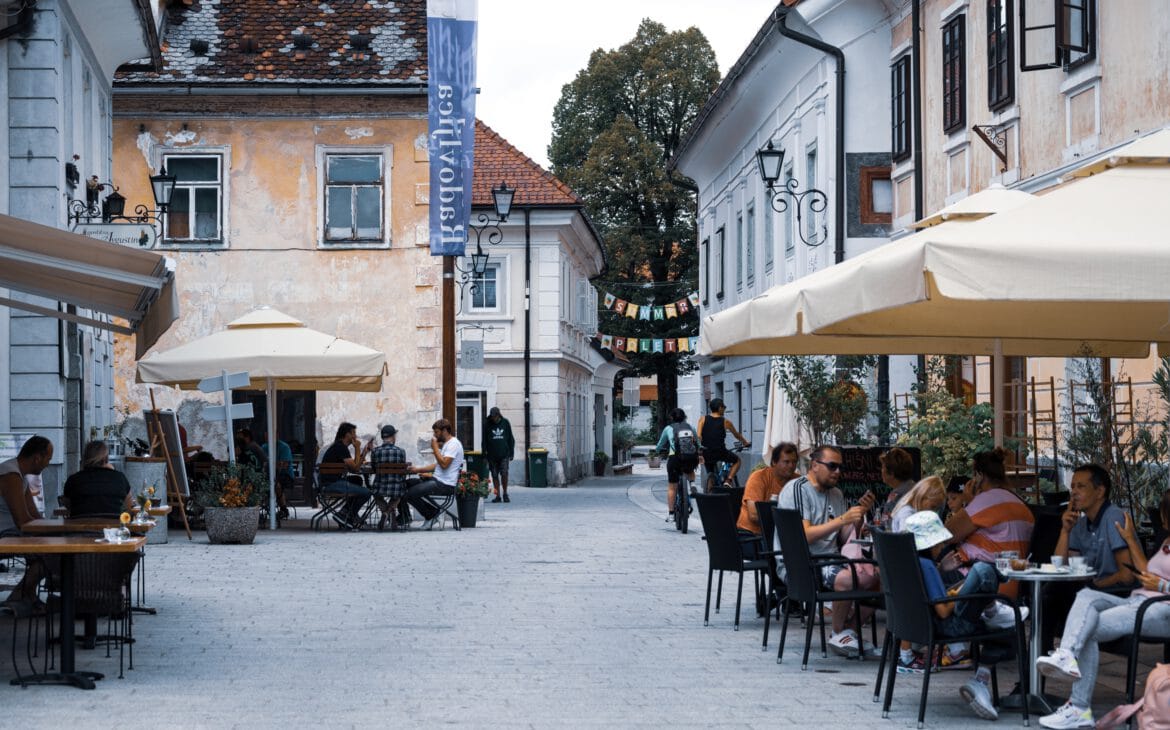
The church has a small hidden museum in an old bunker (the low door of which is a great place to bang your head).
Our local taxi driver recommended the inns “Kunstelj” and “Avguštin“. We stopped at the latter and once again enjoyed the Slovenian cuisine.
Vintgar Gorge
The Vintgar Gorge leads the visitor over boardwalks directly by the river through a beautiful gorge. Along the rushing river we admire the green vegetation and the bluish-green water. The Vintgar Gorge is a place for inner meditation, for pausing and admiring nature and a Mecca for photographers – at least as long as there are no crowds of visitors squeezing along the paths.
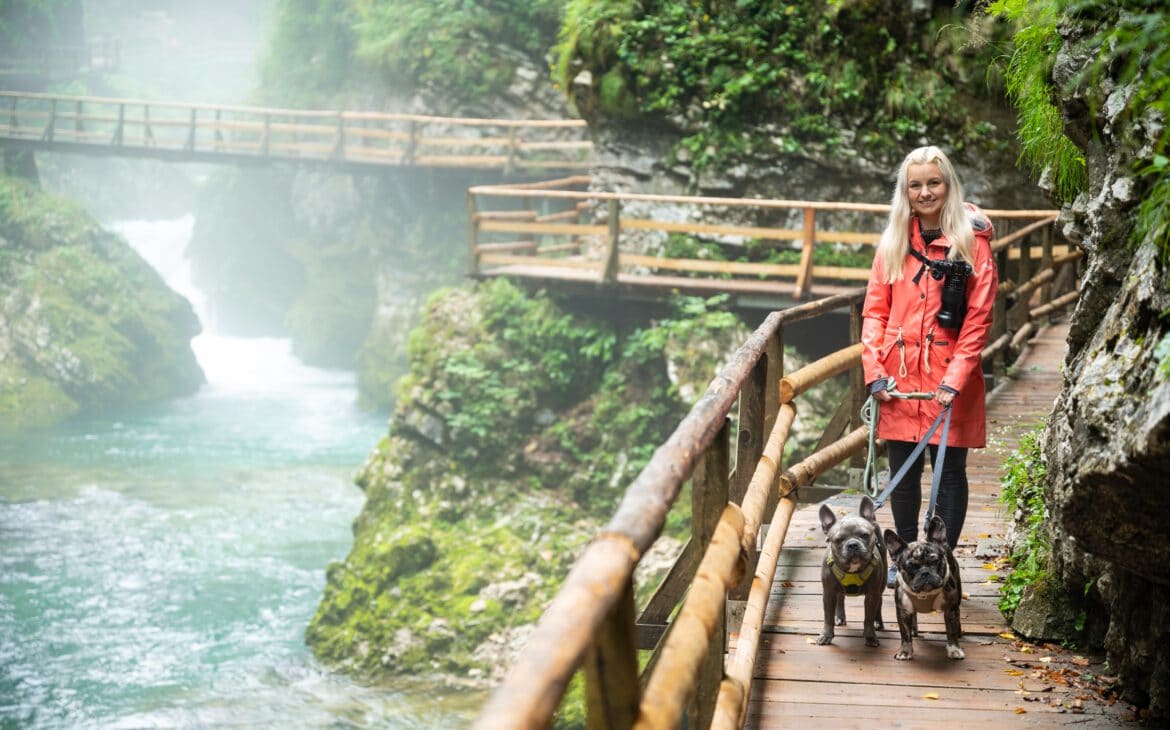
We got up early once again. The gorge opens at 7:30 a.m. and we were the first visitors. This way we had a lot of space, a lot of time for (deserted) photos and also enough room for our dogs. The blue water especially unfolds its effect on photos in a long exposure of 1/12s to 1/8s.
Two waterfalls await us at the end of the gorge. As the gorge is only a one-way street, the way back leads us around the outside of the mountain. Along the way we enjoy flowering mountain meadows, chapels and a fantastic view all the way to Lake Bled. All in all, you should allow about 3 to 4 hours for the entire route.
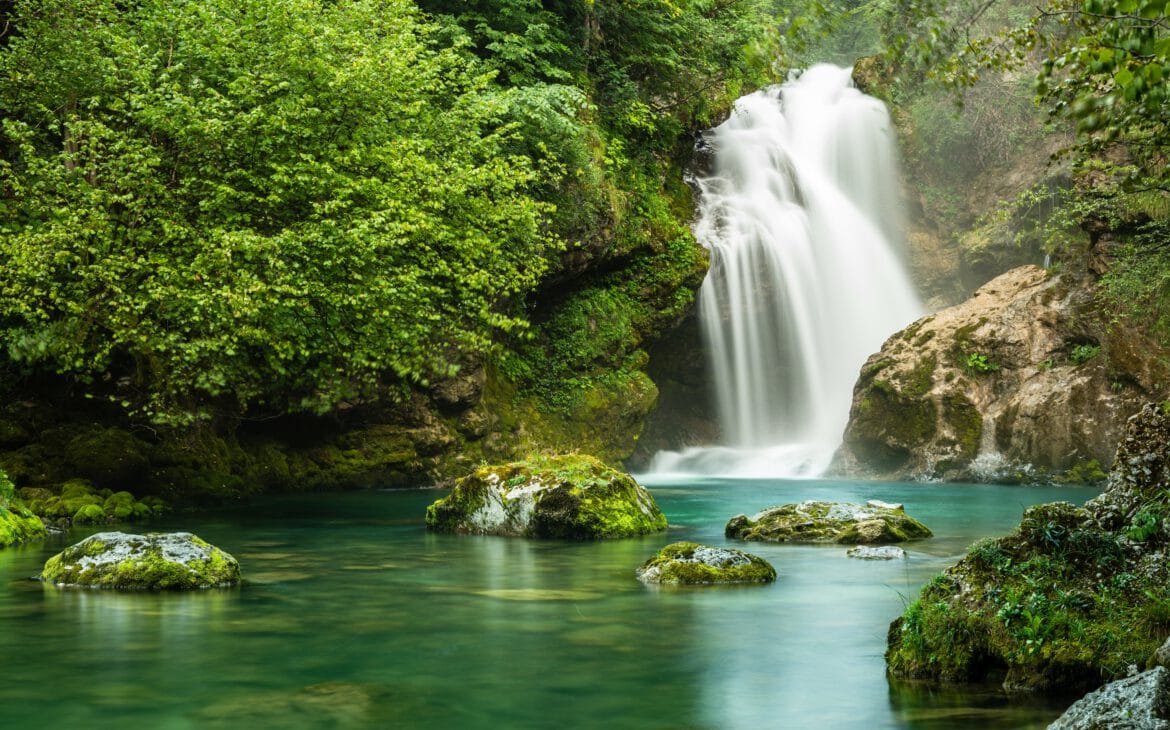
Lake Bohinj
Our taxi driver told us that Slovenians often prefer to go to Lake Bohinj for their bathing holidays rather than to the crowded Lake Bled. And so we also ended up in this great place. Shortly before 11:00 a.m. we arrived at the campsite “Camp Bohinj” – and that was our good fortune.
This campsite follows the “chaos principle” when it comes to allocating pitches. There are no fixed pitches, no reservations, you just find a suitable pitch. This is charming in terms of flexibility and visits without reservations, but it also has its downsides. Unfortunately, there are enough people without decency and education who take advantage of the flexible choice of space and park right in front of your door or in your field of vision without any consideration – also without any consideration for driving paths when leaving.
Greetings at this point to the young couple from Munich who squeezed their rented van between two campers parked directly on the lake (yes, between the green VW bus and the lake) and not only took away their view, but also their seat. That was unparalleled in audacity. Your Austrian neighbour said nobly that you lack sensitivity, I say you are selfish assholes.
To avoid such people, it’s better to make yourself a little “wider” on arrival: move out the furniture, extend the sunshade, park diagonally. That’s not the best way either, but unfortunately it seems to be necessary.
At the campsite there is a small restaurant, covered but open to the sides, with excellent pizzas and local craft beers. If you ask nicely, you can take the glasses and bottles down to the lake or to the campsite. The next day we hired a wooden rowboat to take us to the other side of the lake. Here we found a lovely little bay with warm water, colourful fish life and an ideal swimming spot.
Soča Valley and Kobarid
There are days when you wonder why you didn’t just drive to the hotel. This was one of them. With a length of 7.50 m and a weight of 4.6 tonnes, mountain passes are not much fun anyway, or even cause sweating. Add to that roads that are too narrow, oncoming traffic and no possibilities to evade, and it just becomes even more exhausting. We completed the 68km route from Bohinj to Tolmin in about 4.5 hours with 5 breaks to cool down the brakes. By car, the route takes no more than half that time.
When we arrived in Tolmin, we found that only very remote campsites were still available and there were no taxi companies or suitable bus connections to the nearest sights. As “Plan B” we chose a campsite near Kobarid and the difficult journey was finally rewarded with this jewel of a campsite: With the “Kamp Lazar” we found one of the most beautiful places on our route. Situated directly on the beautiful Soča, the site impressed us with its restaurant, among other things. The site and restaurant terrace are laid out like a ranch. For dinner, a campfire is lit outside, accompanied by the softest and best pork ribs I have ever tasted. Everything here was done with love: the reception, the pitch, the food and also the conversation with the owner Edi. Under this link you can read in the yellow box why he built the campsite Lazar the way he did and what dream he realised with it.
Camp Lazar is an ideal place to start hiking along the Soča. We find real primeval forests, old trees, abandoned farmhouses and old stables. Some of the hiking trails, however, turn out to be a challenge for man and dog that should not be underestimated.
Not far from the camp there is another gorge, at the end of which a magnificent, light-flooded waterfall awaits the visitor in an underground limestone cave. Here at the “Kozjak Fall“, you once again feel the urge to go into this wonderful water or to drink from the streams.
A greeting at this point to Susanne and Maik from the blog “Maggy-on-Tour“, whom we had the pleasure to meet in Kamp Lazar. Your stories, your blog and your travel recommendations have inspired us with regard to future travel destinations and our future way of travelling. We had great evenings with you in the restaurant and around the campfire. We wish you all the best for your travels!
Along the Soča to the coast
We first follow the Soča through its valley and reach the picturesque town of “Kanal ob Soči“.
We start the day in a small street café by the village fountain. Because everything here is so wonderfully uncomplicated. The waitress recommended that we buy pastries to go with our coffee at the bakery next door, and we could eat them at her table. While we drink our very good coffee and eat our pastries, the city comes to life. It is Sunday, the sun’s rays are getting warmer, the church bells are ringing. People come out of their houses and chat in the streets. Life is beautiful.
After our morning visit to “Kanal ob Soči” we travel further south to Solkan. Here the largest cantilever stone arch bridge in the world awaits us, over which the Bohinj railway line runs between Jesenice and Gorica: The Solkan Bridge. It was nice to see it, but we weren’t blown away by the bridge – but that may have been due to the hot temperatures. Instead, we stopped at the restaurant “Ošterija Žogica” at the foot of the bridge and had a great afternoon there.
Arriving at the coast near Izola and Porto Roz, we found out that the only 50km long Slovenian coastline is extremely crowded in July and August. There were no free campsites, and parking spaces for the large camper van were scarce. Party people everywhere. After a short search, we found out that the ratings of the (expensive) campsites on the coast were also rather poor: Users reported on drunken brawlers and the very last thing we need on holiday is a party feeling like on Mallorca’s Ballermann beach.
But once again, it is alternative planning that leads us to the real treasures. In the newly discovered app “Camp4Night” we became aware of the pitches at Robivera. The owner Robert runs a winery and a kind of self-catering farm with olive plantation and animals here with his family. This farm is also marketed as a tourist farm with a restaurant.
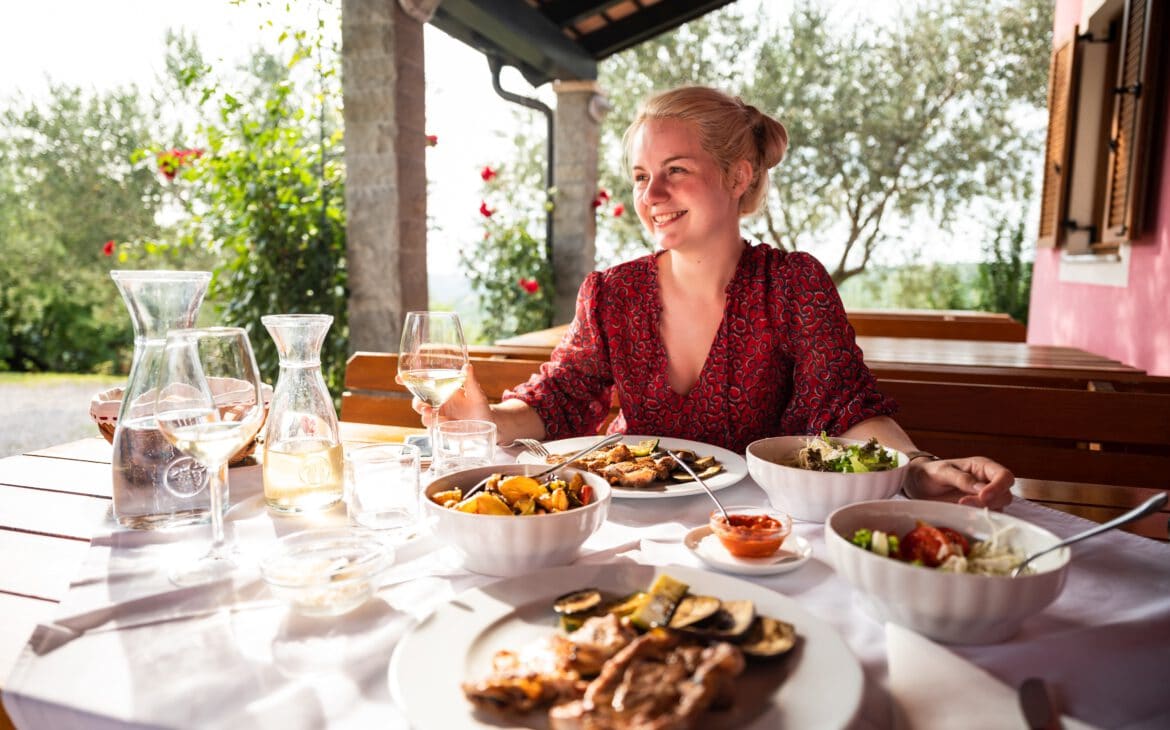
This evening was to be the highlight of our culinary trip to Slovenia and at the same time an experience of hospitality that will certainly remain unparalleled in our lives for a long time to come.
At noon I had already phoned to ask if there was still a pitch available for us. A young female voice answered in perfect English. After our arrival, I went to the main courtyard, because I had to register somewhere. But I didn’t find the right door straight away and didn’t want to barge in impetuously. Then Robert saw me and came towards me. In quite good German he explained to me that we should first arrive and settle ourselves. We should connect our electricity and take in water if necessary. He would join us in a moment, at the moment there was still a closed party for dinner. We used the time to shower and change in the camper van, then there was a knock. Robert and his daughter were standing at our door with a smile. We could come for dinner now, because the big party had left.
We took our seats at one of the three large wooden tables on the veranda. The table was laid with a fresh white tablecloth. Robert and daughter explained that there was no menu, only seasonal food from their own production and of course their own wines.
The salads tasted like grandma used to make in the garden, the tomatoes had an intense, sweet flavour, the meat of the main course was a dream. But the highlight was the starter: Home-made ham on home-made bread and grilled aubergine with olive oil. Michelle actually hates fat in ham or meat. But I swear to God, the fat in this ham was buttery and tasted like heaven. Even Michelle didn’t leave a shred of it.
Through the olive trees flooded with golden light, we watched the sun sink into the sea at the coast.
Around quarter past nine, Robert and his daughter came to our table again. They would soon be closing up and going home and offered to bring us drinks again. When they left, the two of them brought candles to our table so that we would still have a nice time. What a nice gesture. We should just leave the glasses and bottles – just put out the candles.
Then the next morning we got a tour of the wine and ham cellar, bought wines, olive oil and homemade schnapps. Robert gave us a book about the small town and a preserved sauce. Afterwards, we took a short walk through the vineyards.
The mountain town of Štanjel
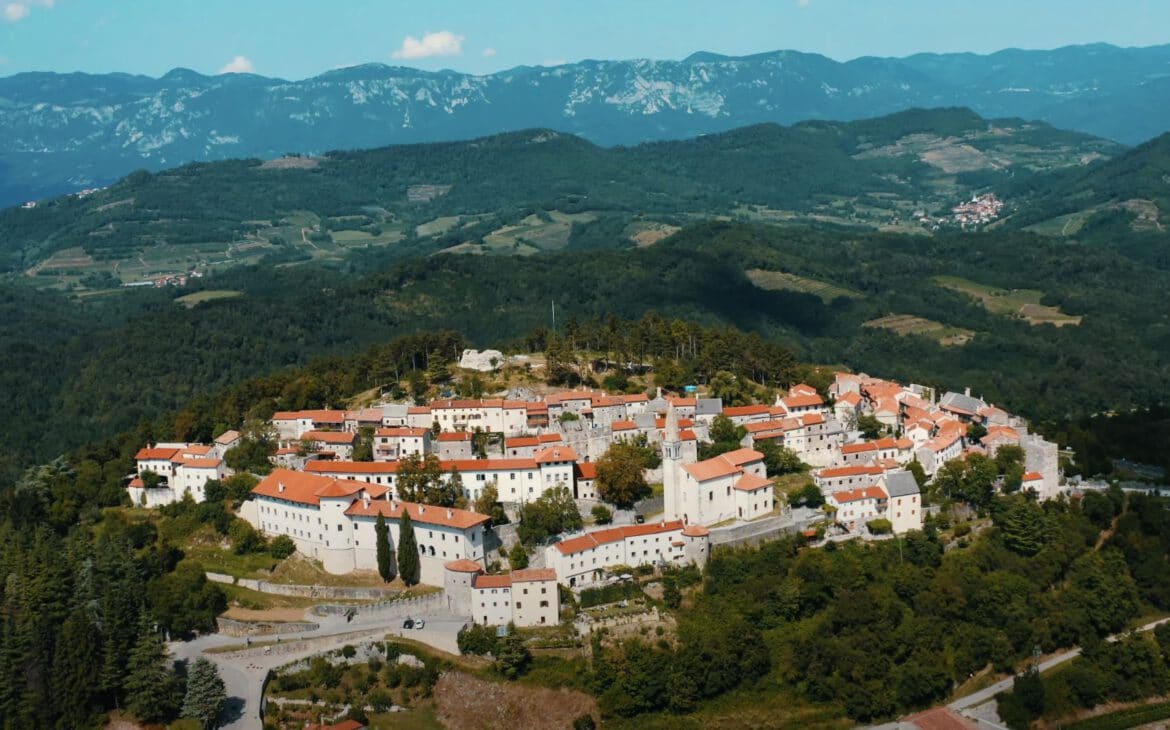
North of the coastal strip is a wine region around the former fortress town of “Štanjel”. The town with its small romantic alleys reminds us of Mont-Saint-Michel in France, but without the mass tourism and cheap, flashing Chinese souvenirs.
With almost 30 degrees in the shade, the climb up the mountain to the castle ruins is quite exhausting. Reason enough to stop at the restaurant “Grad Štanjel” and taste the sparkling wine “Tera”, which is typical for the region. The vine of this special wine grows only on the special red soil of this region. Especially well chilled, it is a great refreshment.
Camping on the farm – Milky Way included
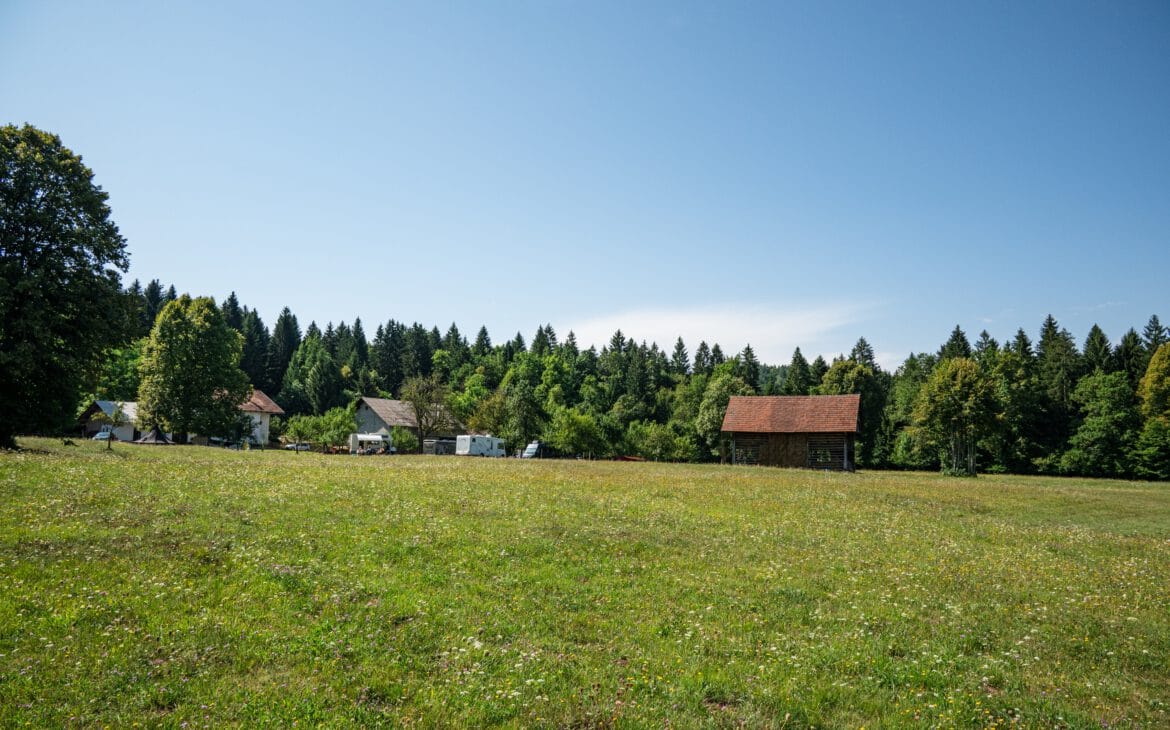
With only 5 other campers and one tent, we spent the night on a rural farm, the “Tekavča Ograda Farm“. Our motorhome stands in the middle of a flowering meadow, chickens run around the car, bees buzz everywhere on the flowers of the meadows. In the evening there is a campfire. That’s right. A campfire at a campsite. Do that on a german North Sea campsite, you’ll be stoned to death.
While we were winding down the evening with Slovenian wine and pickled olives, I had the idea that the old barn would make a great subject for startrail or Milky Way photography – especially since the sky was cloudless. After a short study of the astro-planner in my “Photo Pills” app, a bull’s eye revealed itself: the Milky Way was to become visible directly above the barn at around 4:40 in the morning. I set my alarm clock and prepared my camera and tripod the night before.
Then at 4:20 the alarm clock rang. I got dressed quietly, took a few steps in front of the camper and started setting up and taking the first photos. I felt my way until the result was more or less what I expected. Now I just had to wait until the Milky Way “stood” perfectly above the barn. In the meantime, I watched as thick wisps of mist floated out of the forest across the fields in the distance. It was wonderfully quiet all around and I felt the morning dew on my skin.
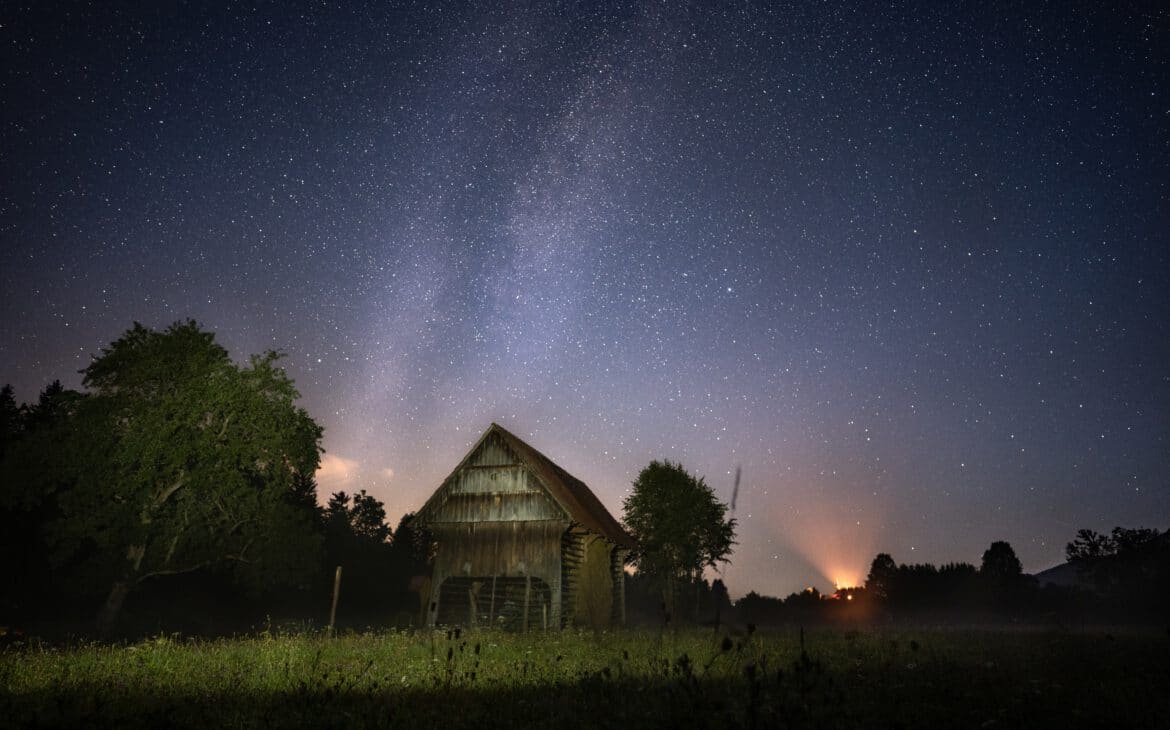
Natural bridges and cave of Rakov Škocjan
Near Rakek we visited the naturally formed stone bridges and a cave in Rakov Škocjan National Park. In August, the river carries little to no water visible on the surface. But when we look at the caves and passages washed into the massive rocks, we can imagine how the river flows here at other times of the year or must have raged many thousands of years ago.
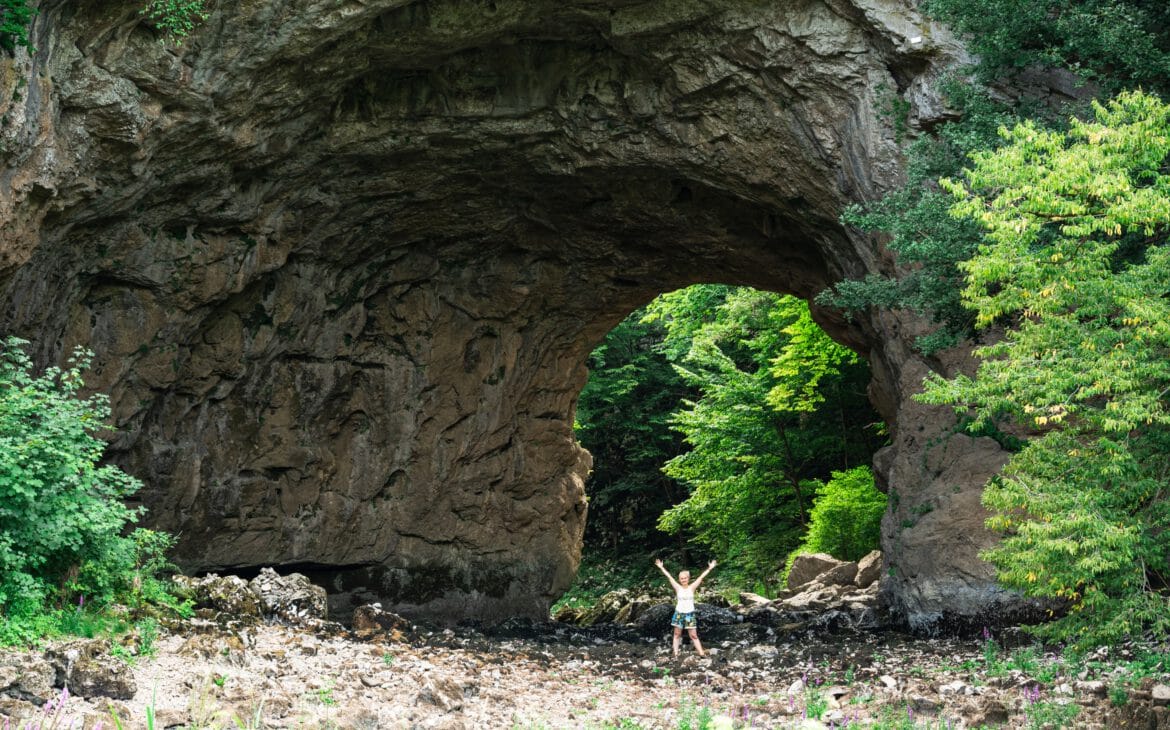
The approach is again somewhat challenging. We reach the car park via partly narrow gravel roads and start our hike. The hiking trails here are poorly signposted, again and again we stray from the right path. On our tour we come to a cave entrance from which you can descend into the Weaver Cave. Warning signs inform that the cave is not part of the official nature trails and that you descend at your own risk.
Sometimes one is careless. Too careless, and so I descend into the cave, hunting for memories and photo opportunities. After 10 metres, the steps end. Scree and steel ropes to hold on to follow. I continue to descend until I finally arrive at a kind of scree ramp that leads deeper into the cave. I start to have doubts about whether it is really worth continuing the descent, but then I try it and involuntarily slide down the scree to the cave floor. Now I was at the bottom. I take some photos, let the drone go up, wonder about a candle burning in the cave and start the ascent. In vain. Three times I slip down again in the scree field. The camera is damaged, I scrape my knees, my hands are hurt. When I reach the bottom again, I look for a big stick. With it I manage to half-crawl my way back up to the stairs. I hadn’t thought it would be like this. Drenched in sweat and exhausted, I survived this adventure. Don’t take this cave lightly!
At some point, in the absence of signposting, we simply follow the road to the highest point of the hiking area, where an old church ruin and its amphibious inhabitants await us. But we wonder where these stone bridges are supposed to be. Only after studying the map on the smartphone do we realise that we are in fact standing on the wide arch of the bridge and have to descend into the valley to see it.
Camping and Bar at “Big Berry”
We wished we had had one more day, then we would have stayed another night here to participate in the night and bar life. It was only when we paid in the morning that we found out that “Big Berry” also has a small beach and a bar in addition to a wonderful view and a river running directly in front of the car.
The site was originally built as a model site for wooden holiday homes and only then was the camping business expanded. To this day, visitors can also rent glamping holiday homes and then visit the bar or the rooftop bar of the main house in the evening while listening to lounge music. Our visit to the bar was only enough for a coffee and a bit of pastry for breakfast due to lack of time.
“Izvir reke Krupe” Waterfall and Lake
At Semič we admire another spring, the resulting river and the surrounding hiking area “Izvir reke Krupe“.
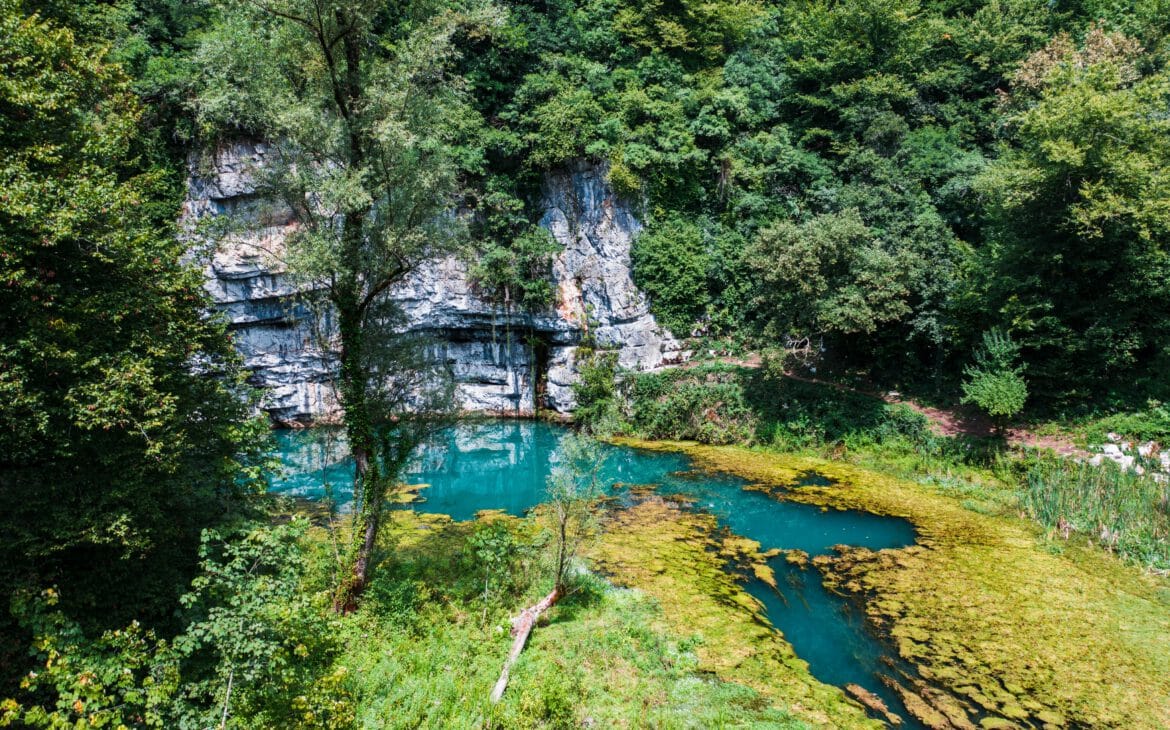
A spring rises under a rock face. The emerging water is dammed to form a small, blue lake and then flows off via smaller basins until it becomes a stately river.
Suspension bridges lead the hiking trail across the river. We discover little wonder worlds of water fern under the river surface. At one point we admire the unfinished work of a beaver – a little more nibbling, then the tree falls, little rodent friend.
The Žalec Beer Fountain
On our way north, we stop in the small town of Žalec.
Admittedly, the town is not particularly worth seeing, apart from the old town and the local beer fountain. We spend the night on one of 4 camper van pitches on a large car park between a hotel and a sports field. The site is not pretty, but the overnight stay is free, even with electricity and supply and disposal. So they are doing something for tourism and seem to know that a beer fountain is only attractive if visitors can also spend the night close by.
First we stop at the Kolodvor pub. We (actually rather our French bulldogs) quickly make friends with the wait staff. They serve super tasty calamari and burgers. Then it’s on to the beer fountain.
The beer fountain is a delicious attraction. We buy two beer mugs with 6 fillings each. With these mugs, we can now tap a beer 6 times each. The whole thing is controlled via an NFC chip stored in the jug.
There is a choice of 6 different local craft beers. One that is reminiscent of an apple juice due to its cloudiness and taste, a craft beer with hemp addition but also more classic beers like dark or India Pale Ales.
The beer fountain is centrally located and surrounded by a well-kept park with old trees. We find a seat in the beach furniture set up there, watch the colourful hustle and bustle at the fountain and sit in the middle of a green oasis in this otherwise rather grey, small city. We would come back any time.
The Jeruzalem wine region
Tourists get their money’s worth in the Jeruzalem wine region. There are inns, wineries with flats, tours through vineyards and much more. The sunsets bathe the vineyards in a warm, soft light.
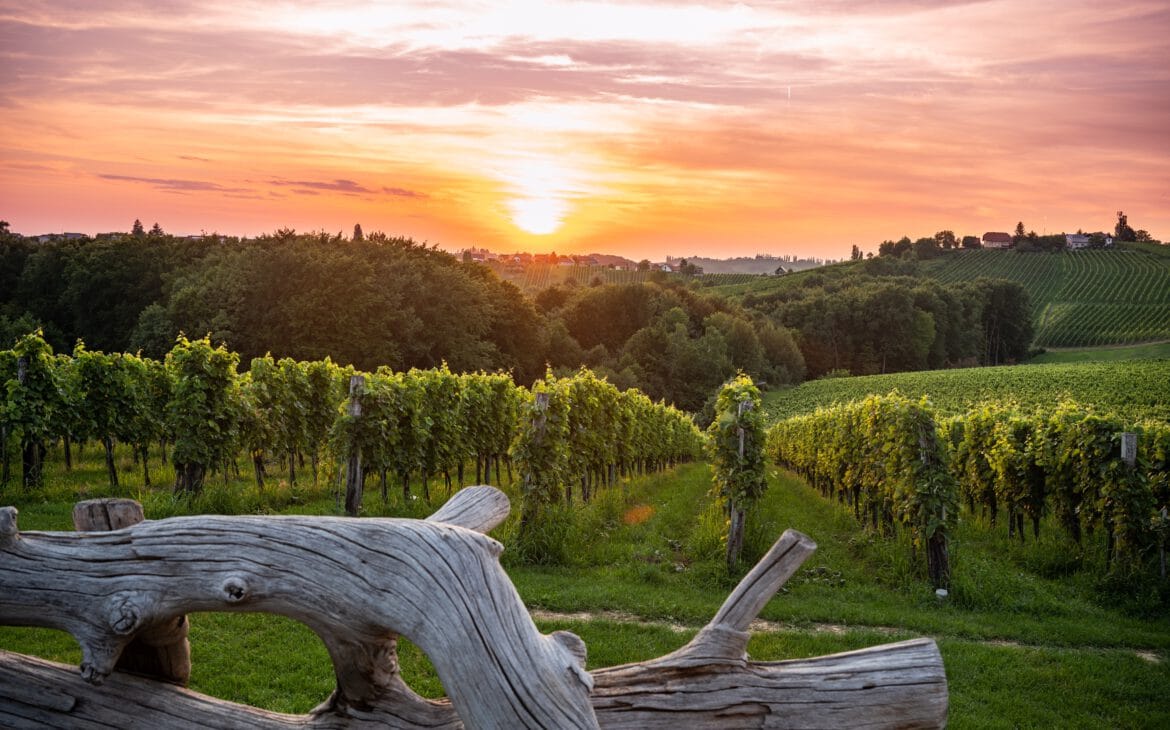
For lunch we enjoy a small cheese platter and local vegetables at the restaurant “Vinski hram Brenholc Jeruzalem“. The view from our table is breathtaking, the cheeses stunning. I am not a fan of the exponential use of superlatives, but here I have to use them deliberately to make clear how good this meal tasted.
Once again, we have to thank the “Park4Night” app for this evening’s pitch. The winery “Vinska Klet Puklavec” offers four camper pitches right next to the main house. Great view over the vineyards, great food in the evening. We take it easy, lie down in the deckchairs provided, edit the first photos, drink local Šipon and Muskat Ottonel.
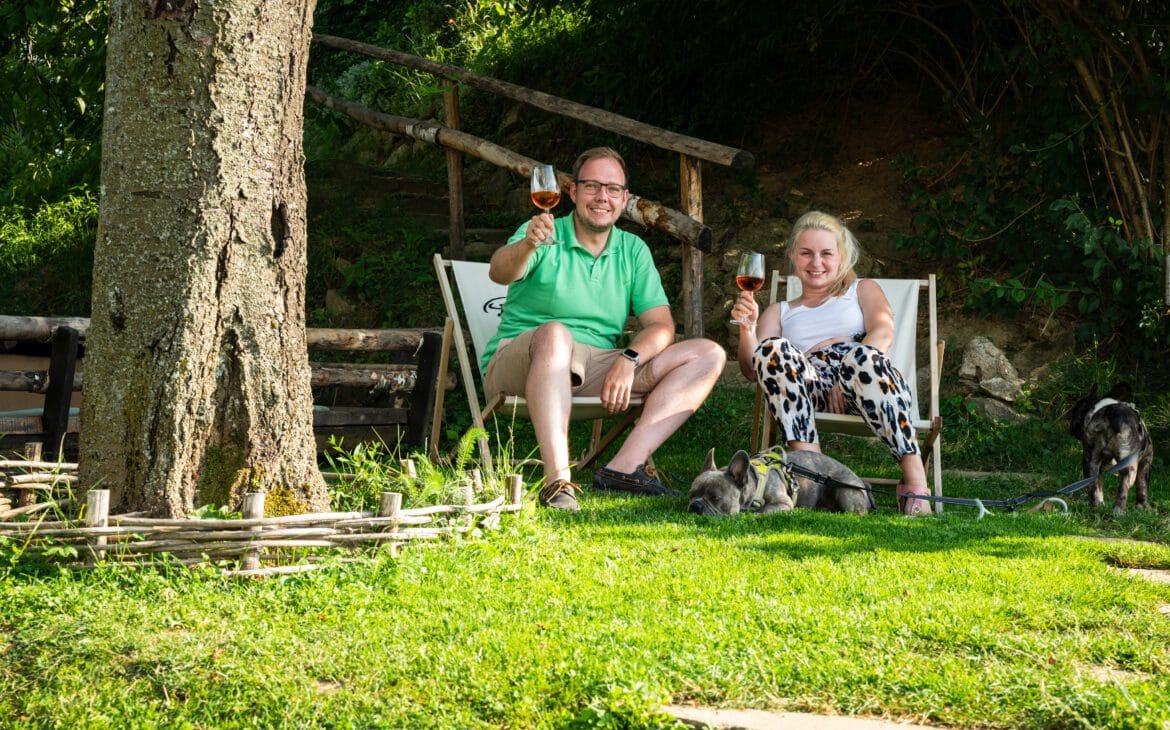
Here we learn why the vegetables taste so good: There are no imported products here. Restaurants are required by law to buy and use local produce. This ensures that it is worthwhile for local farmers to offer high-quality goods. As a true advocate of the free market economy, I unfortunately have to admit that the market obviously doesn’t regulate everything on its own. German supermarket tomatoes simply cannot compete.
From Maribor back via the Herzerl road
At the end of our trip we visited Maribor. The city attracts with an old town and a large bar and pub scene. In addition to the spruced-up corners of the city, there is also the dirty, somewhat dodgy Maribor. The visit reminds us of Prague, and we can imagine that these not-so-chic corners can certainly unfold their charm in the nightlife at dusk. It’s just that with temperatures of over 30 degrees in the small streets, we don’t really want to get into the evening mood.
A small café that we really wanted to visit seems not to have survived the Corona pandemic. Instead, we drink a last Slovenian Šipon by the Drava, but then flee from the wasps, which for some reason like to fly behind my glasses and at my eyes.
Our last stop in Slovenia is the Herzerl road. This lies directly on the Slovenian-Austrian border. A road through a vineyard forms – viewed from the right angle – a heart on the Slovenian side of the border.
It’s a nice picture to end with this blog, because we fell in love with Slovenia: with the people, the hospitality, the down-to-earth way of life and the nature. Slovenia, we will be back. For sure. Maybe with a smaller vehicle, maybe with a Defender with a roof tent.
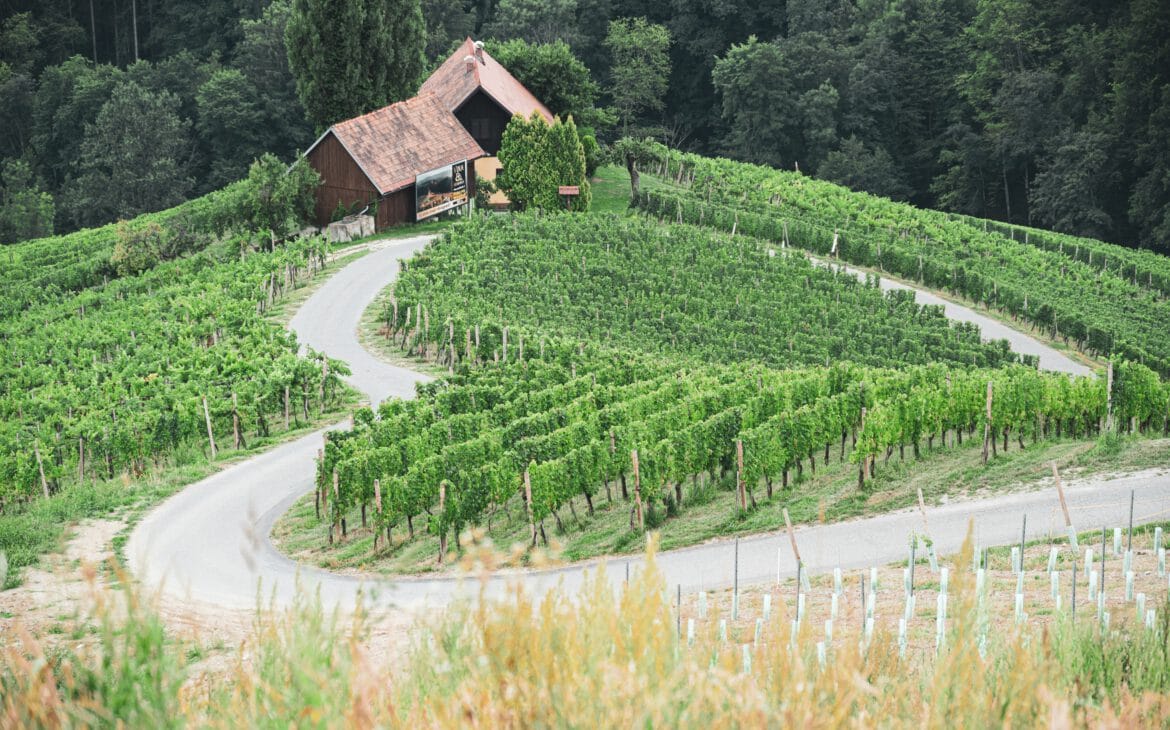
Here is our travel report on Youtube!
Ihre Daten werden erst beim Abspielen des Youtube-Videos an den Dienst übermittelt. Your data will only be transmitted to the service when you play the Youtube video.
Our photography equipment
Our photos and videos were taken with the following cameras, lenses and accessories.
Nikon Z6II mirrorless full-frame camera (*)
Lens Nikon Nikkor Z 24-70mm 2.8 (*)
Lens Nikon Nikkor Z 20mm 1.8 S (*)
Lens Nikon Nikkor Z 24-200mm 1:4.0-6.3 VR (*)
Photo editing on iPad Pro with Adobe Creative Cloud Photo Subscription with Lightroom (*)
Travel tripod Rollei Compact Traveller No. 1 Carbon (*)
Camera support system Peak Design Capture Clip (*)
* All links marked with an asterisk are Amazon affiliate links.
